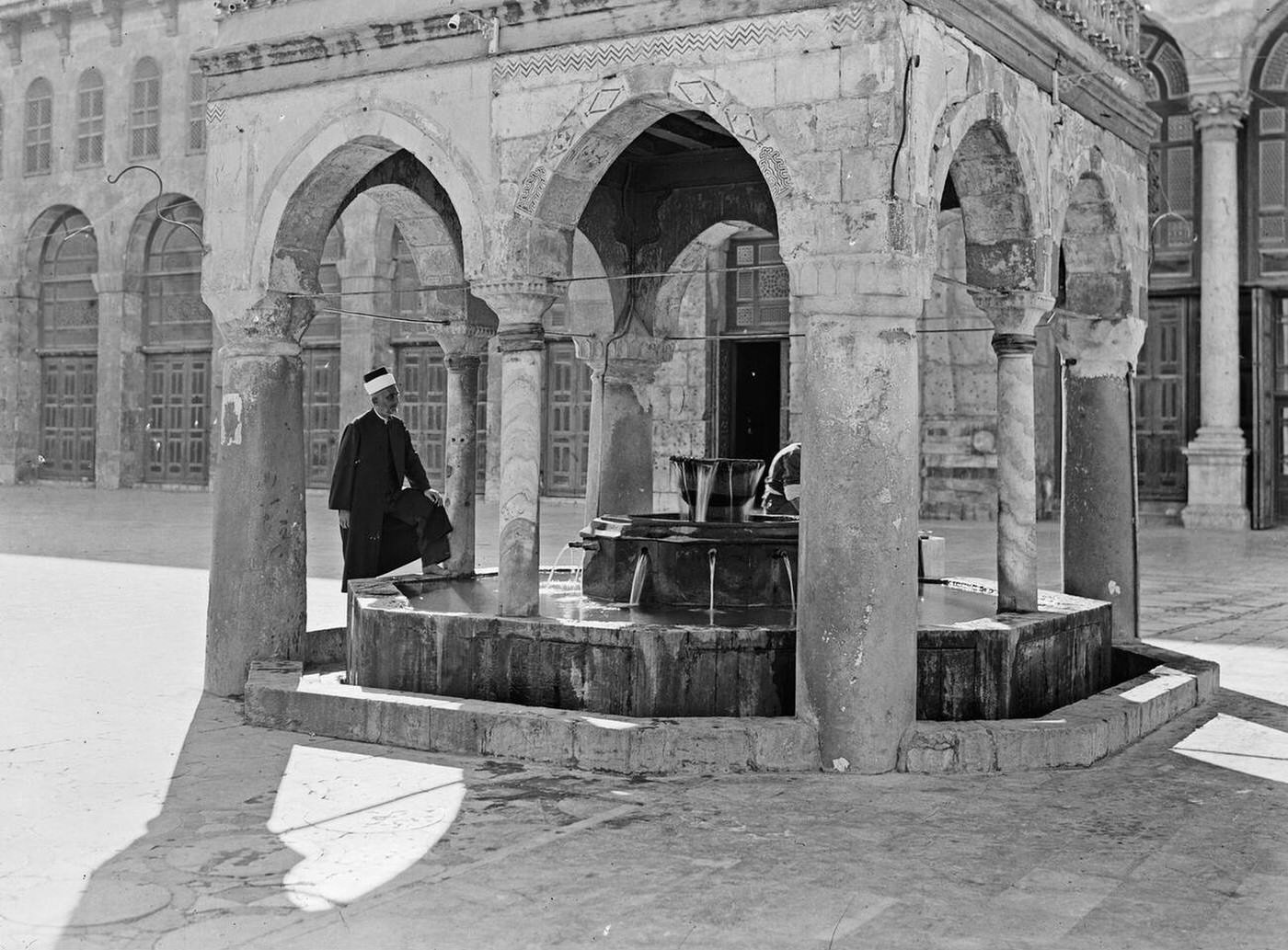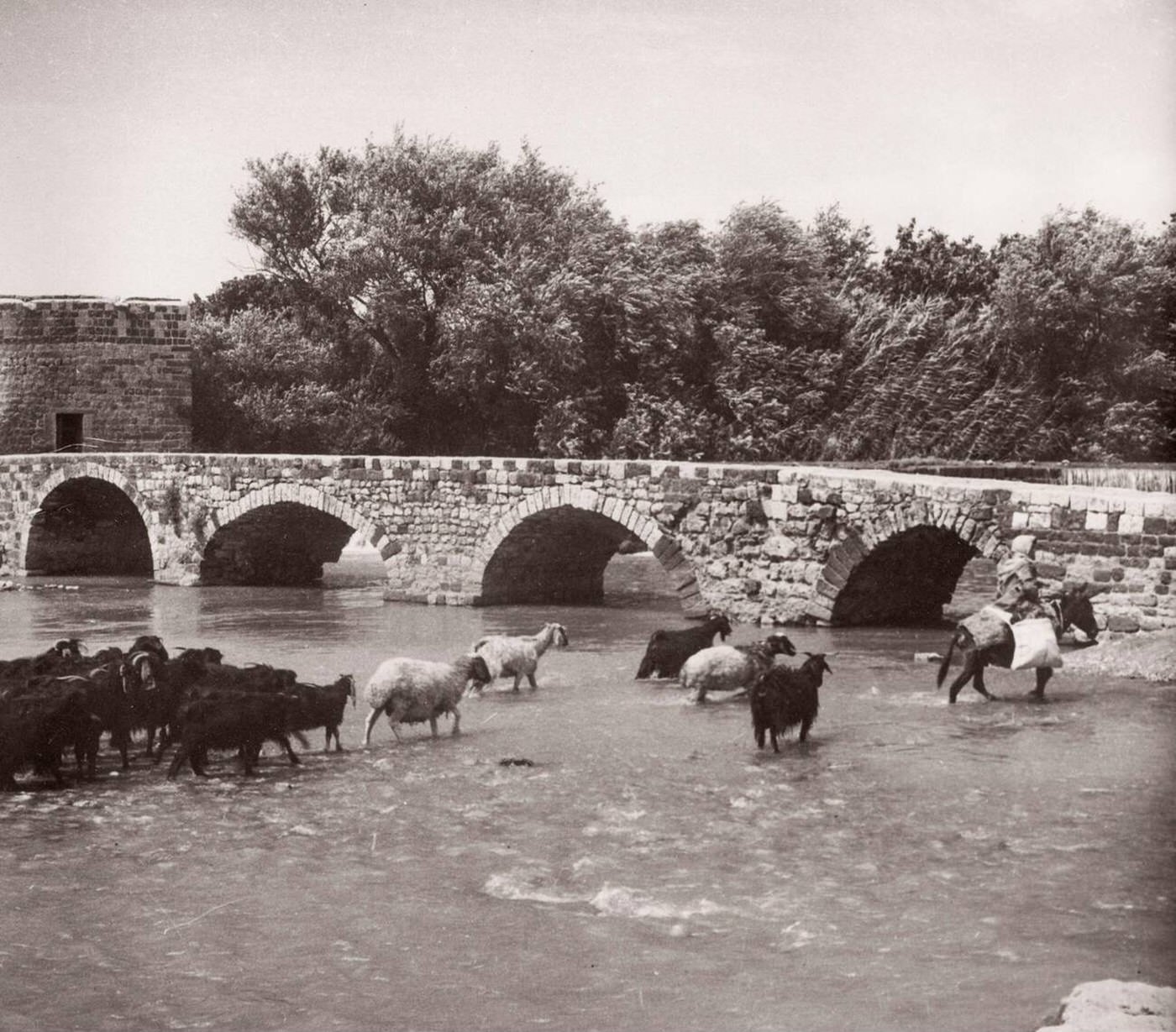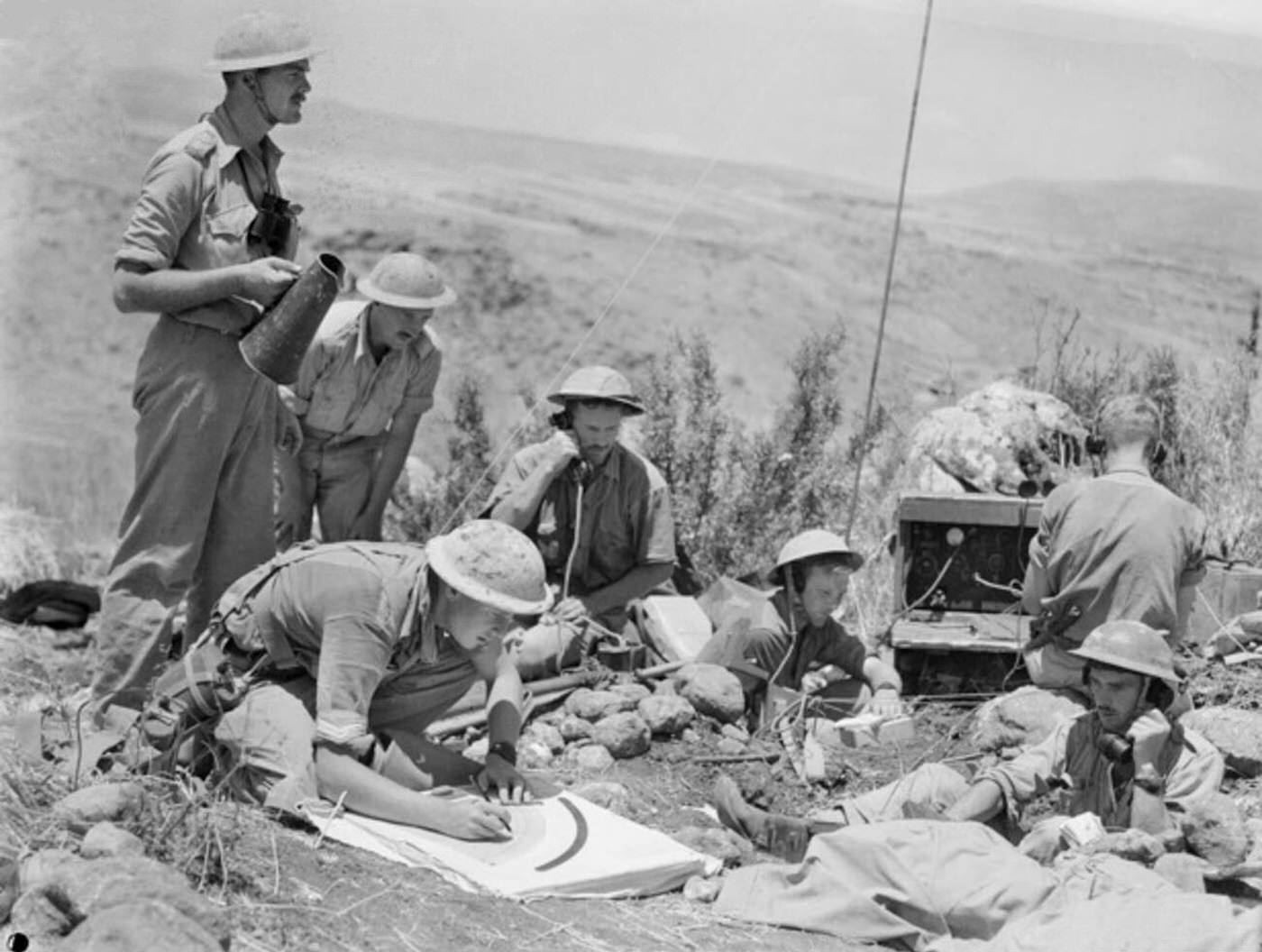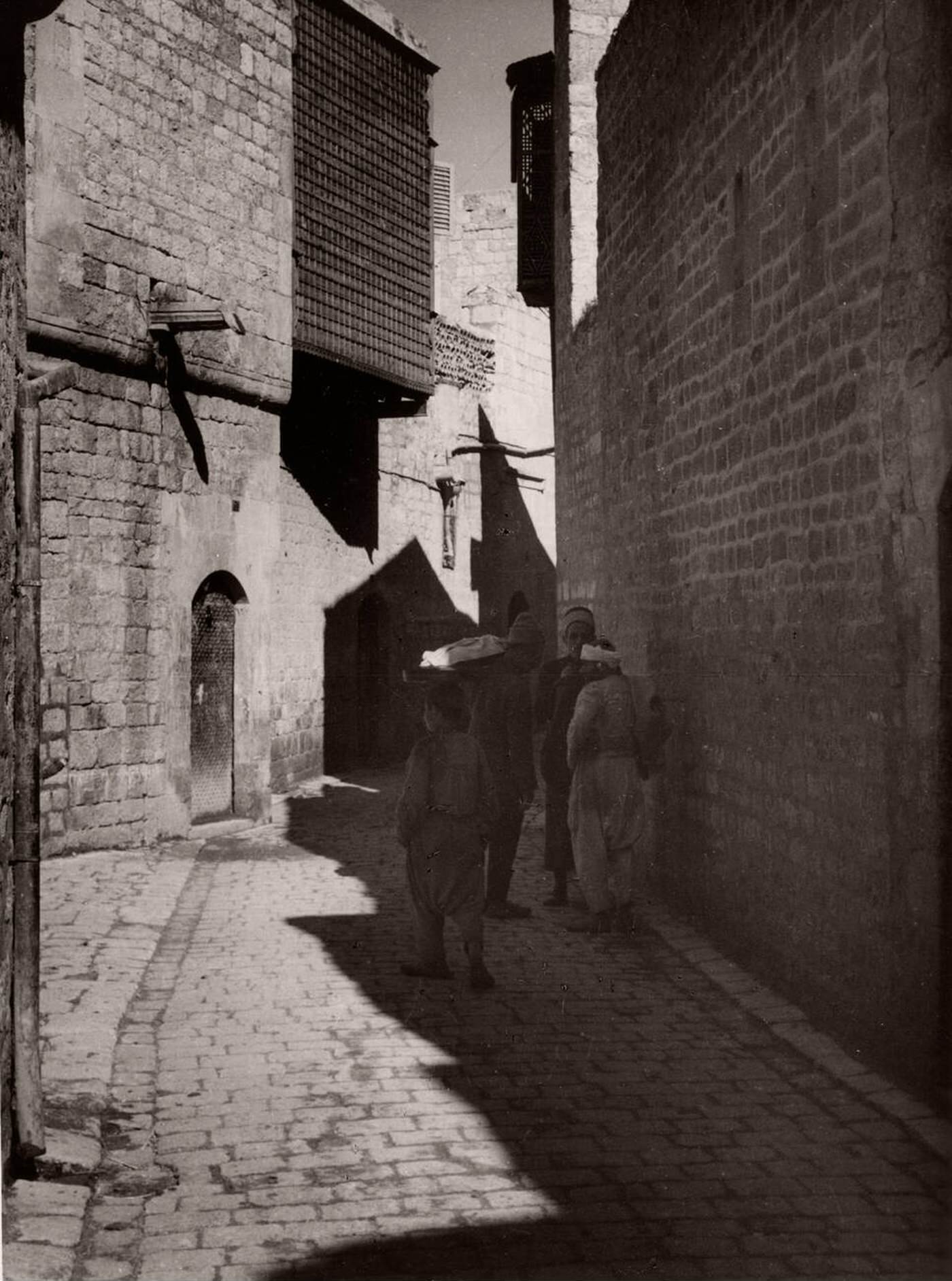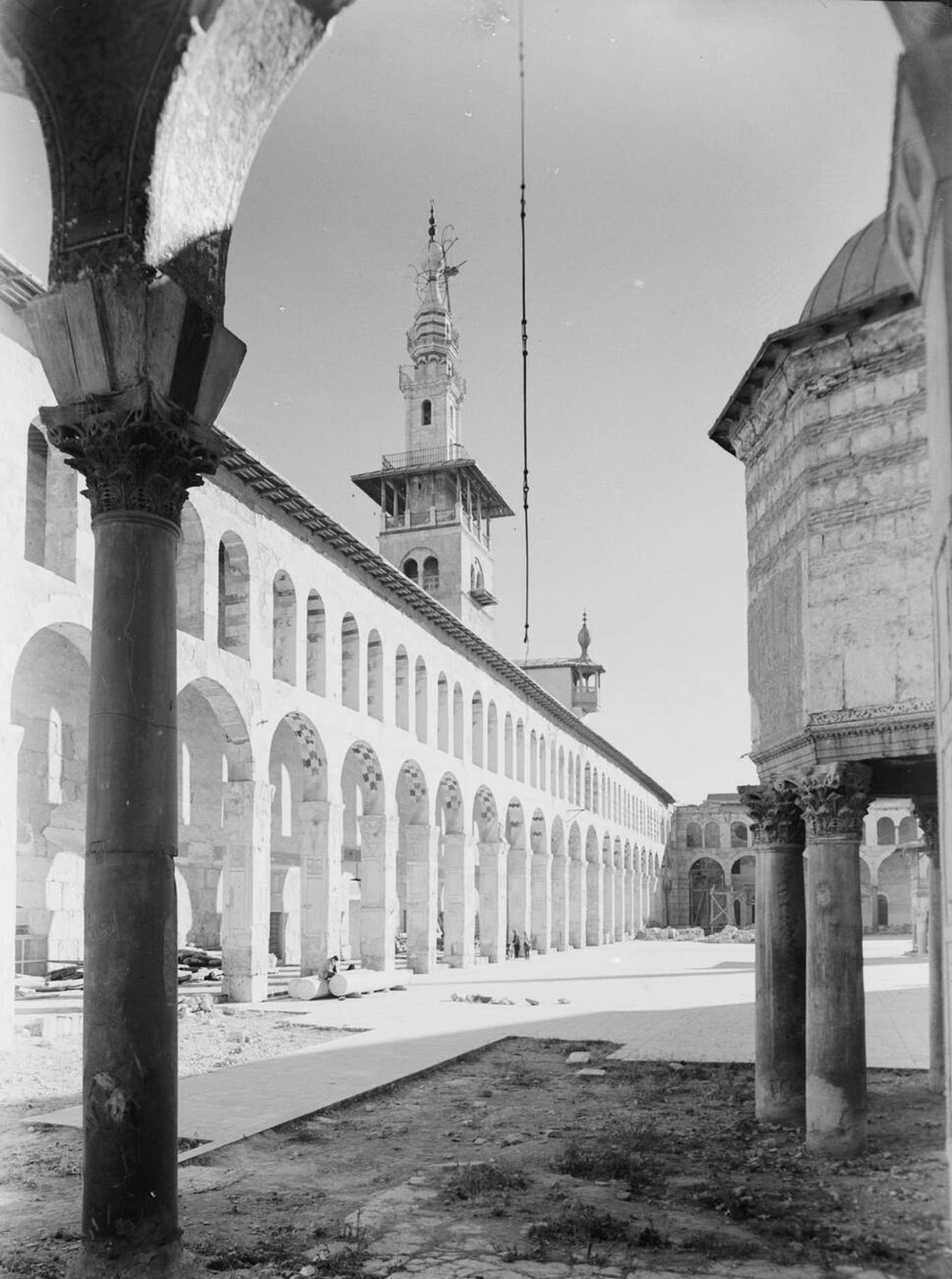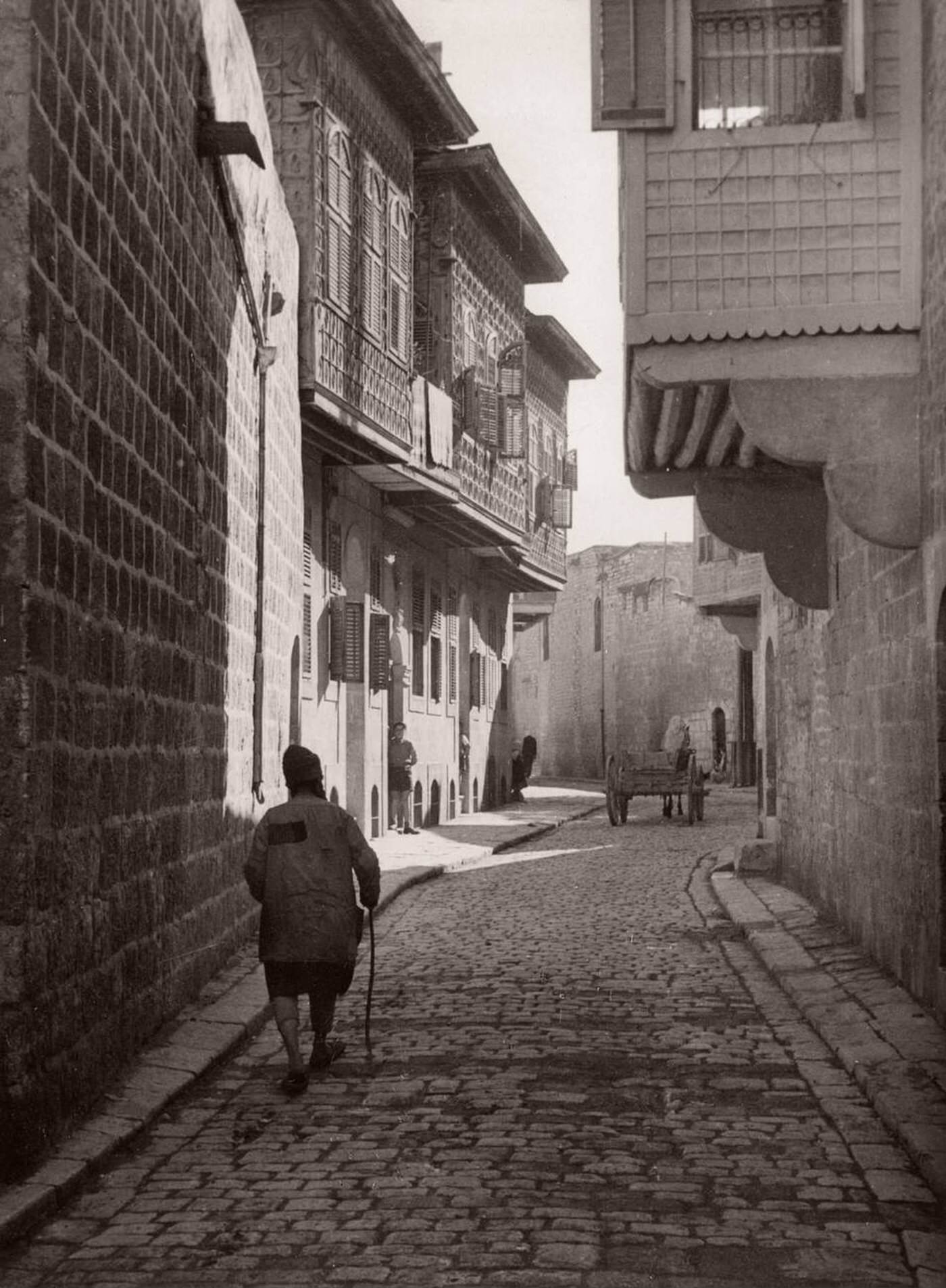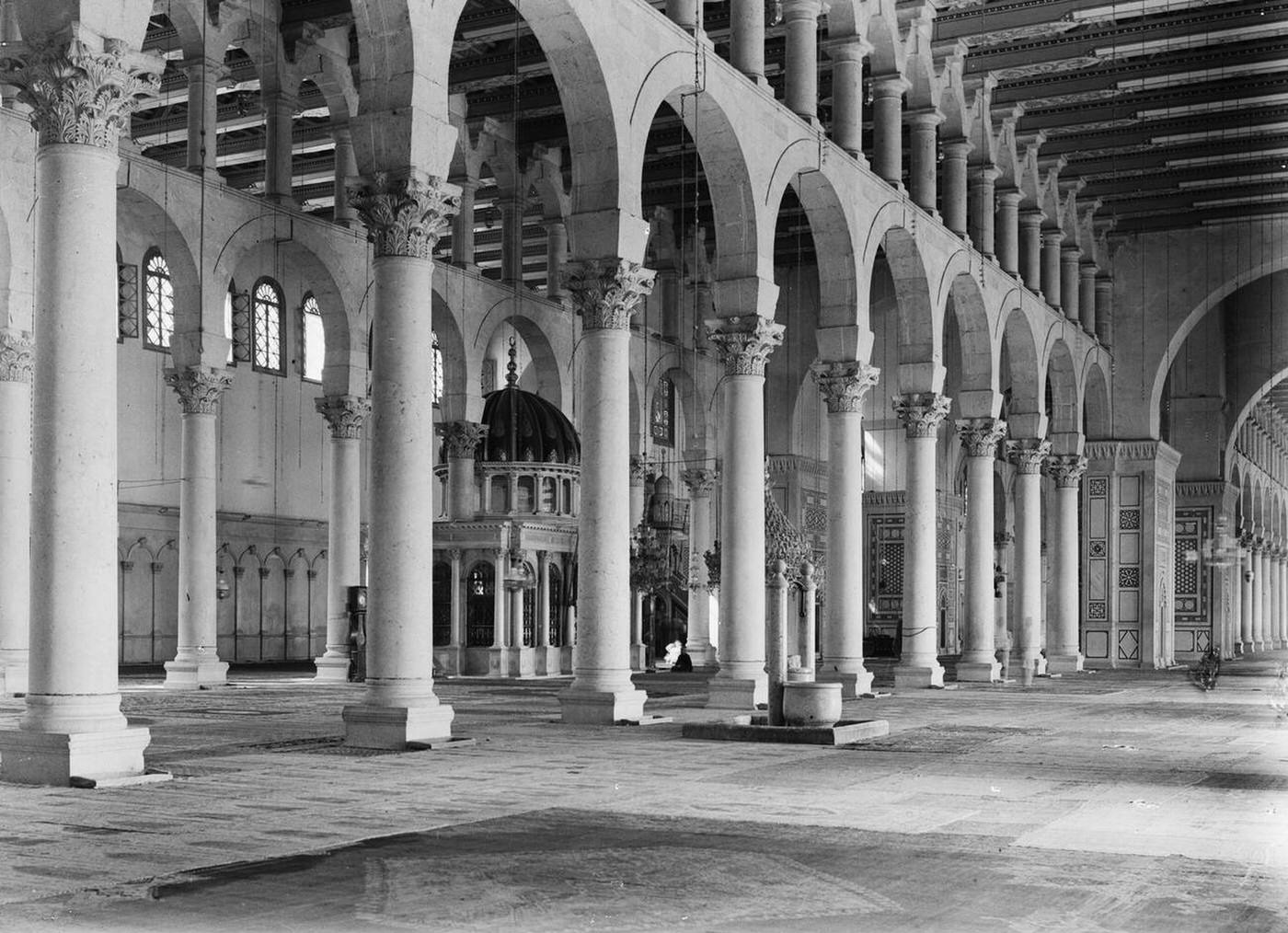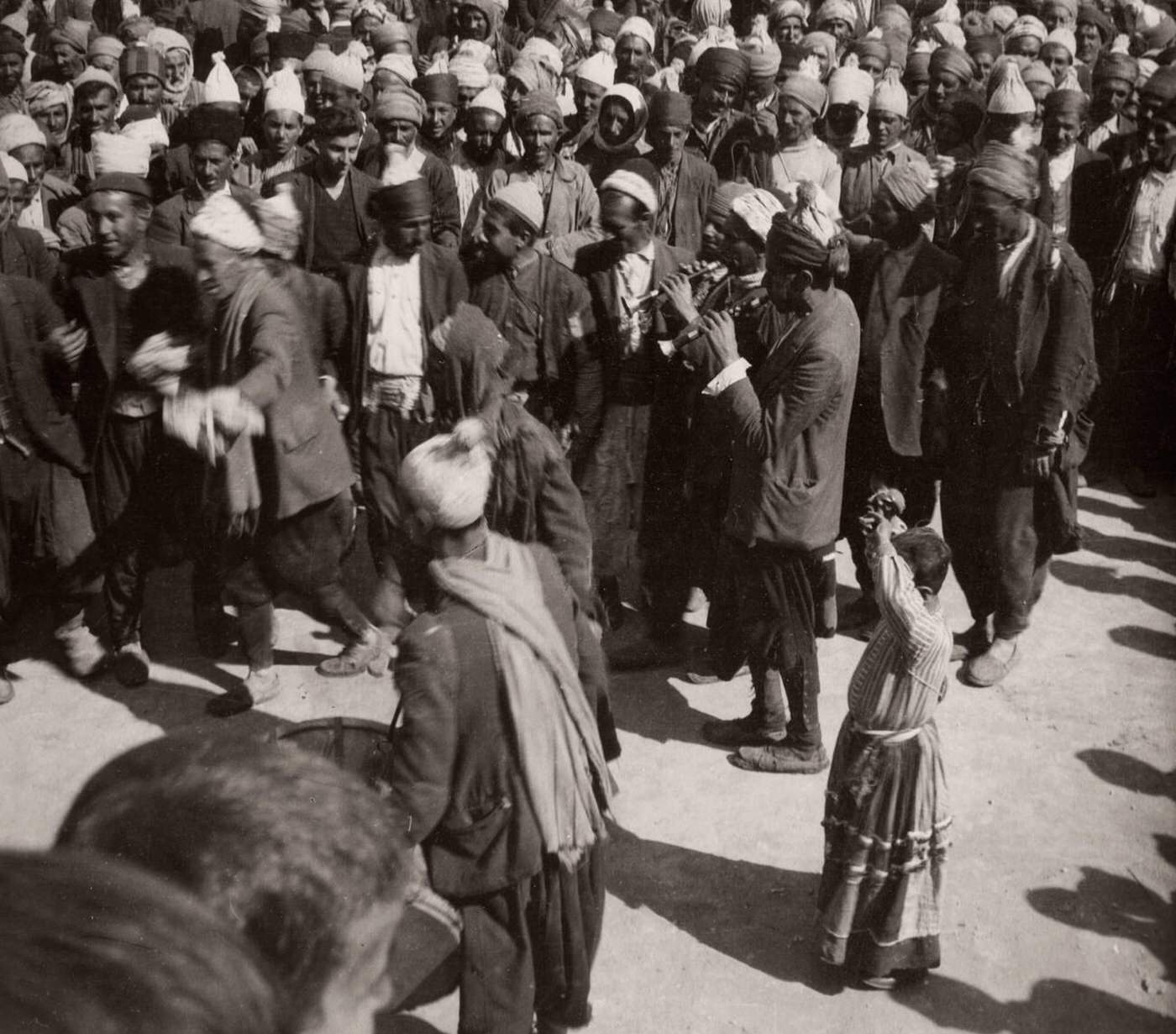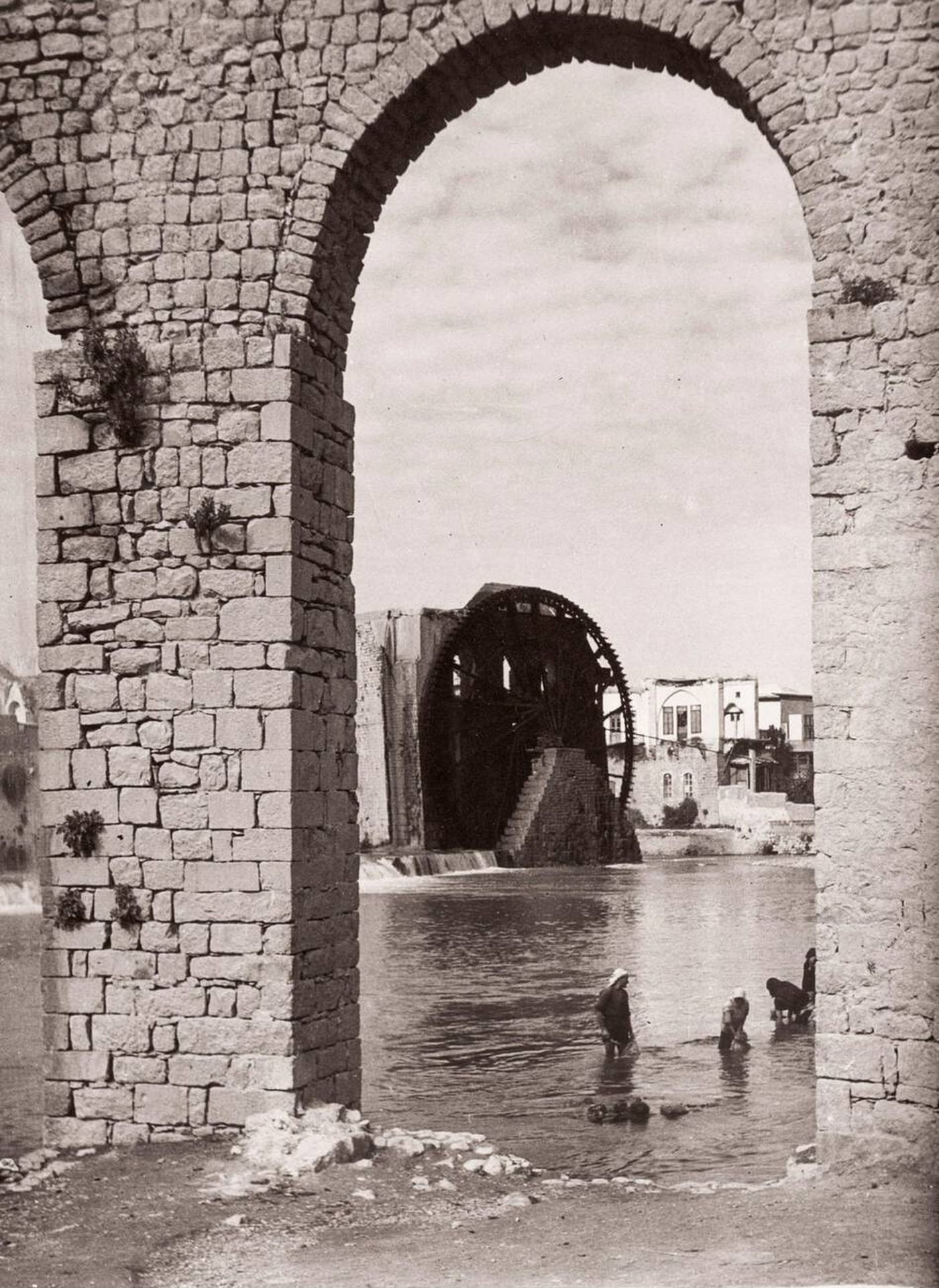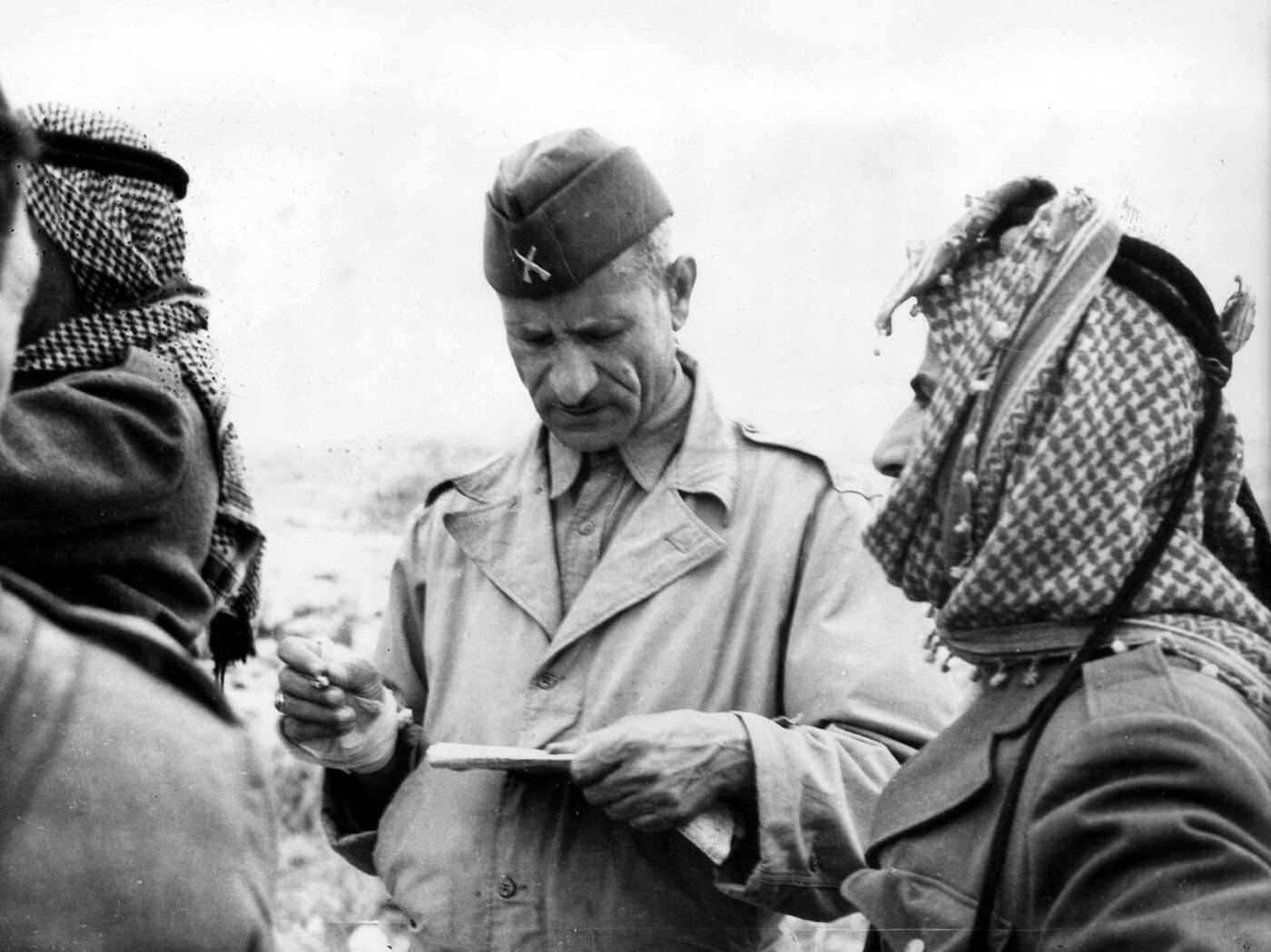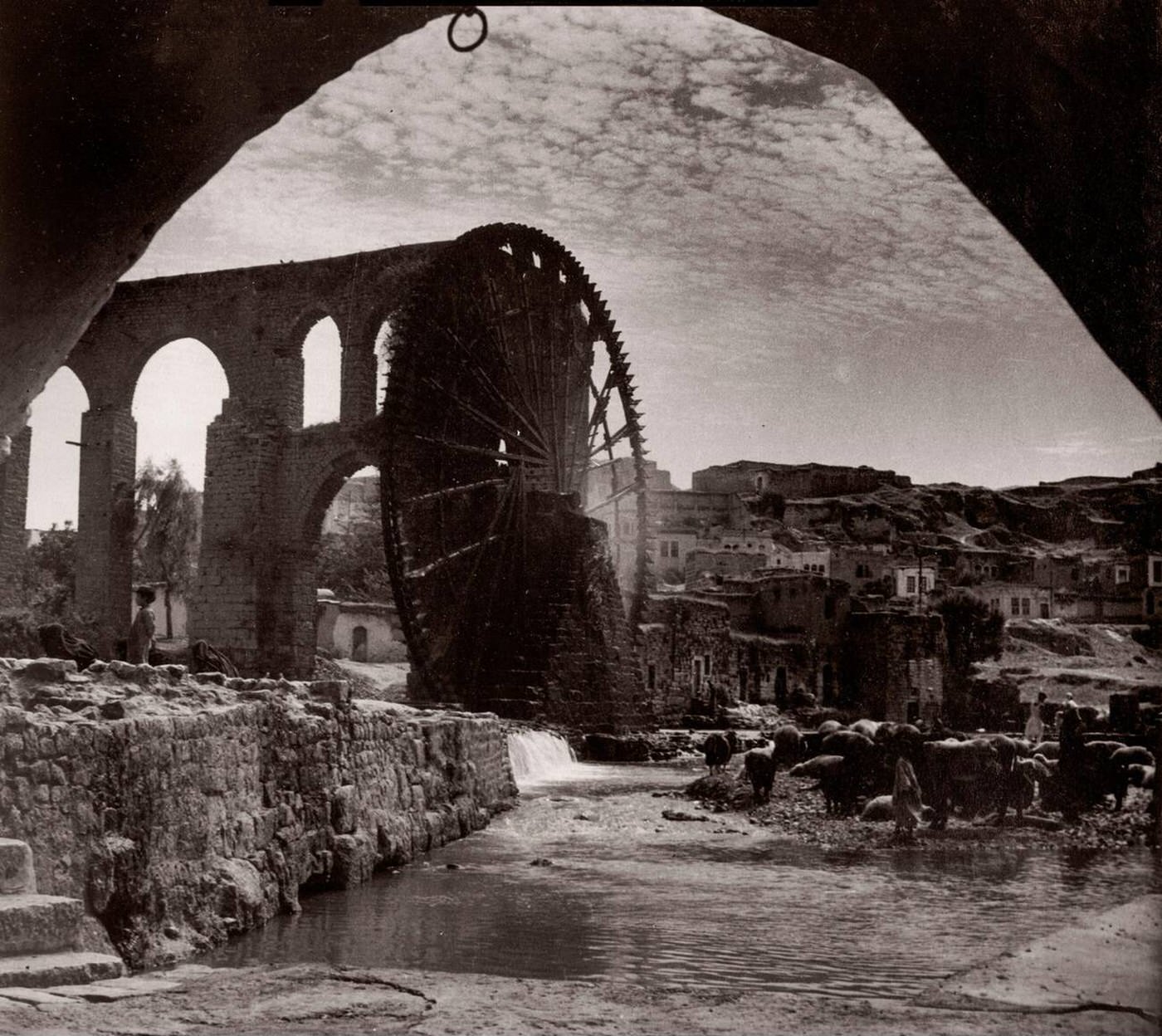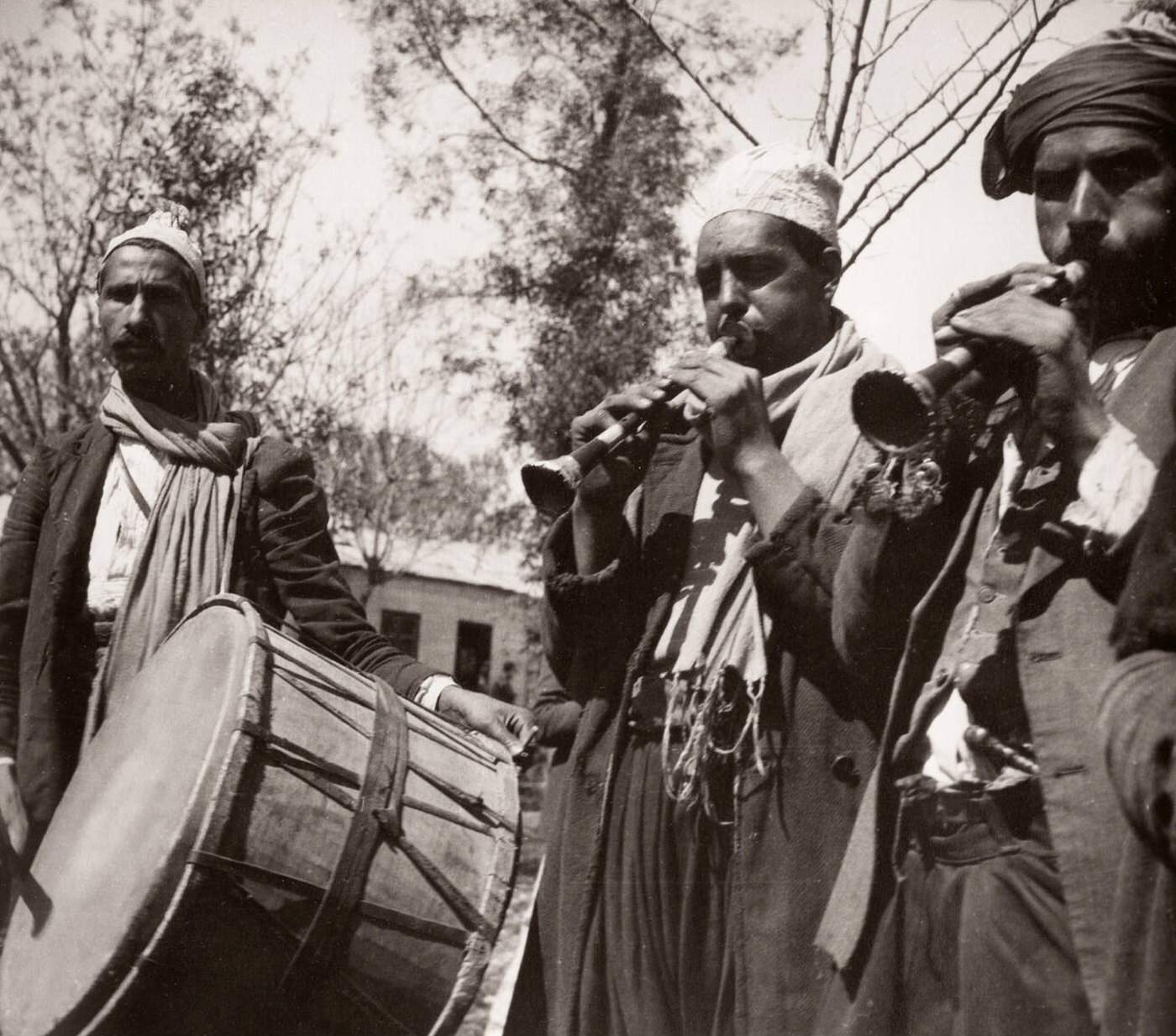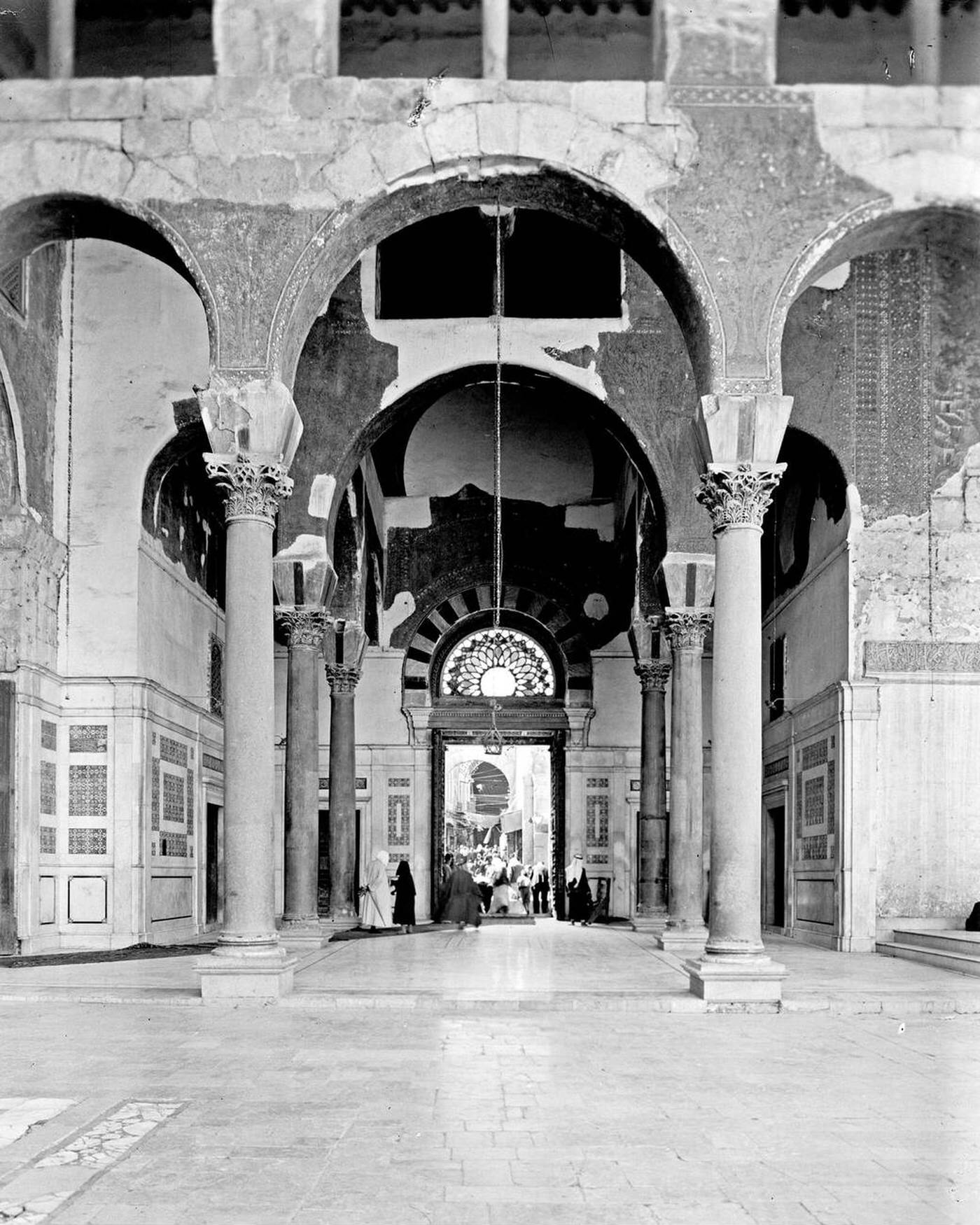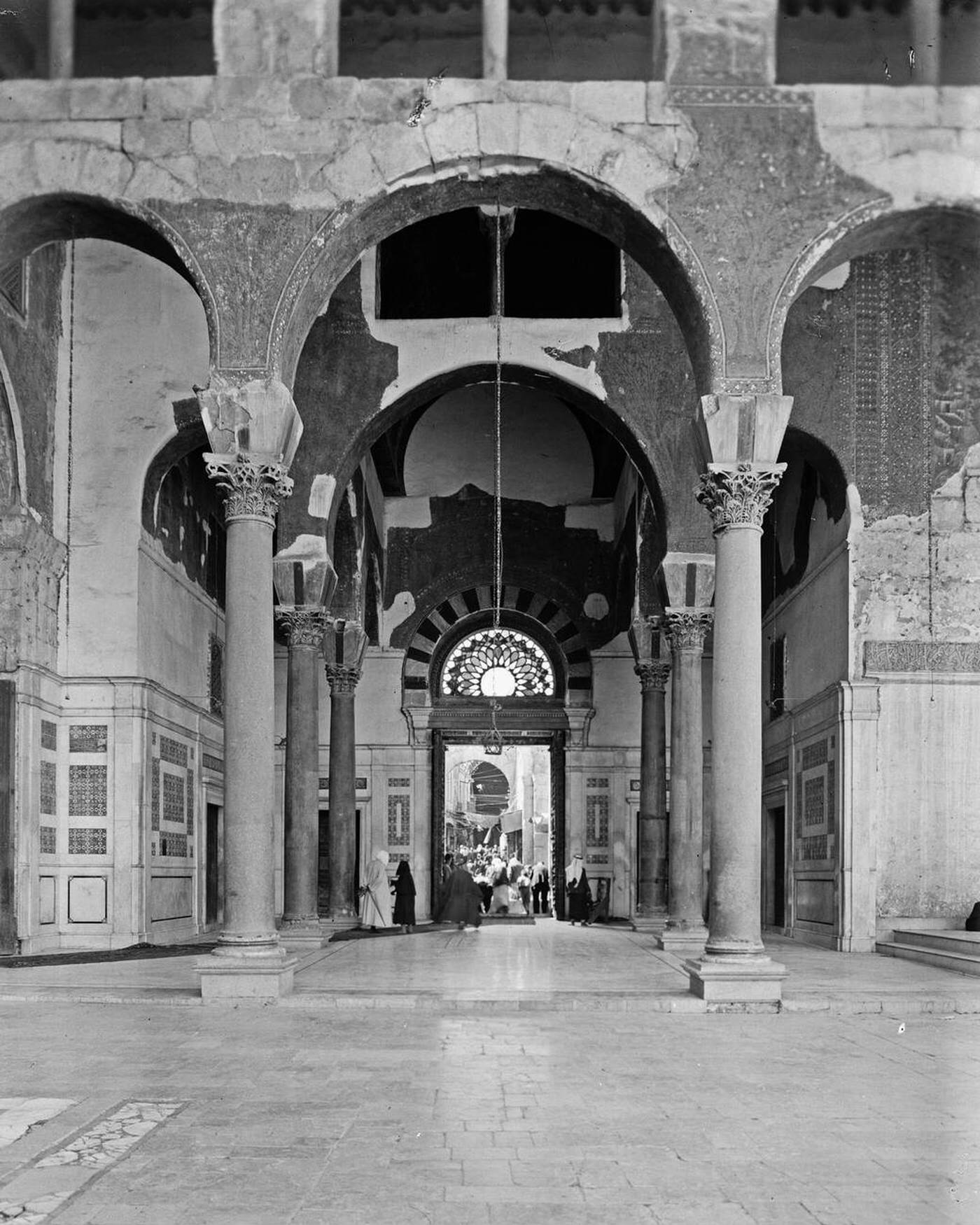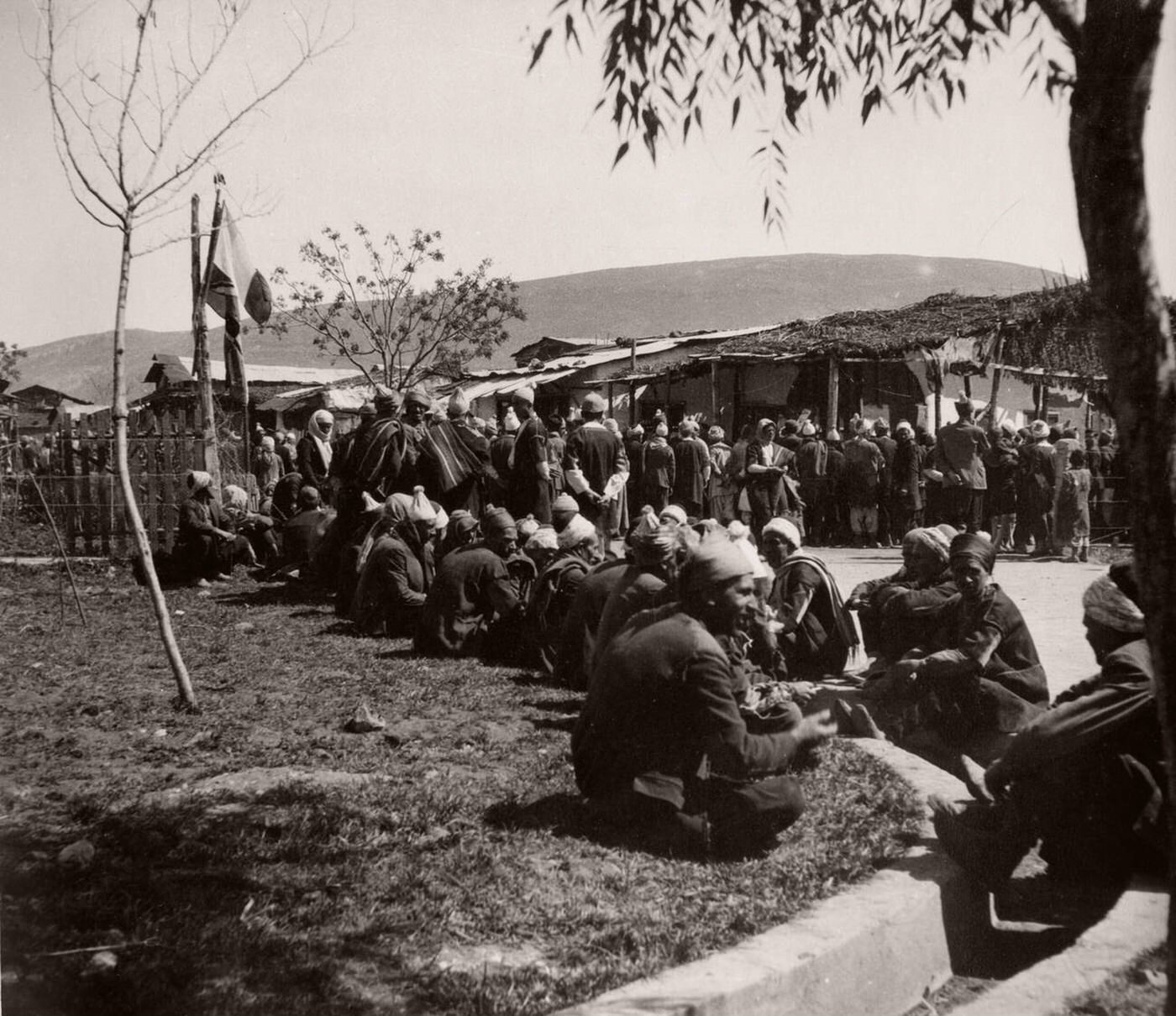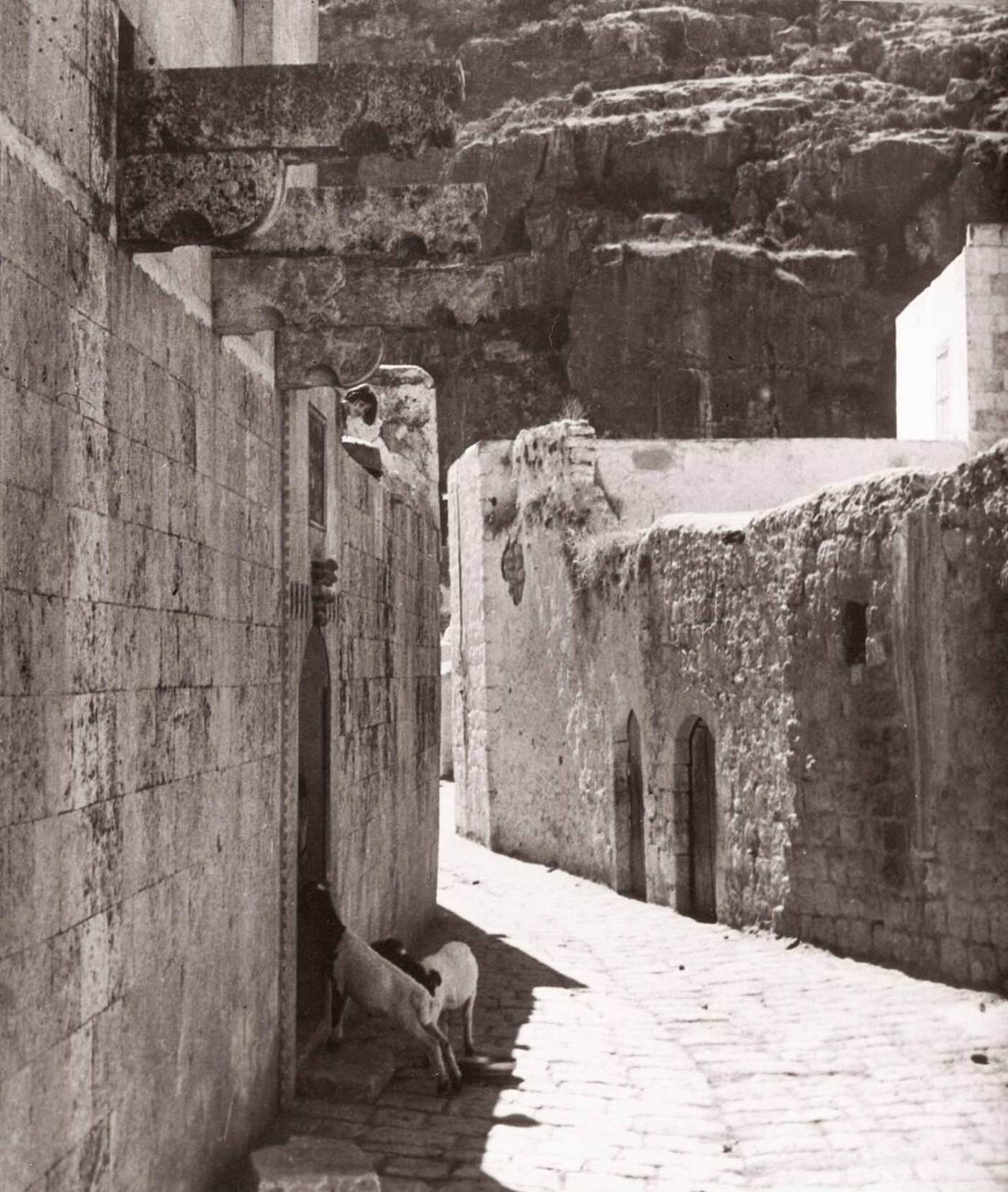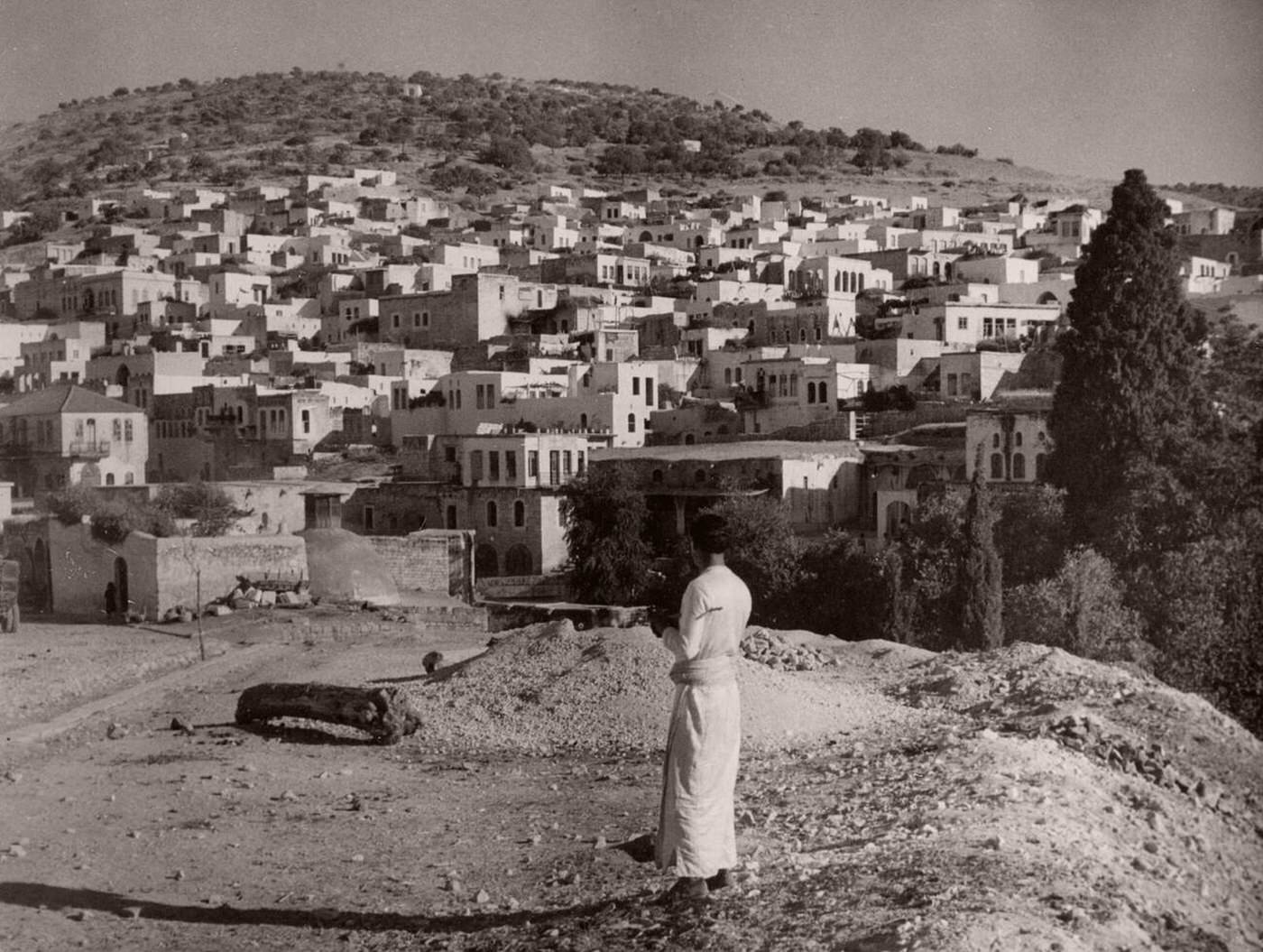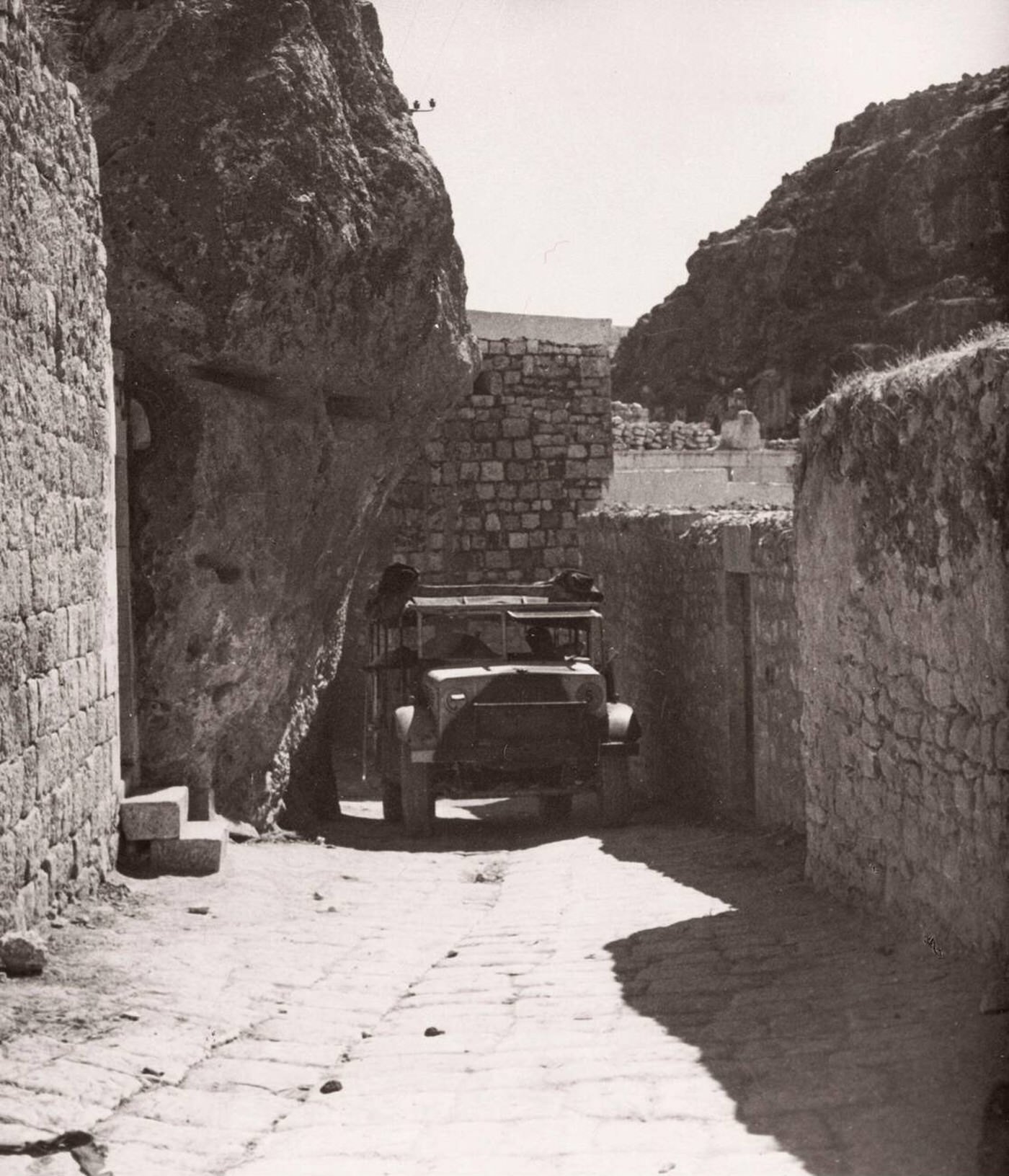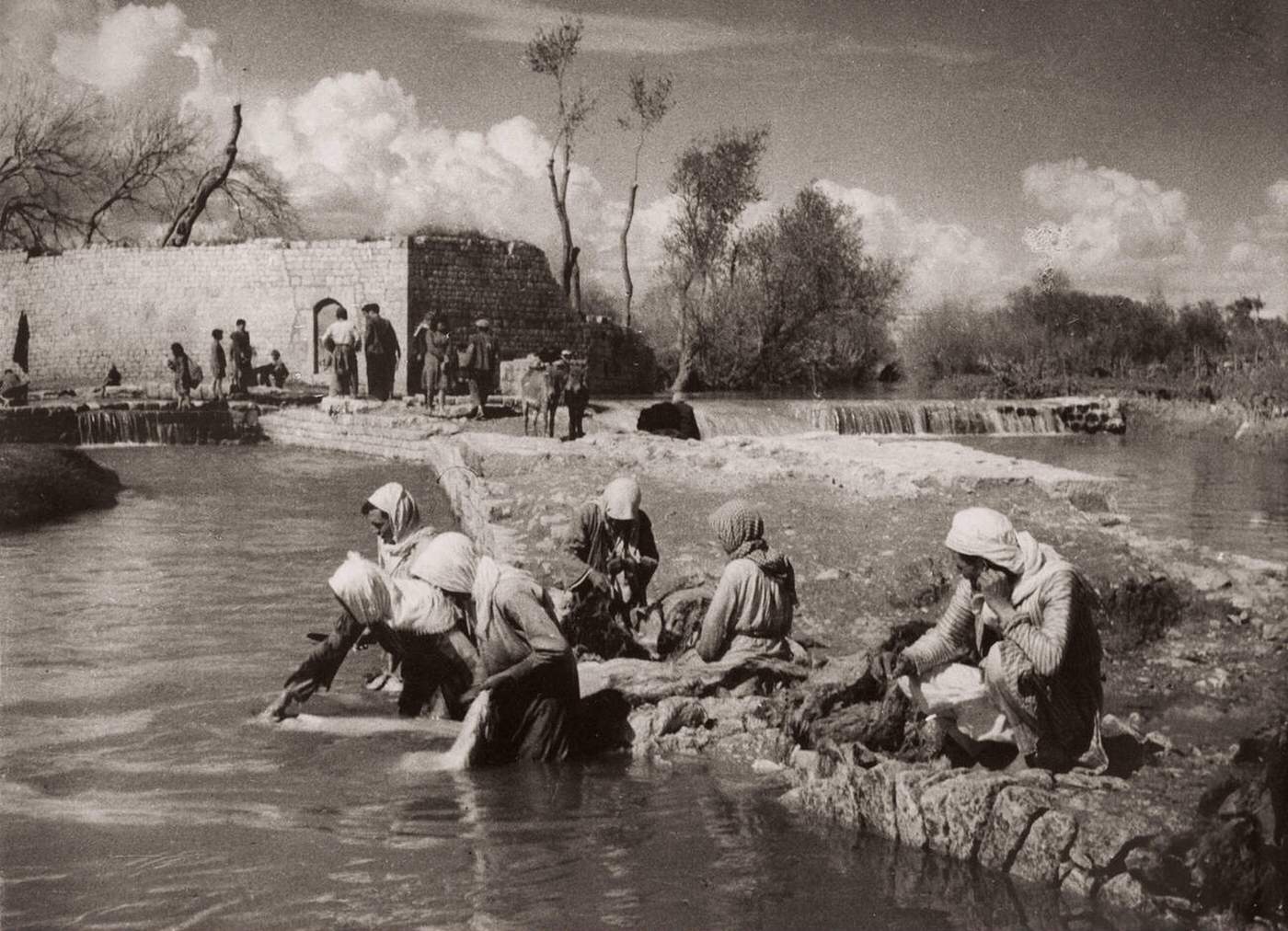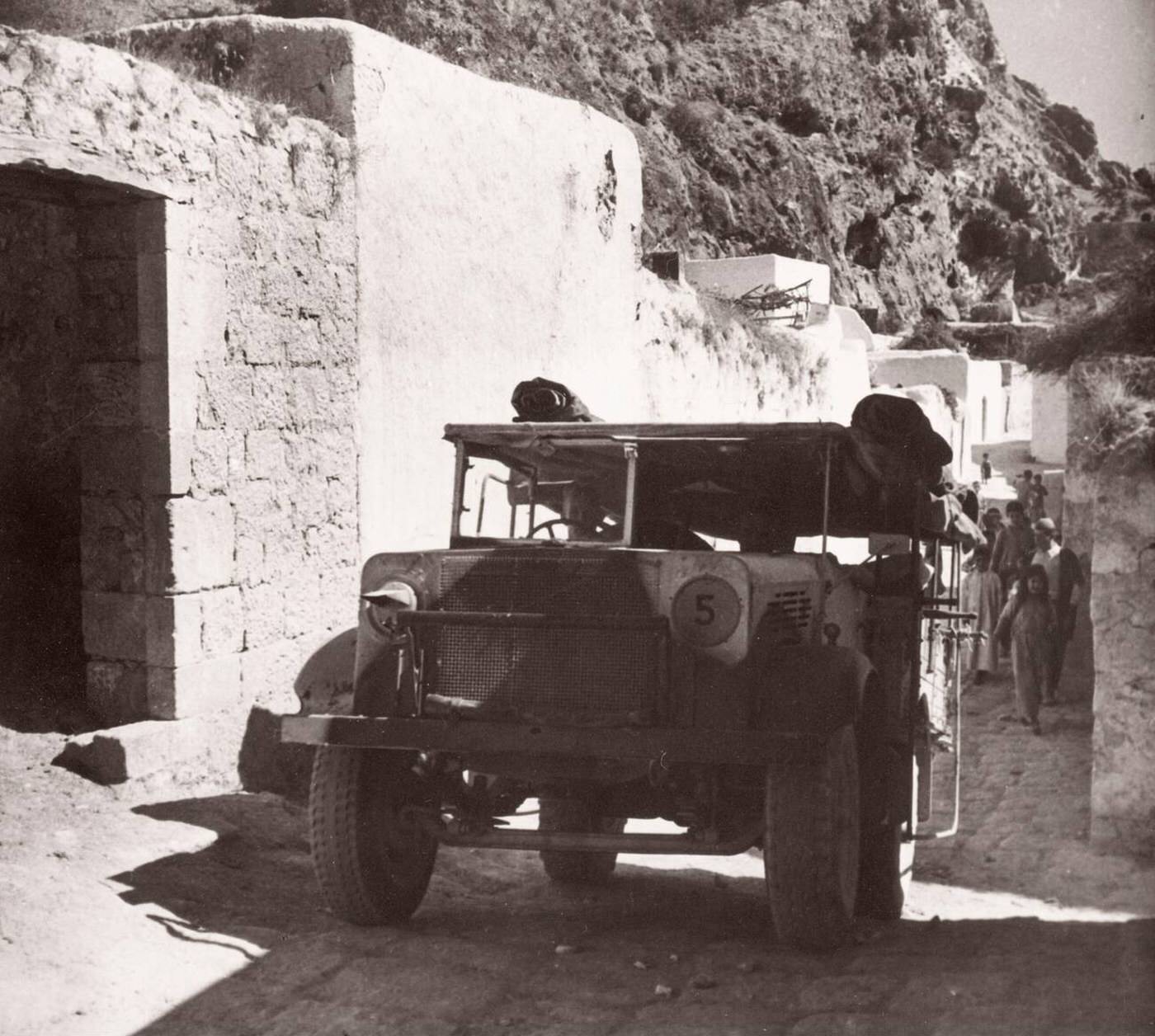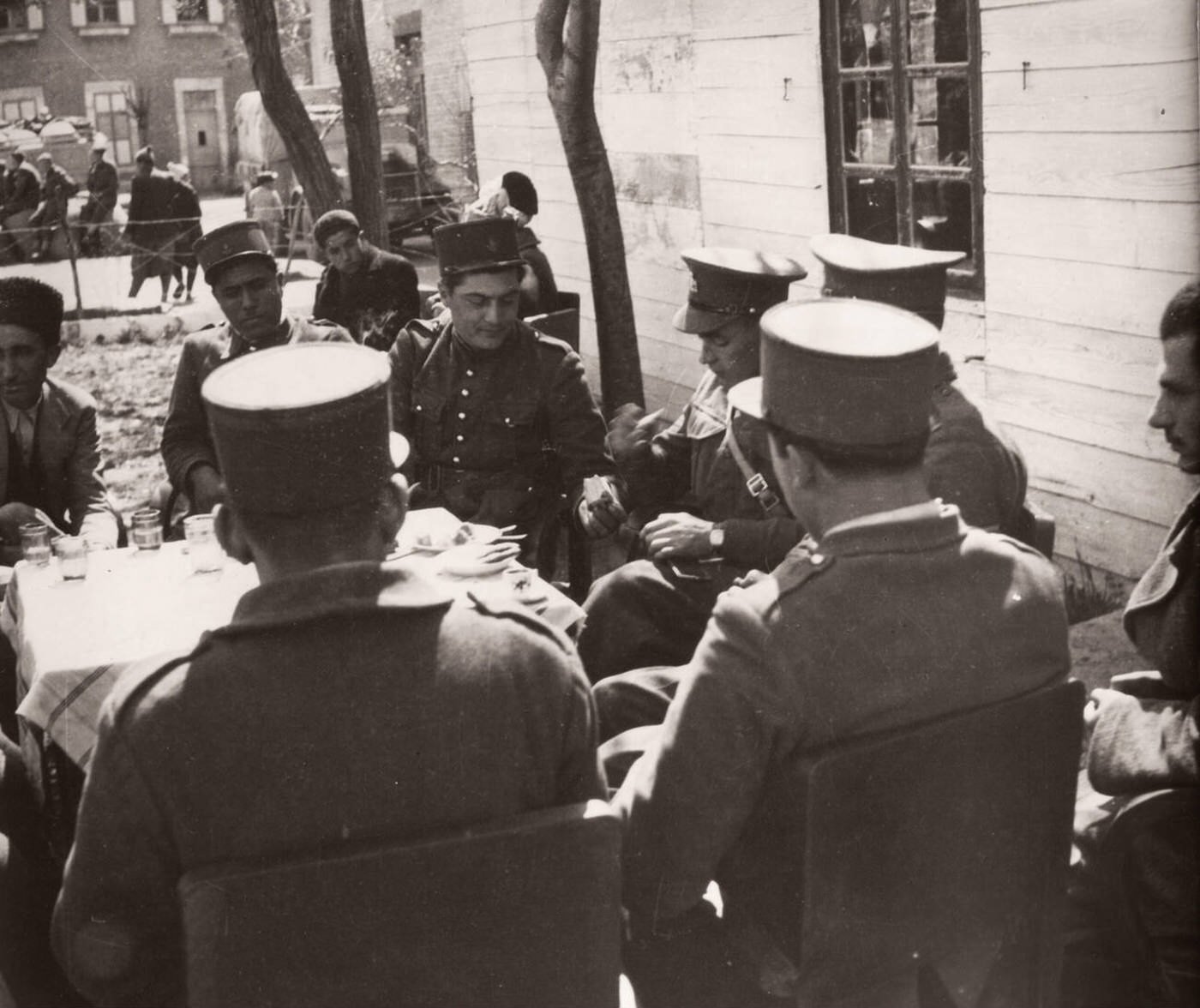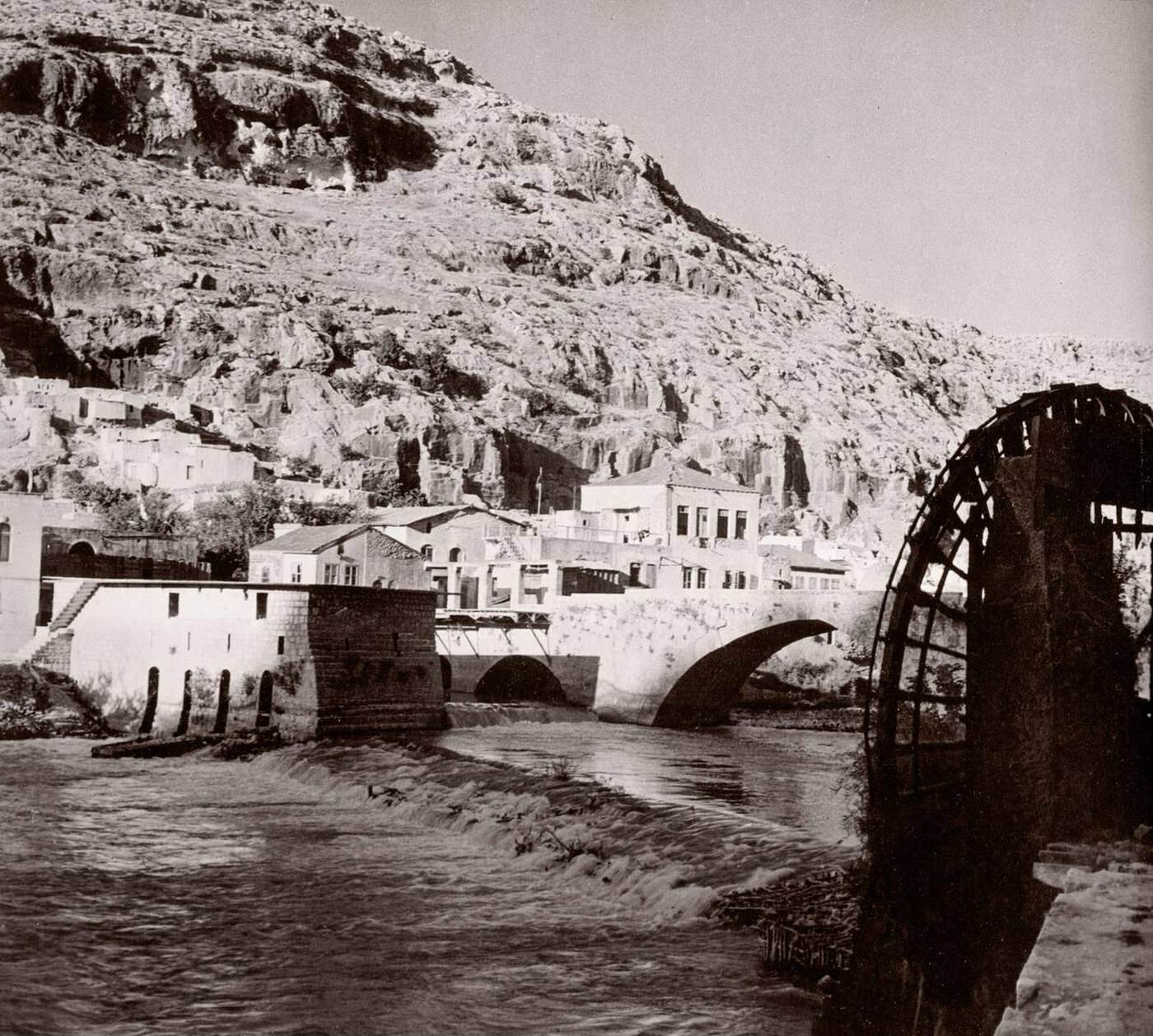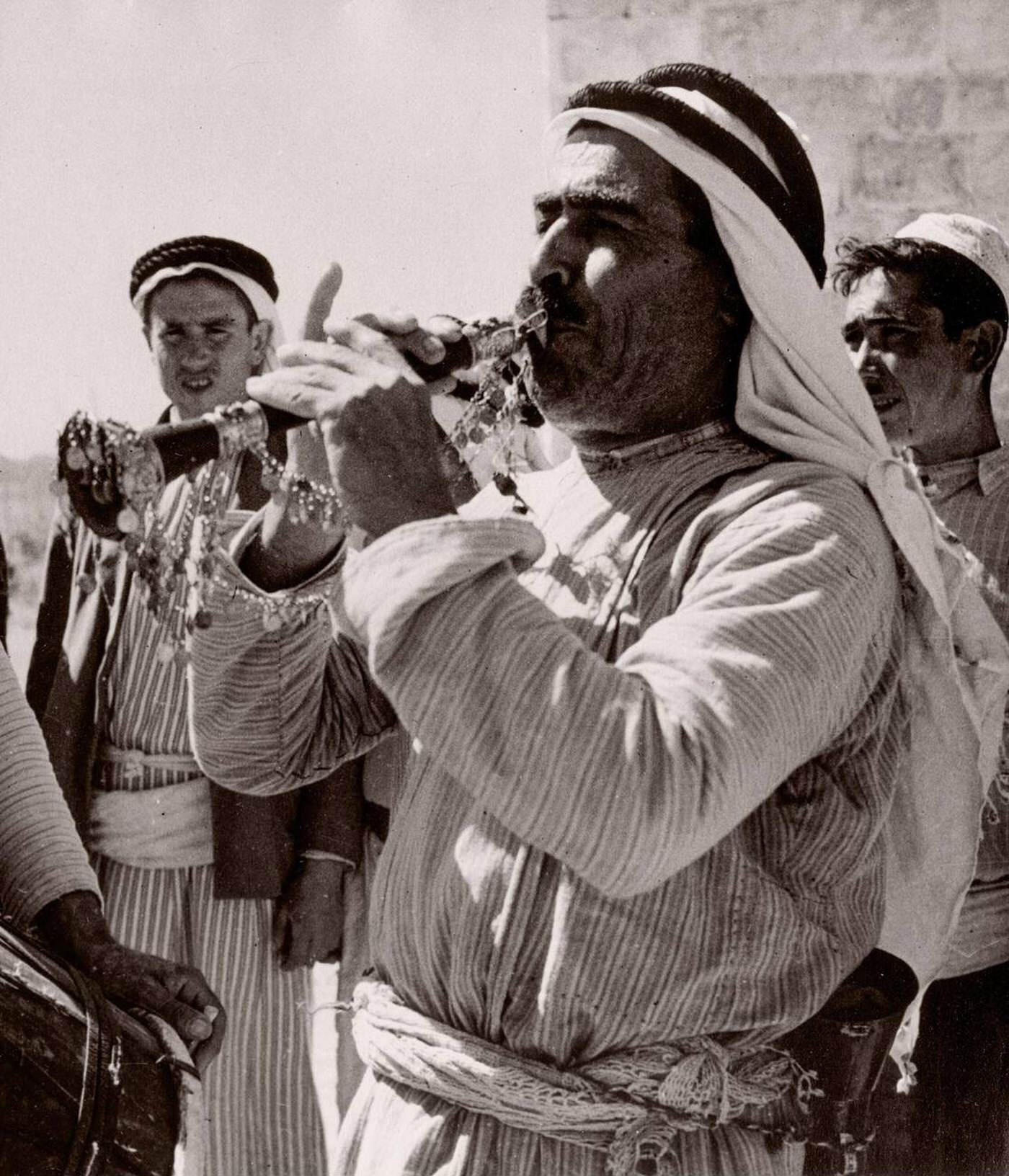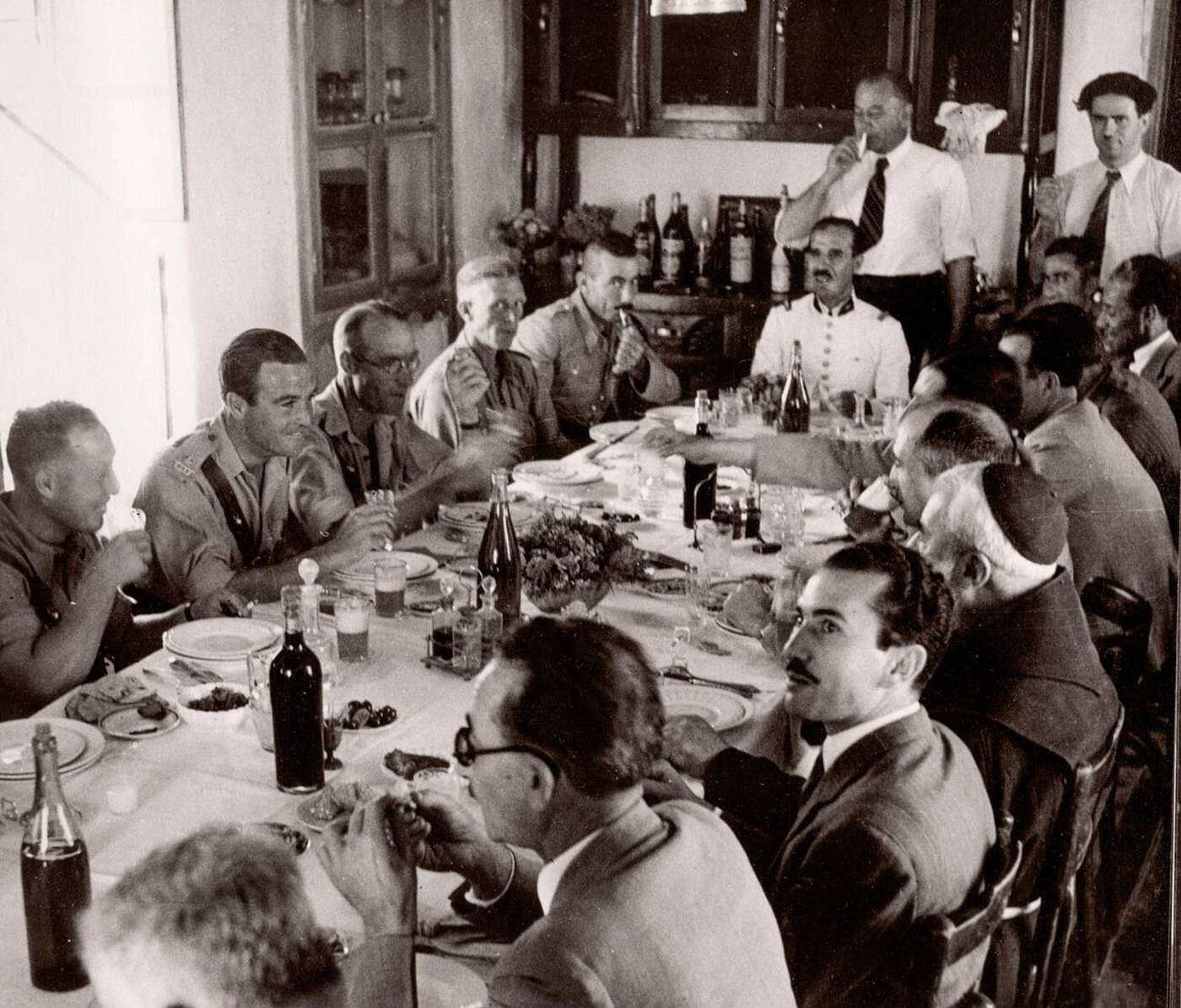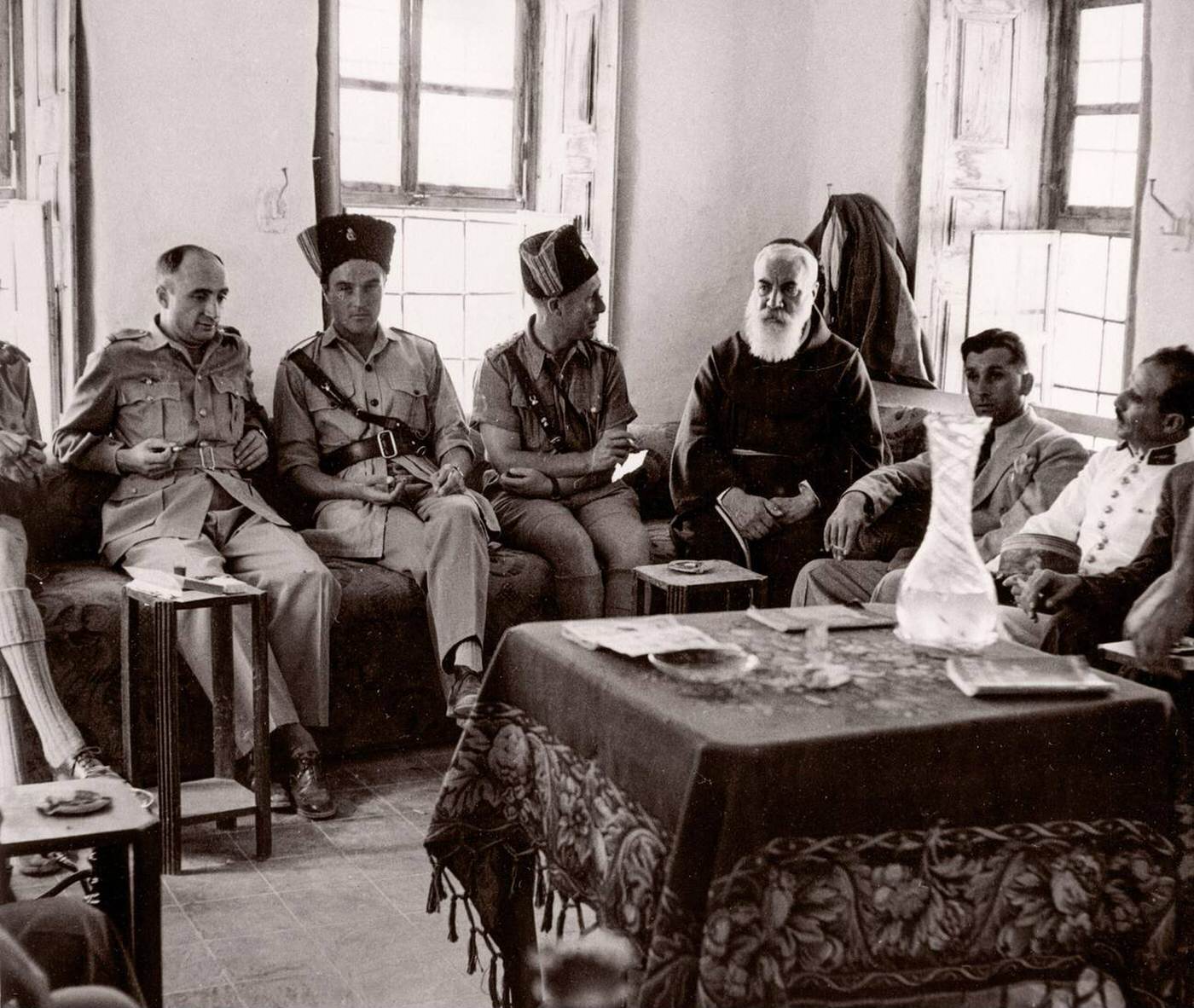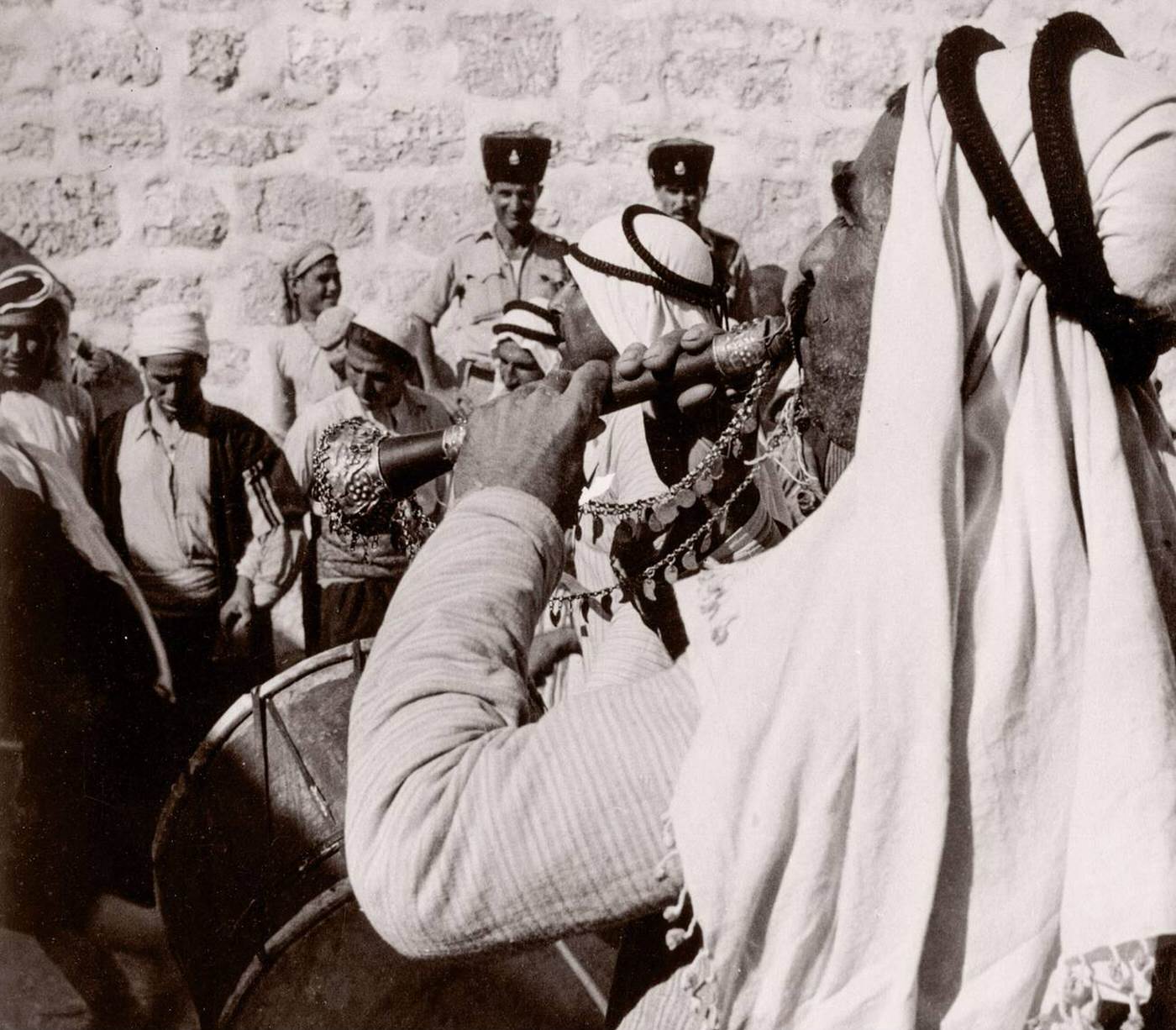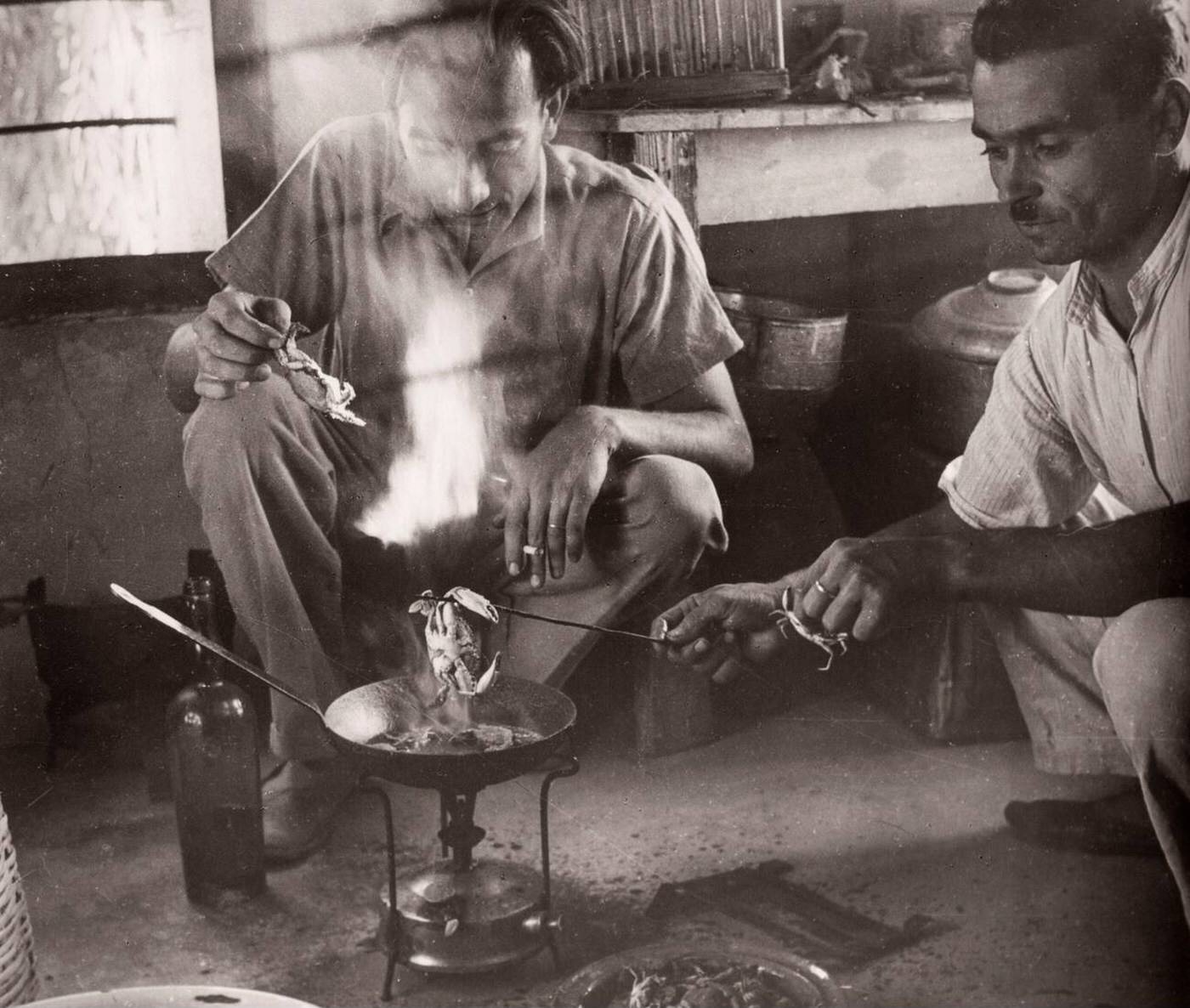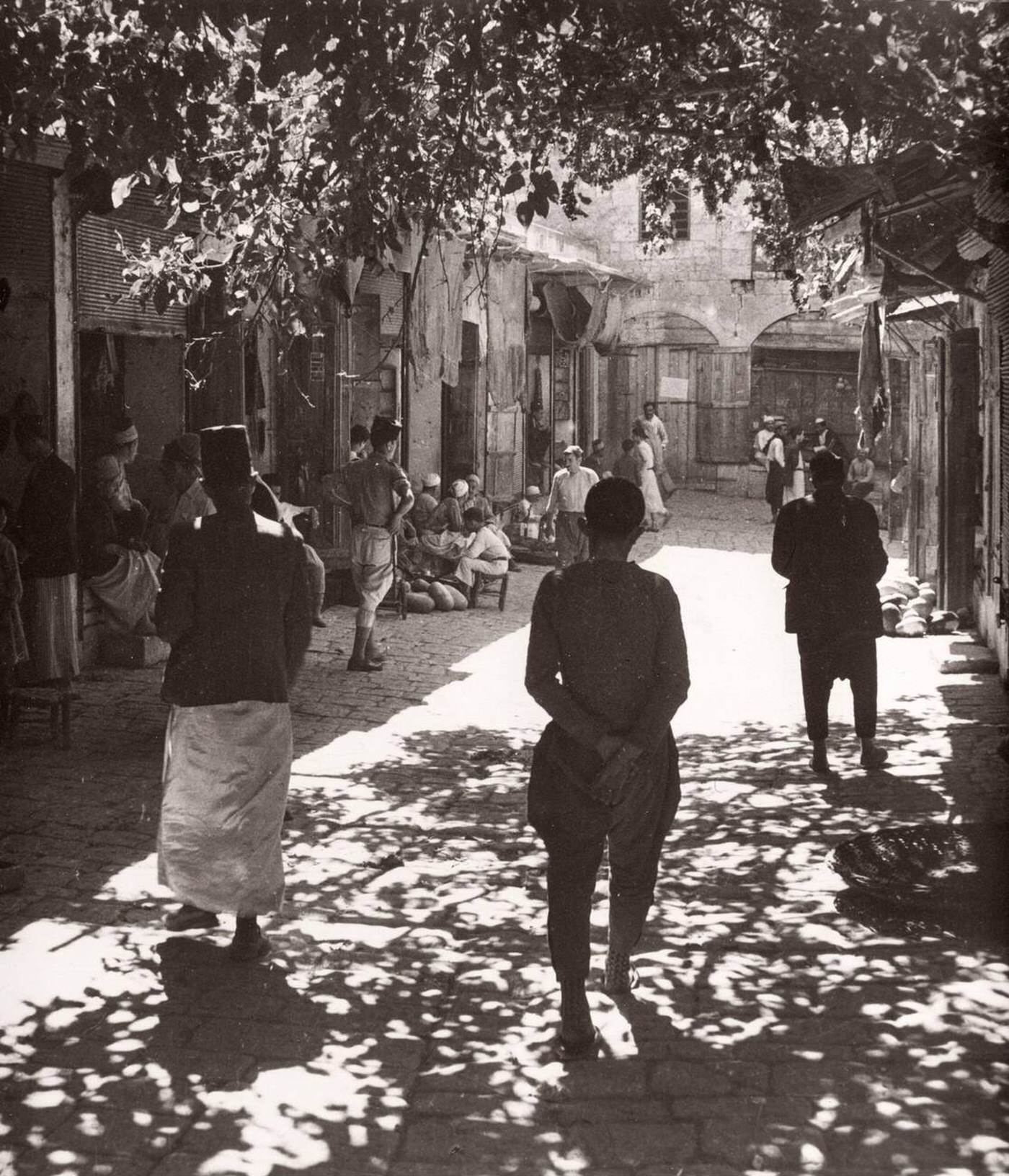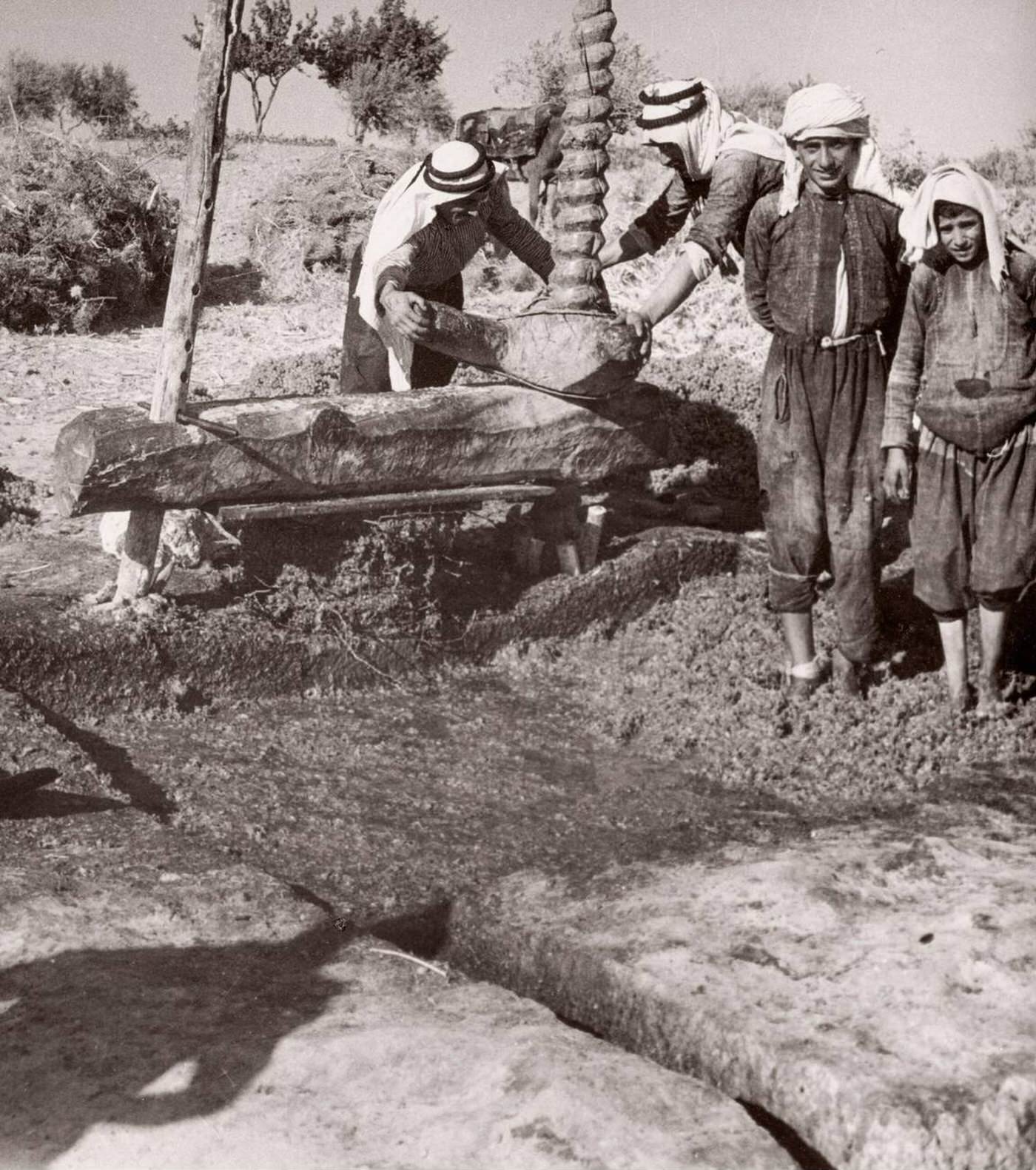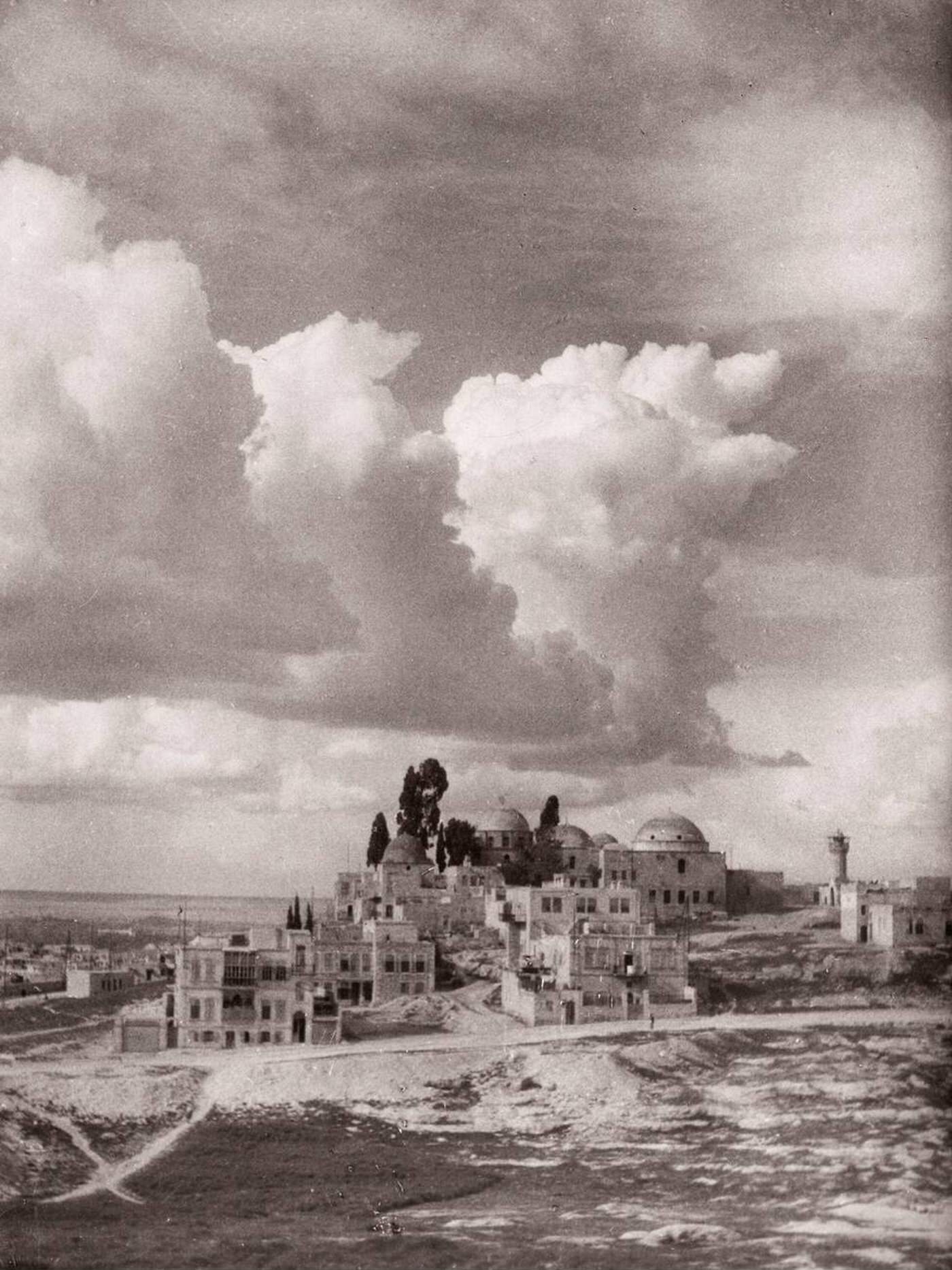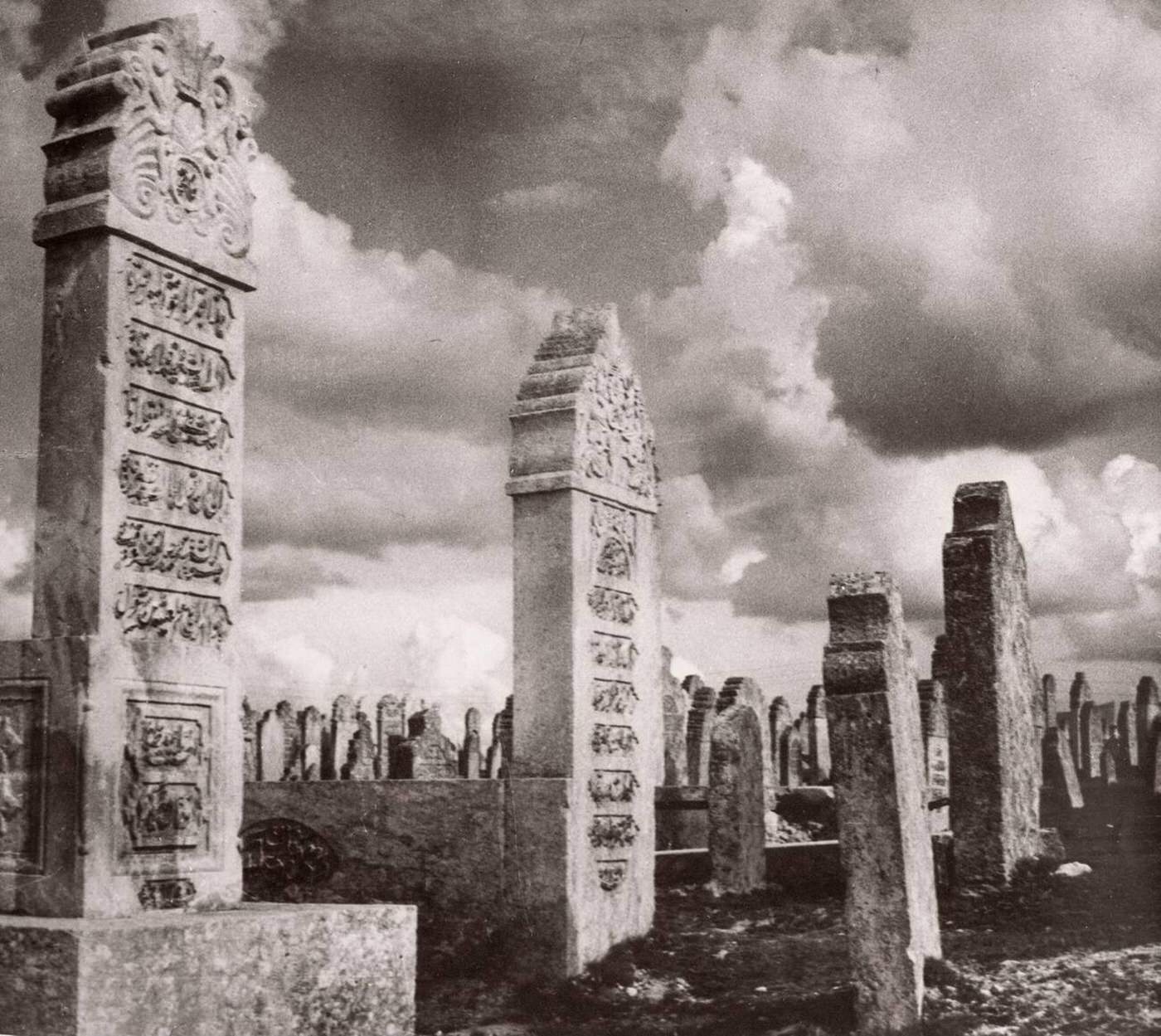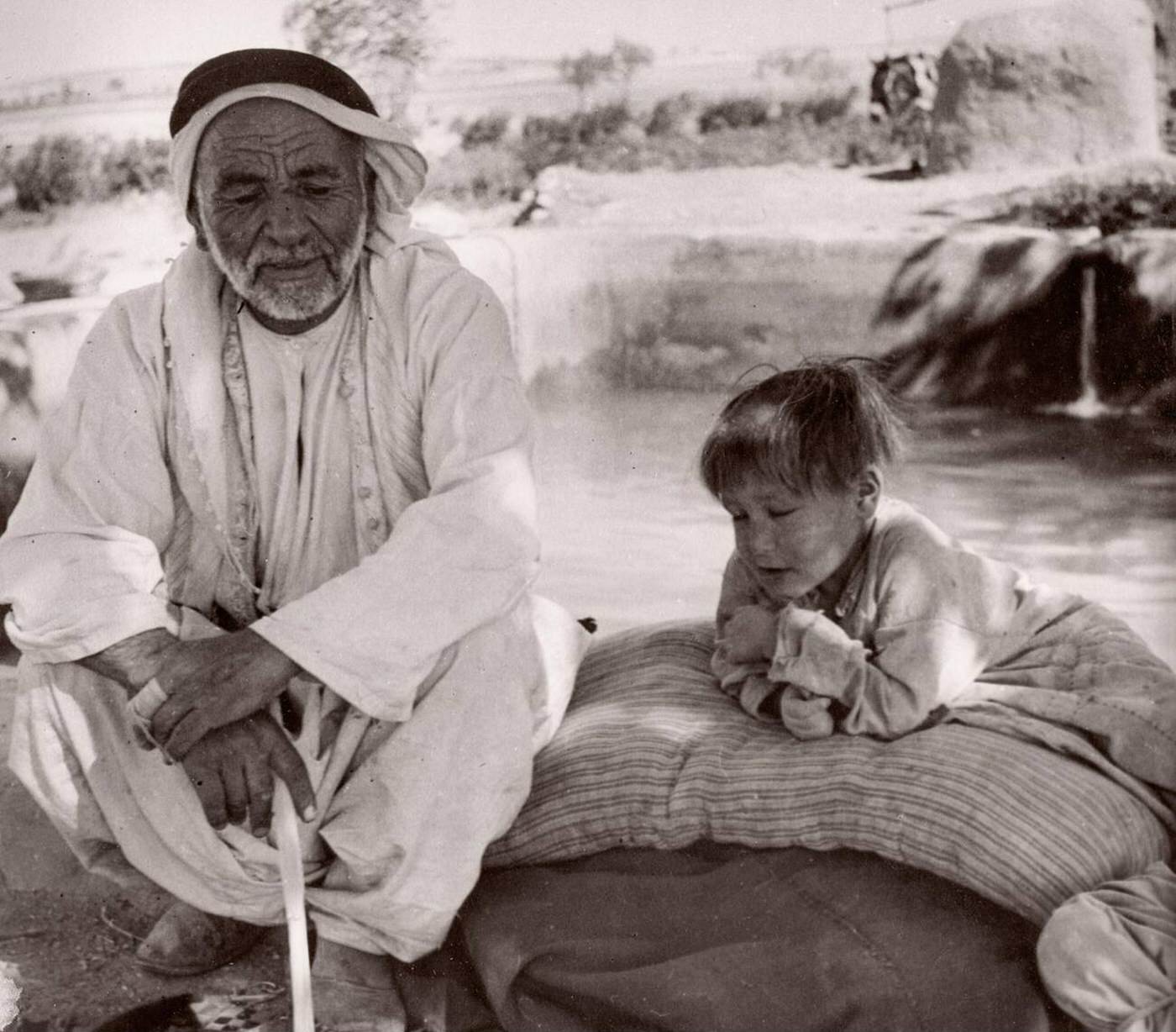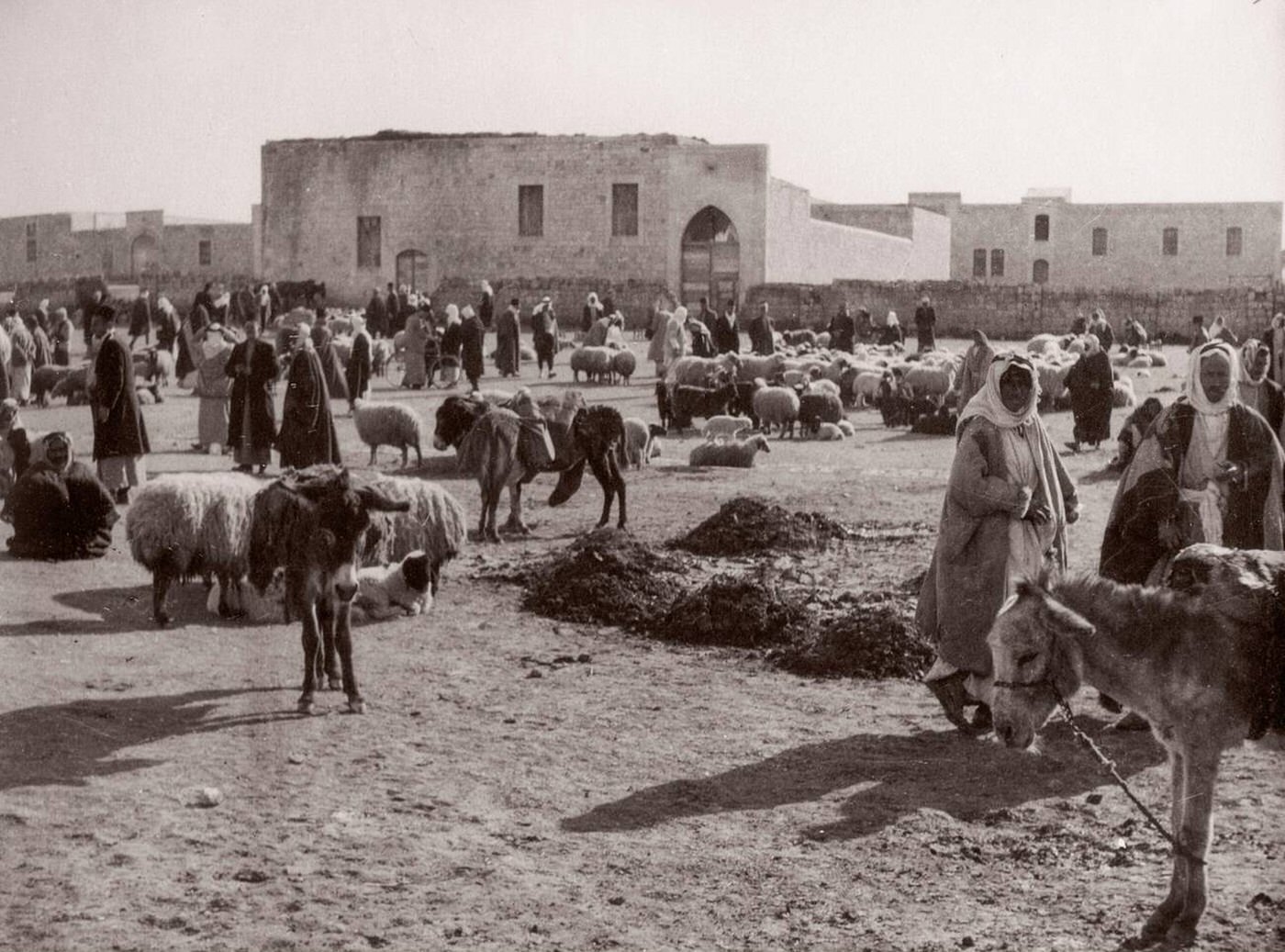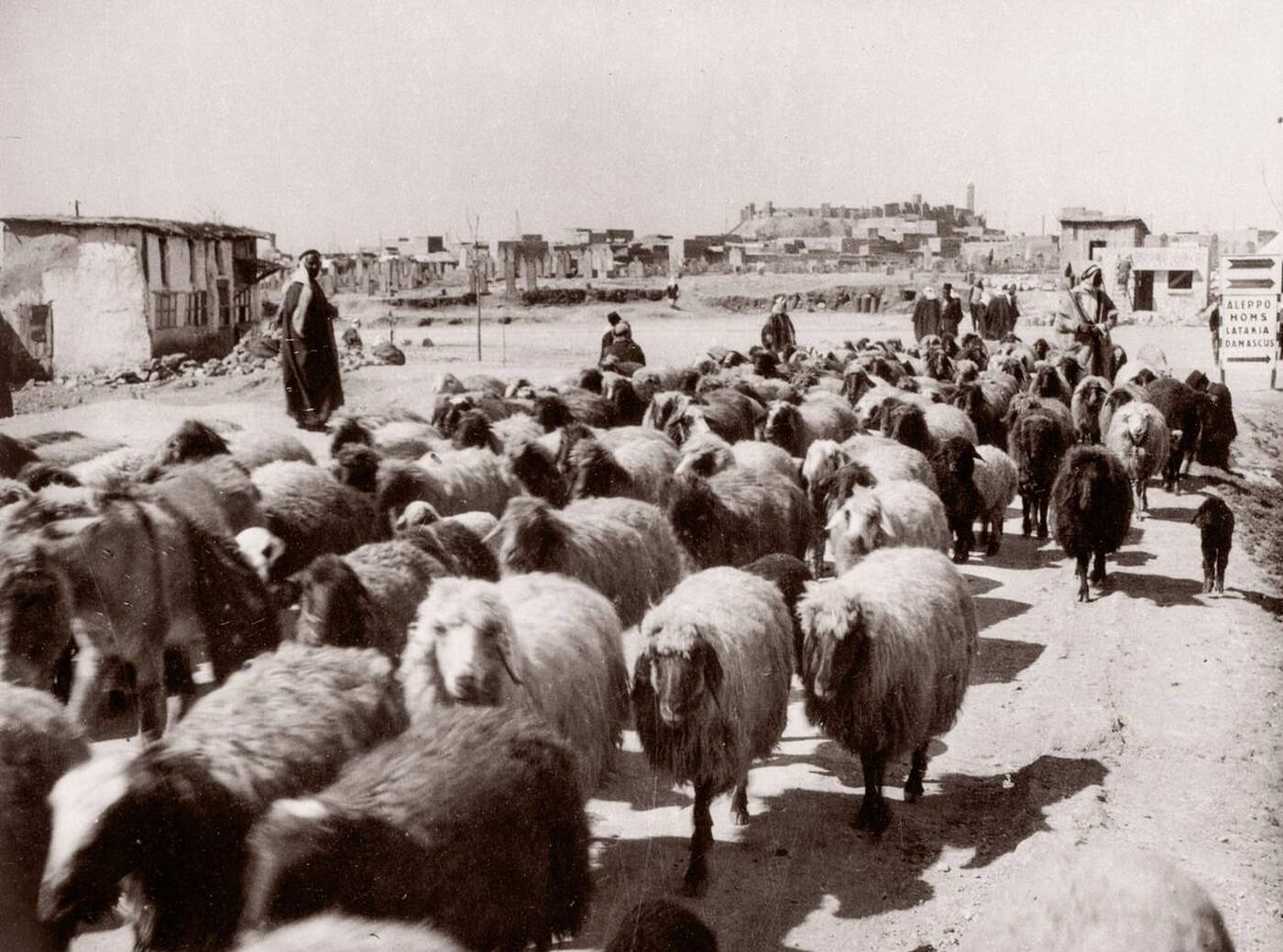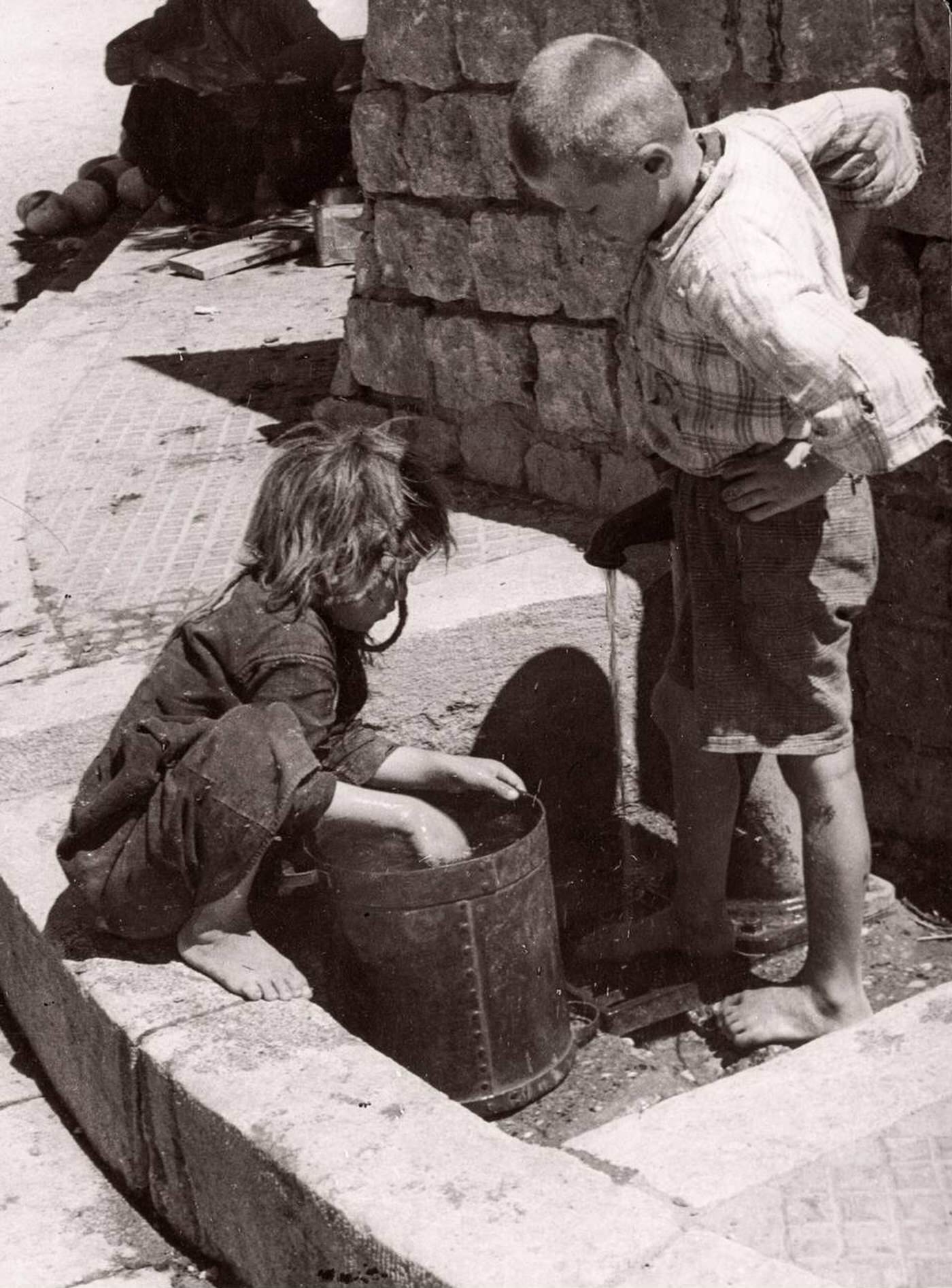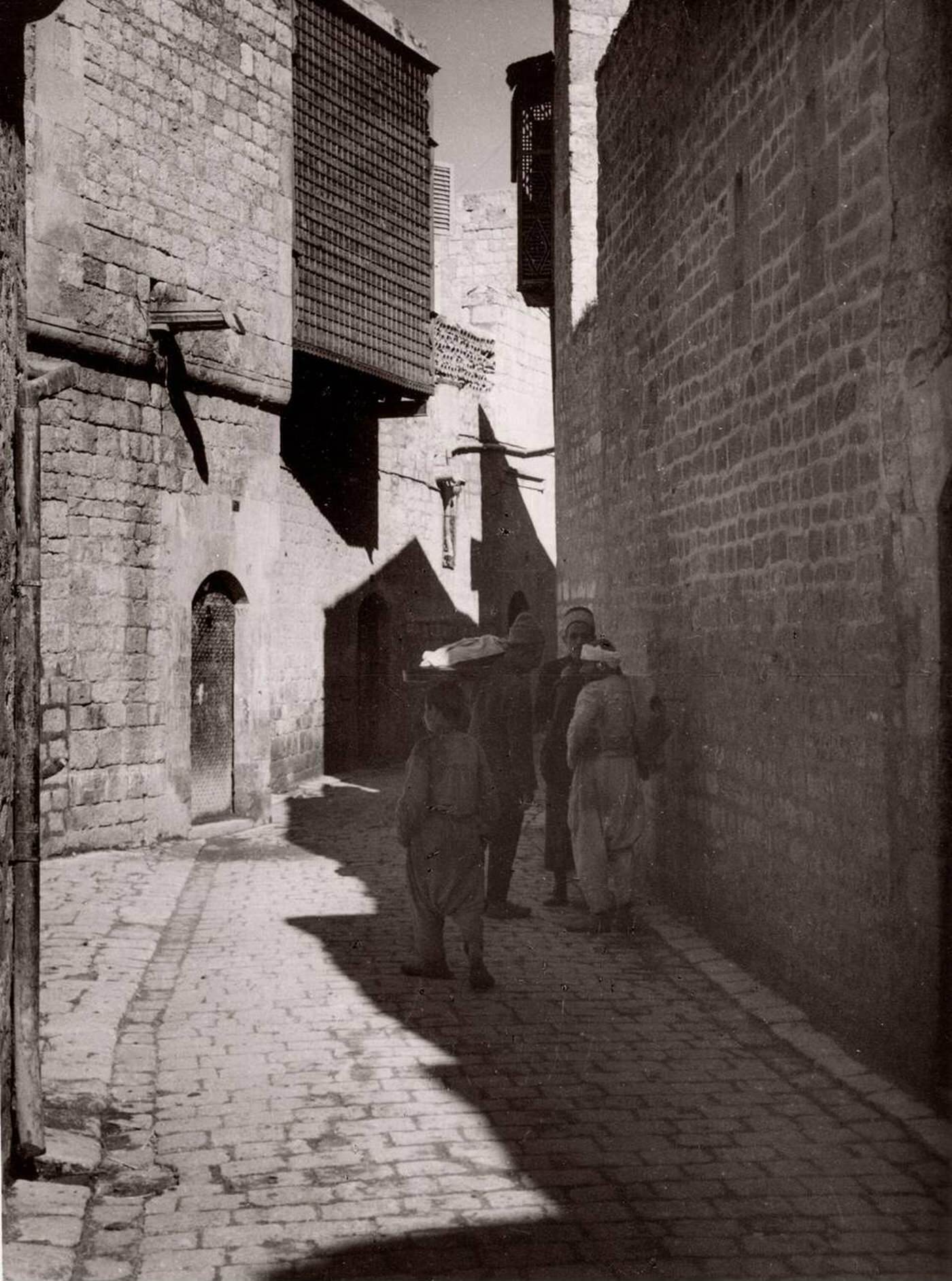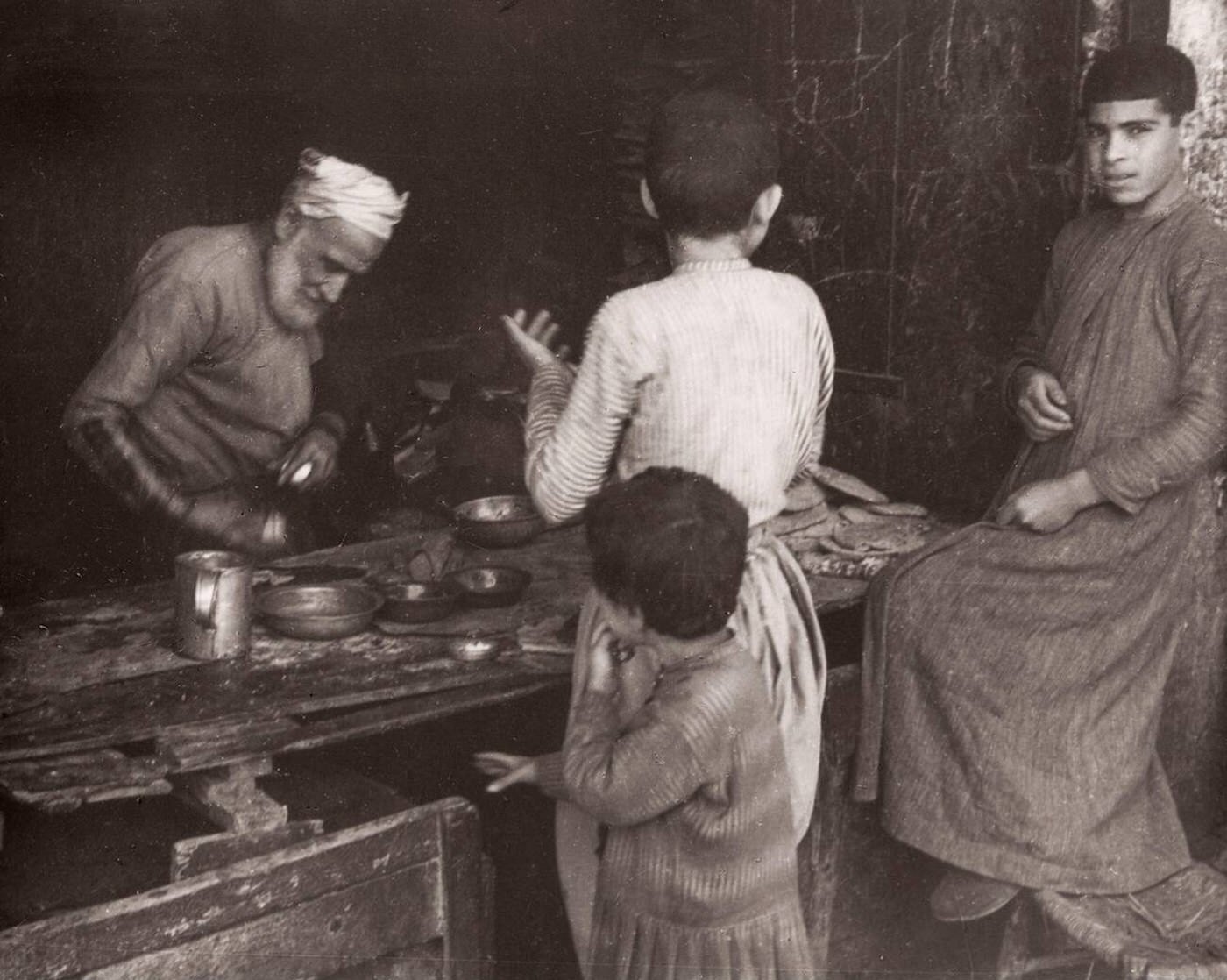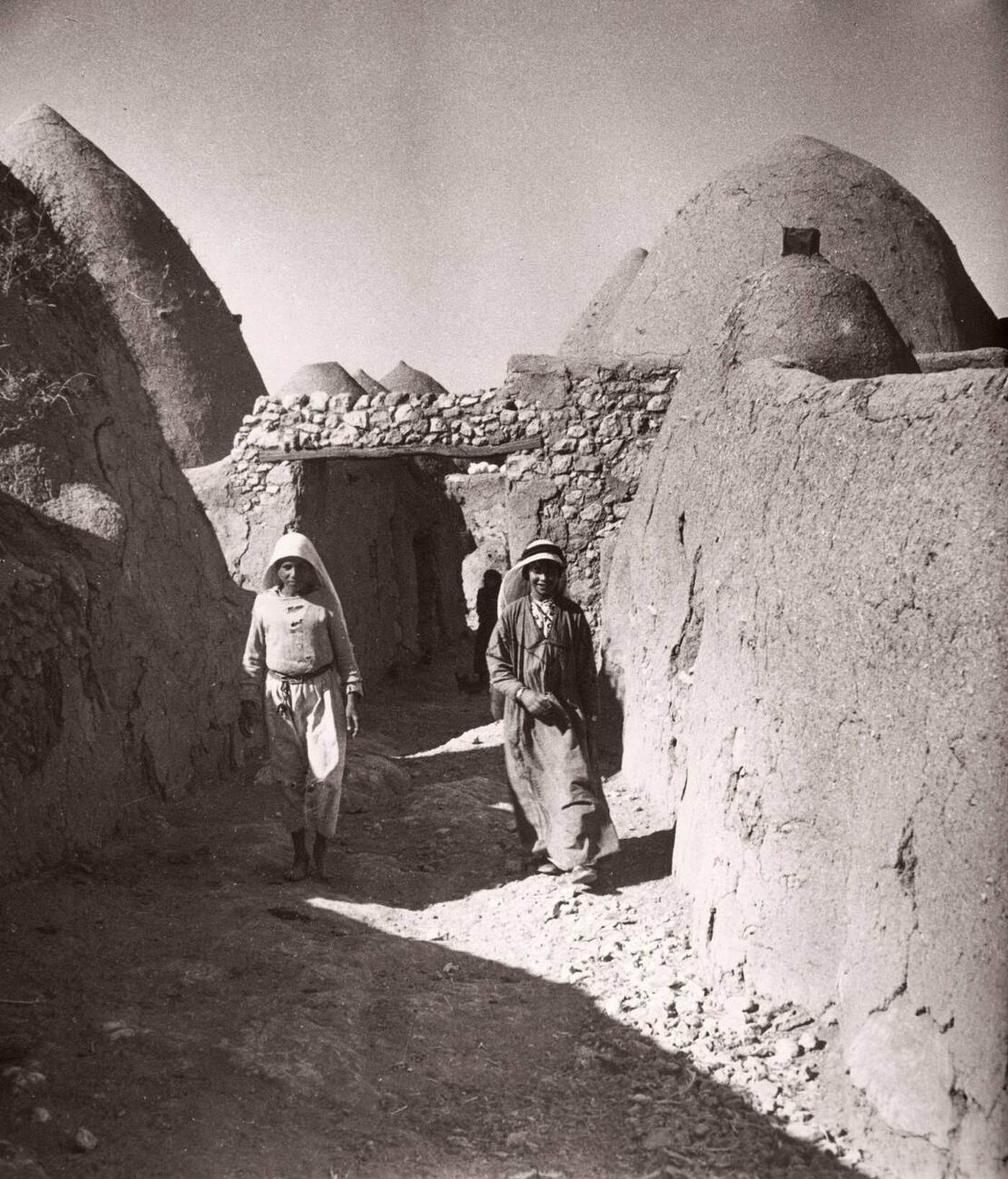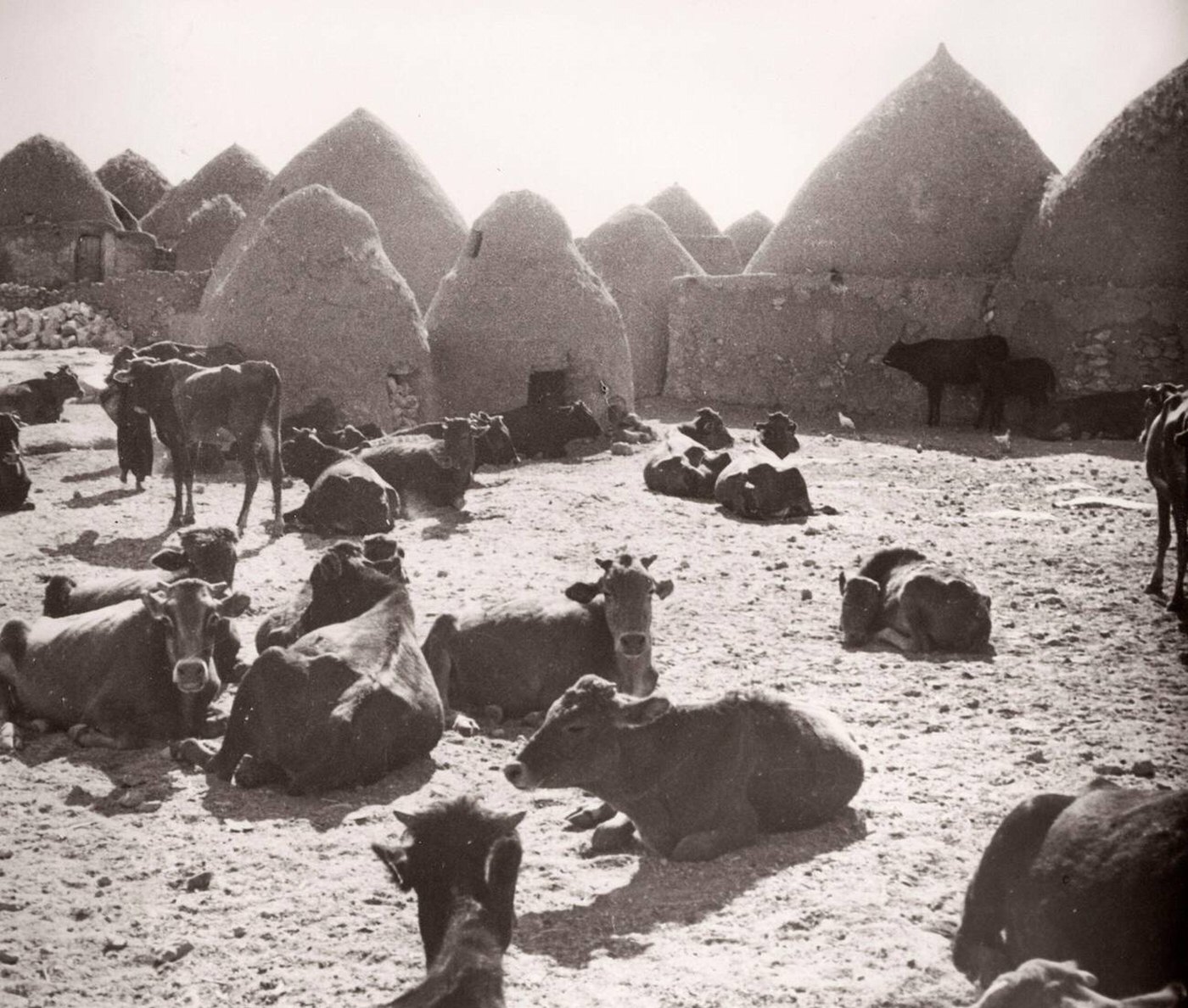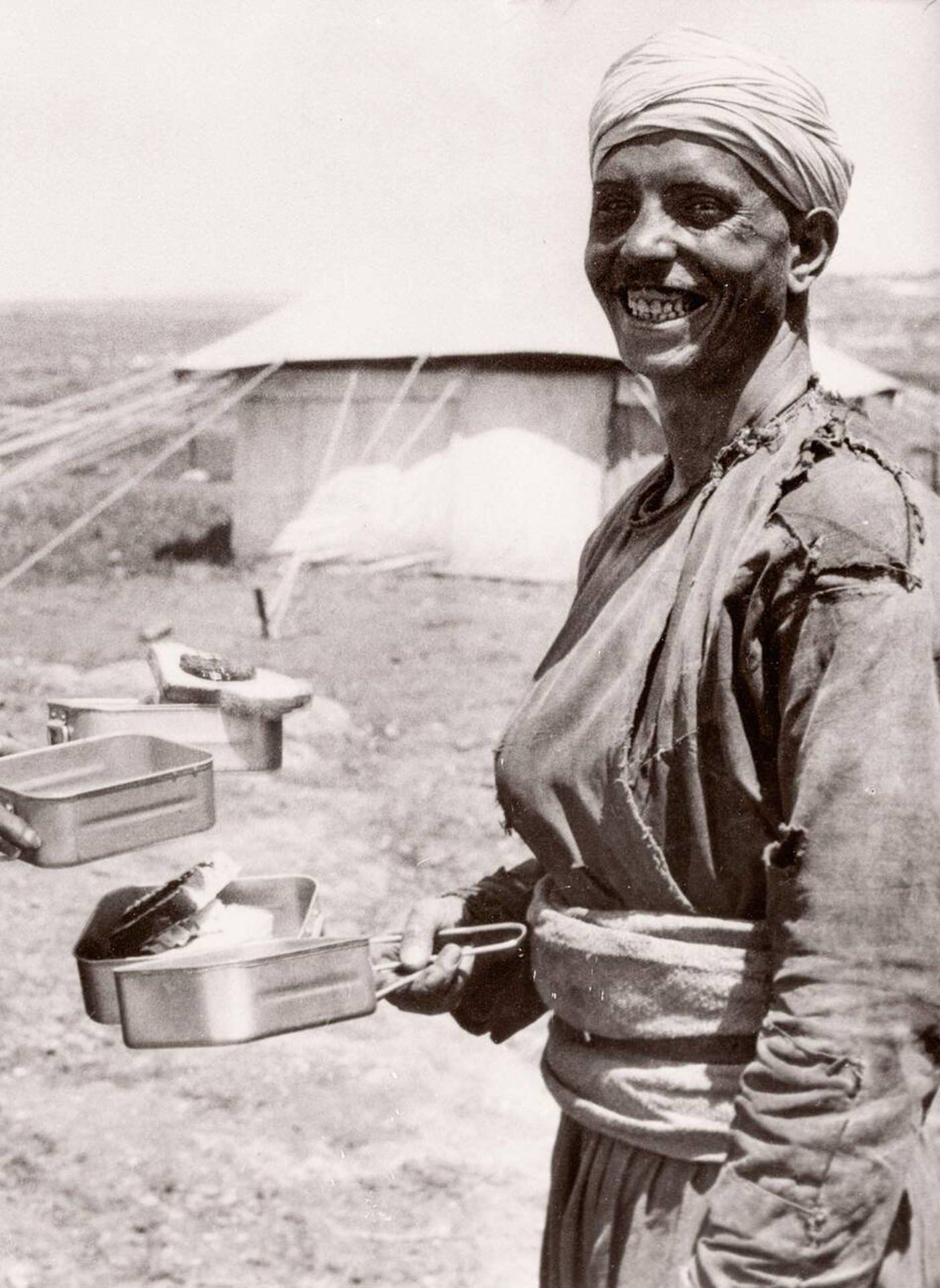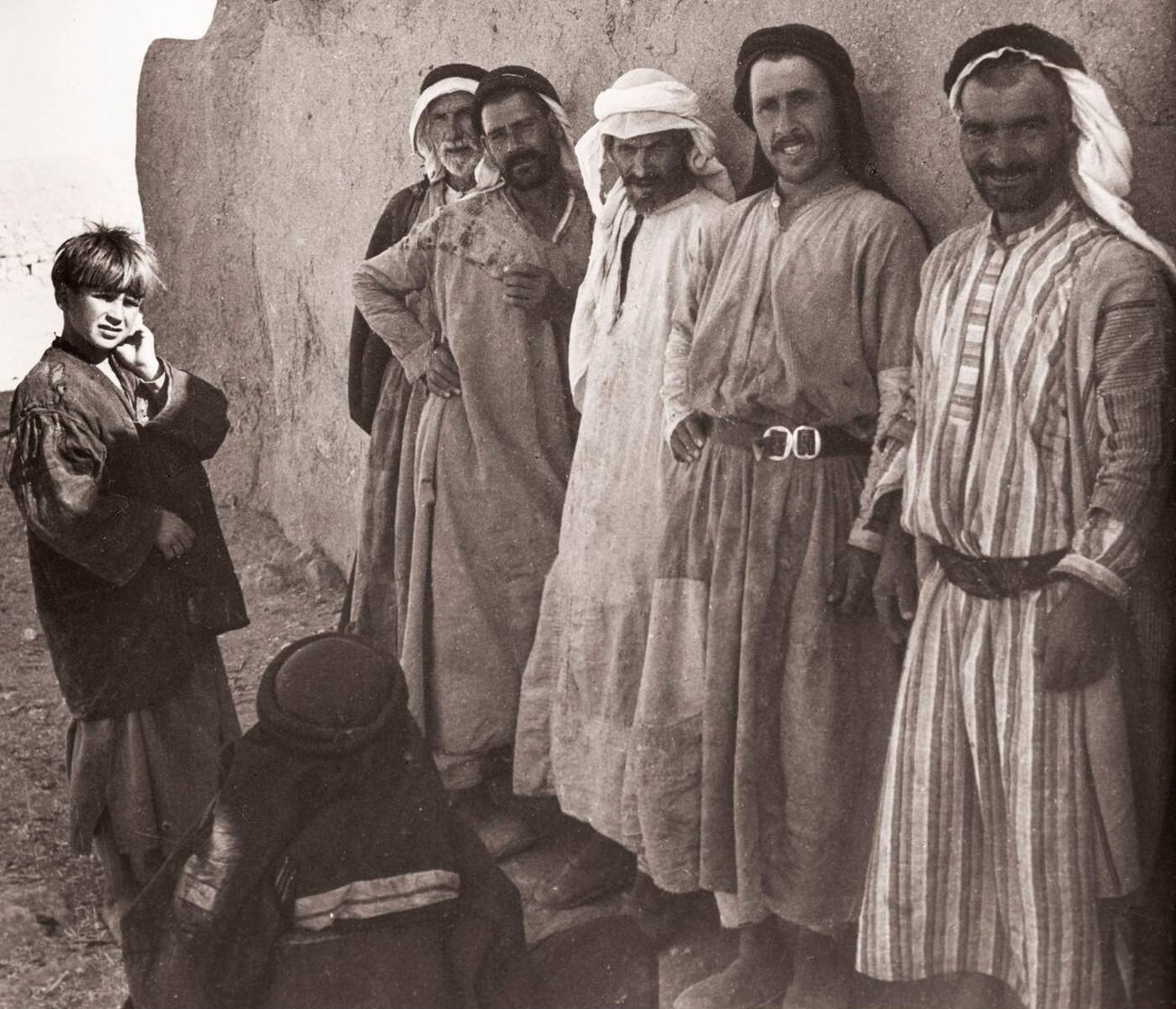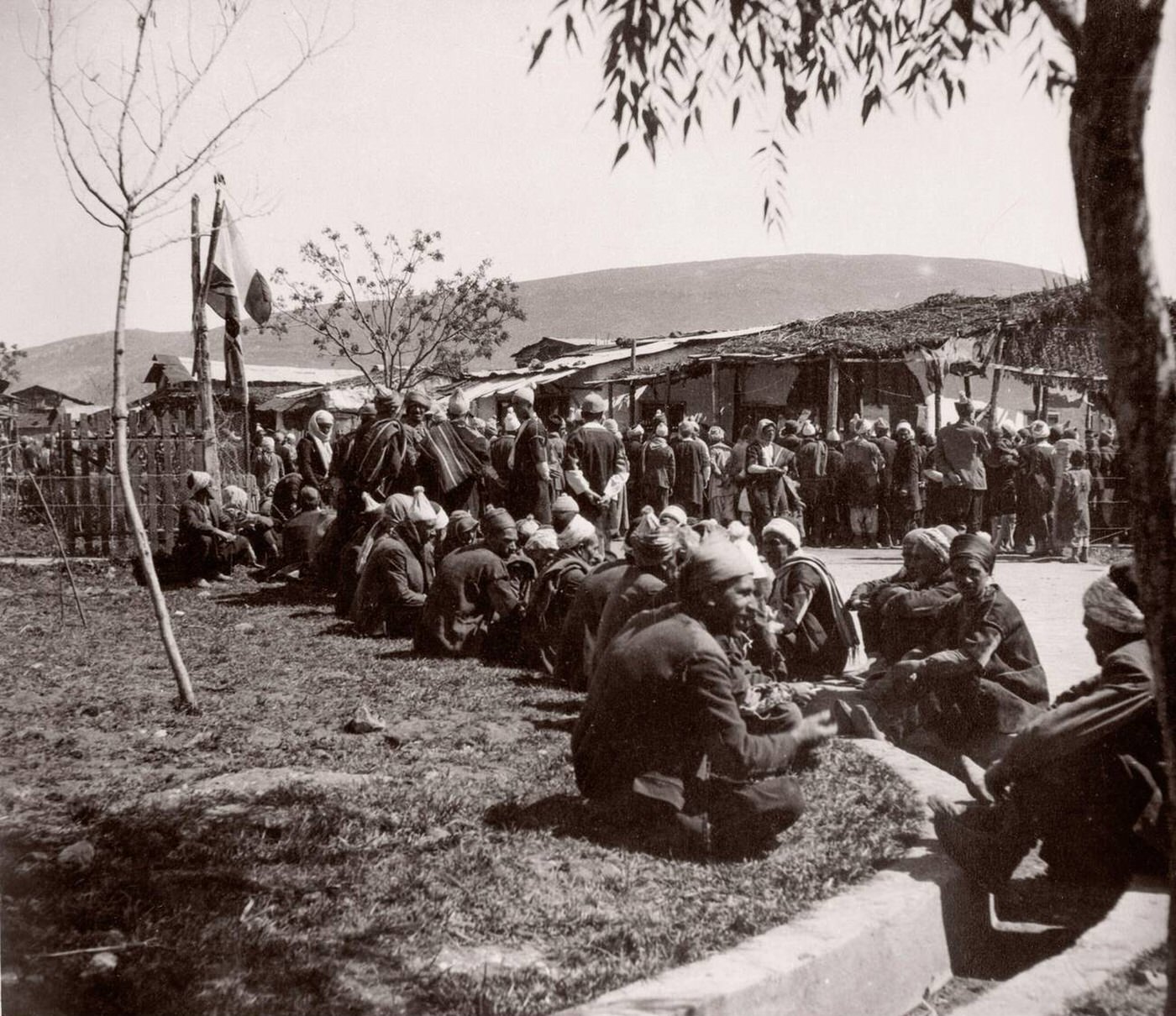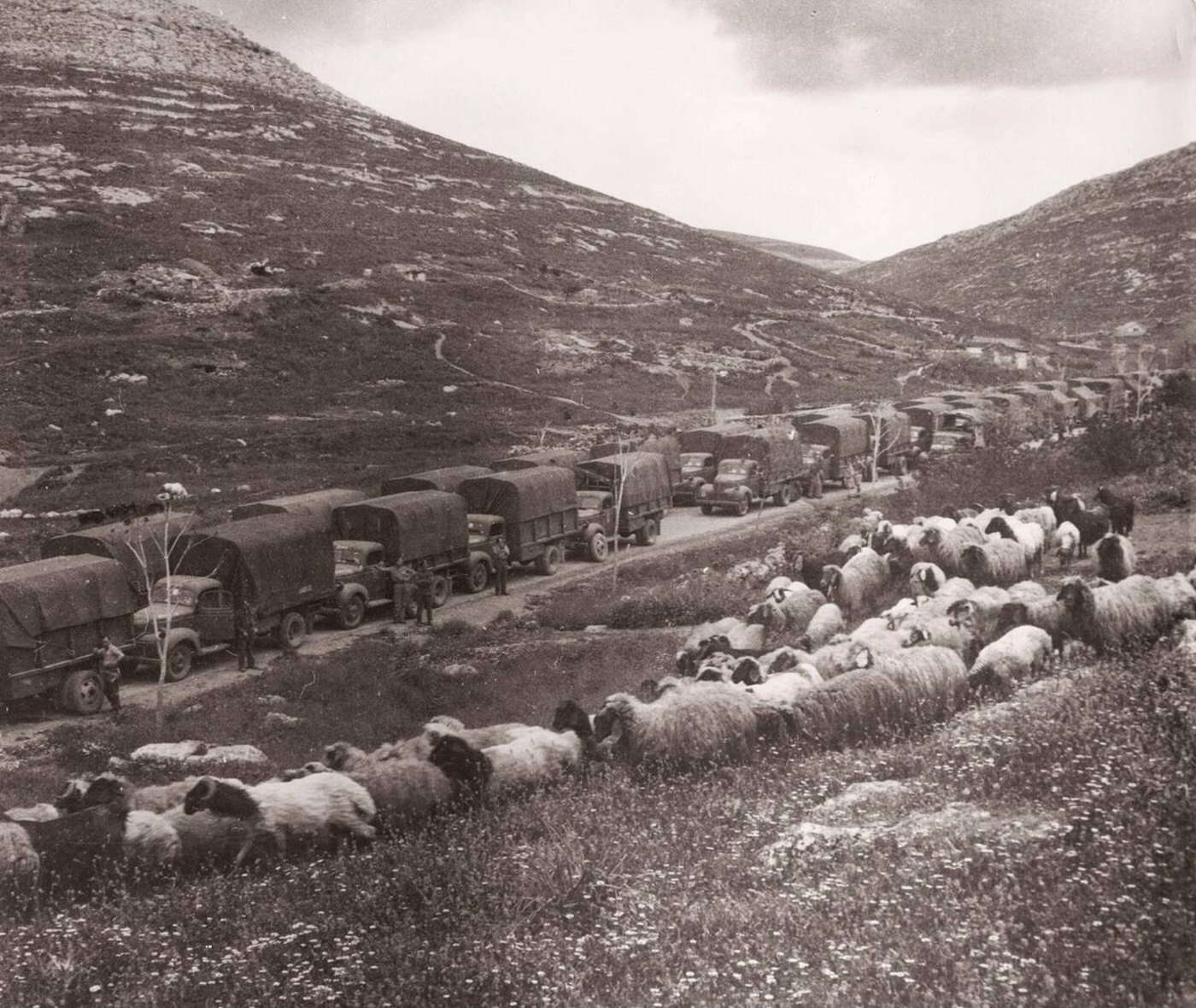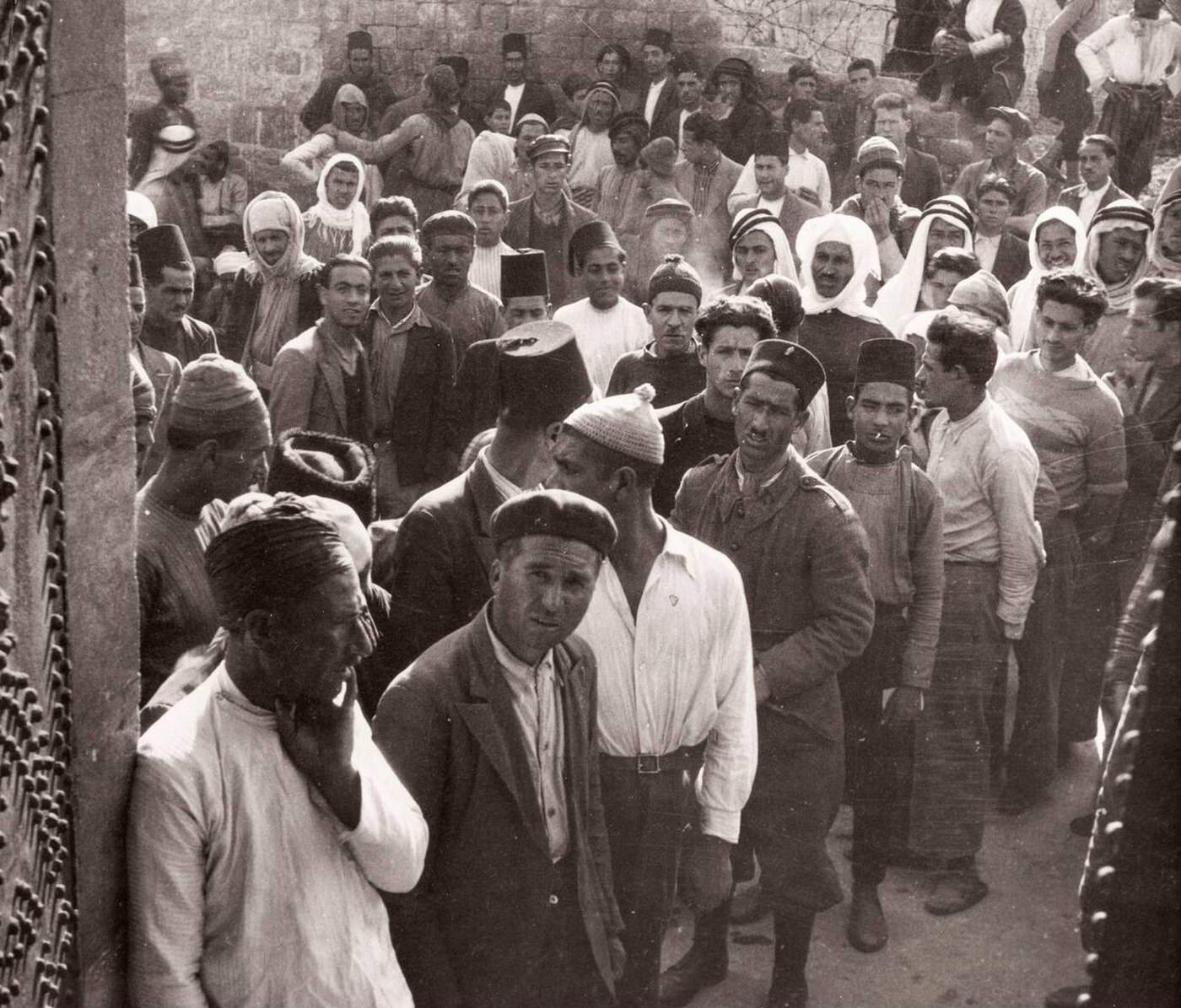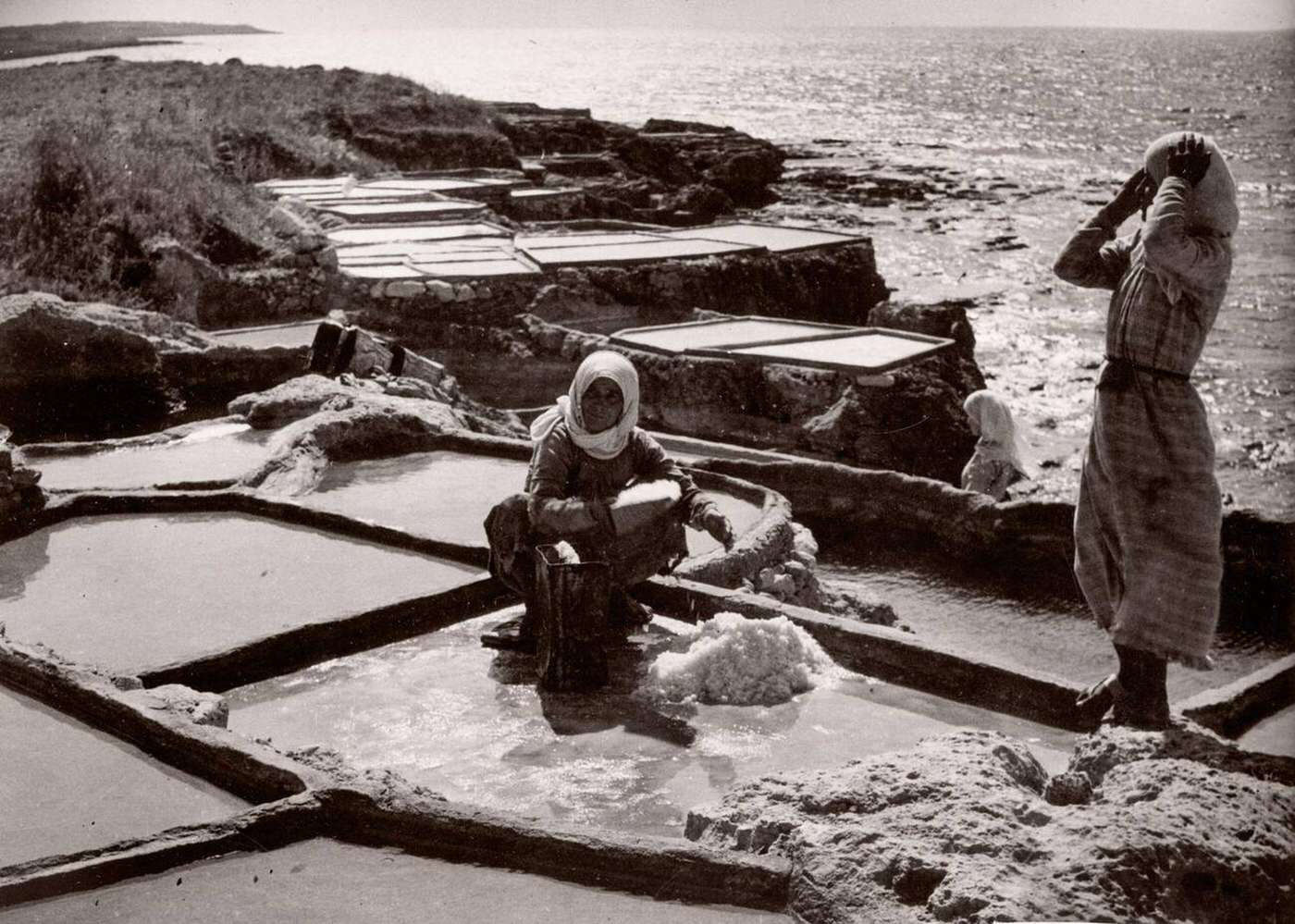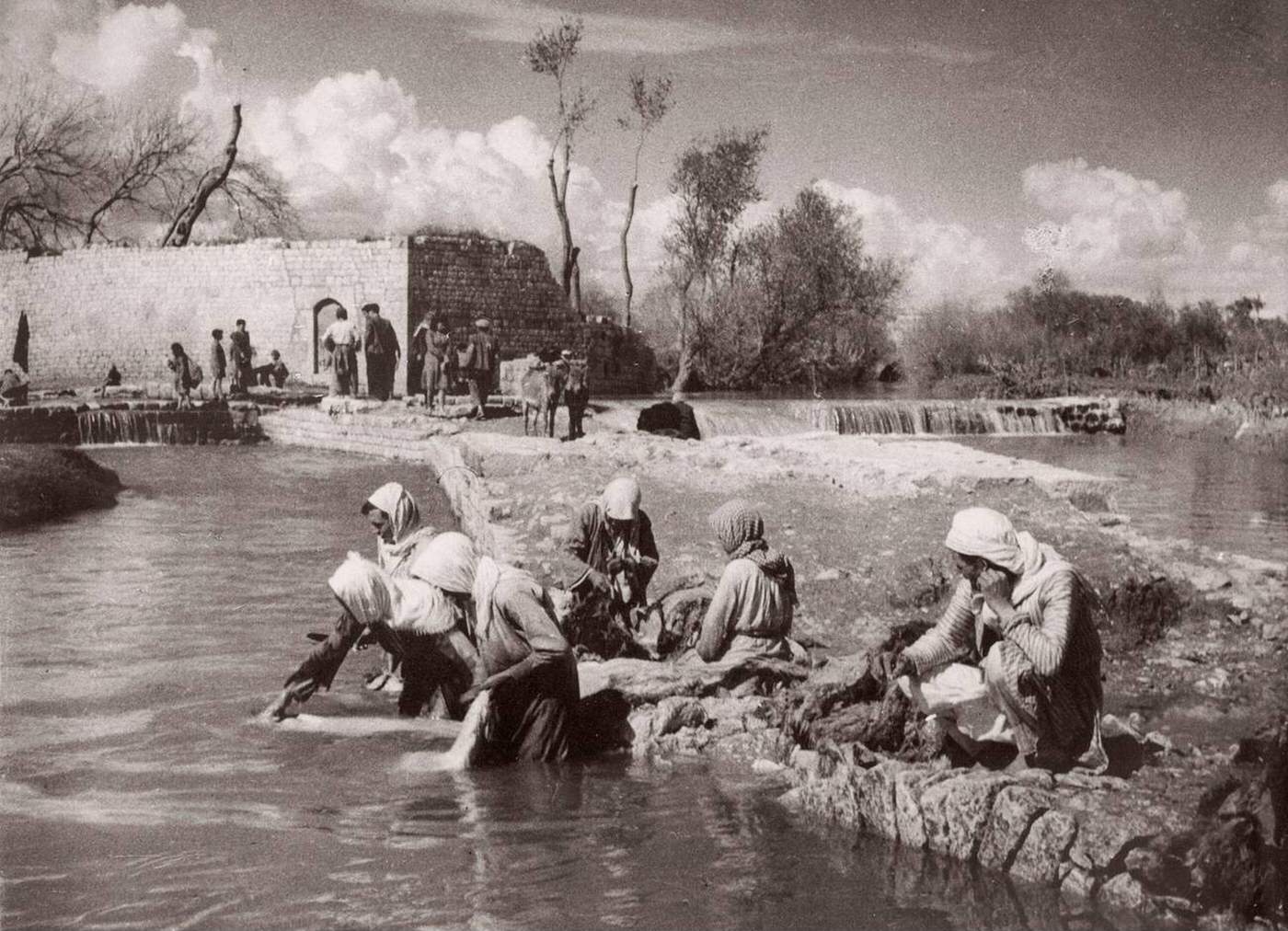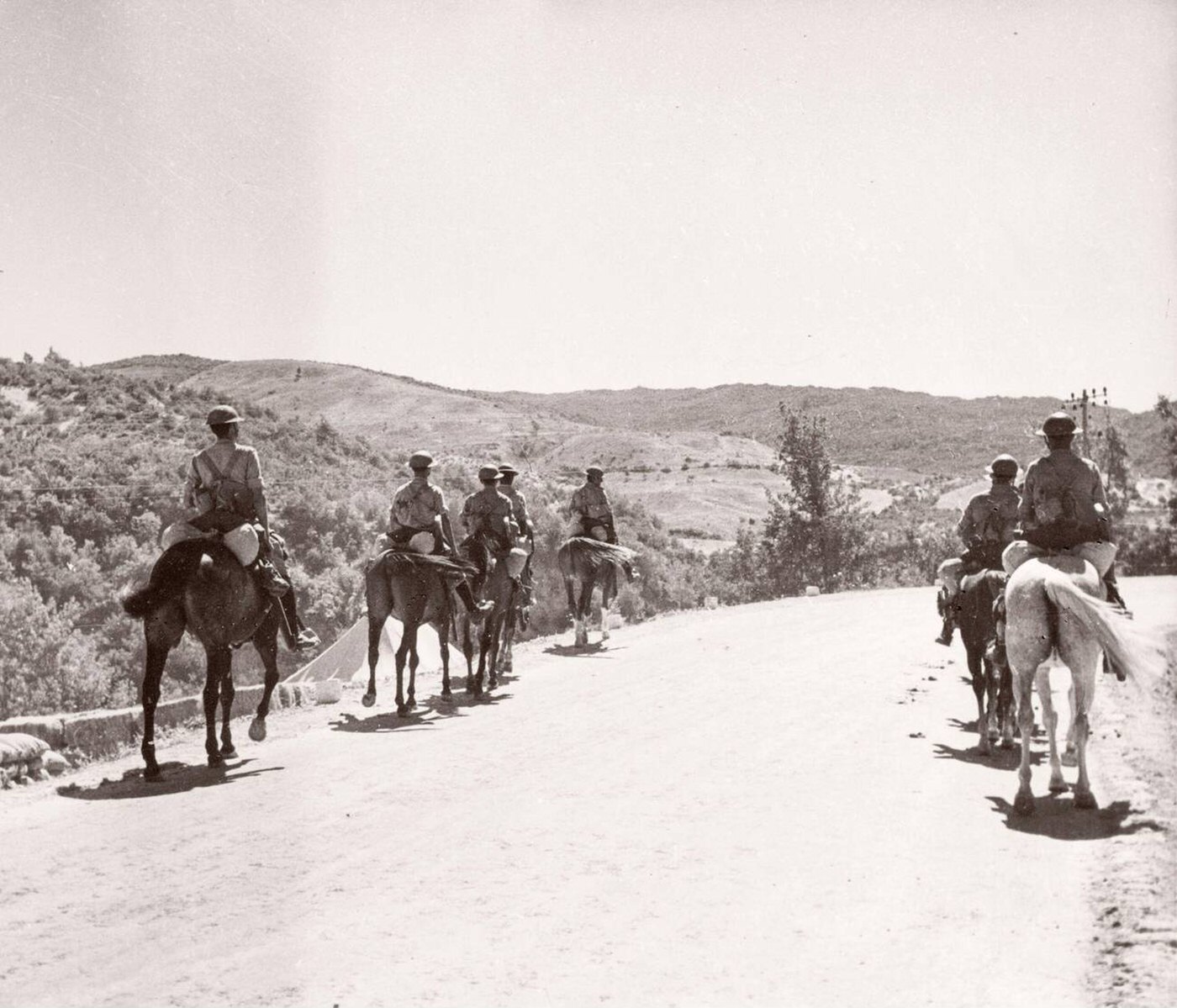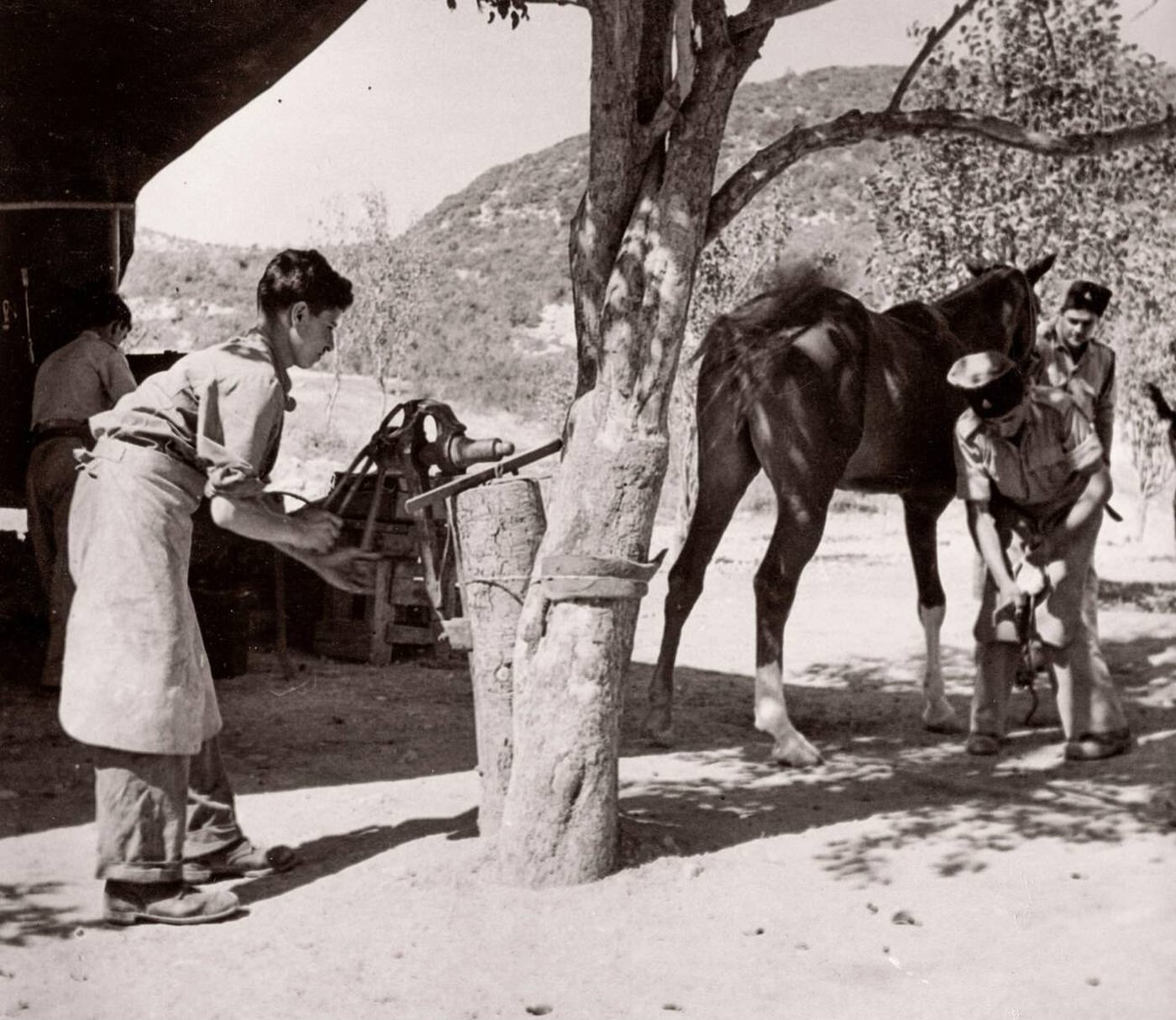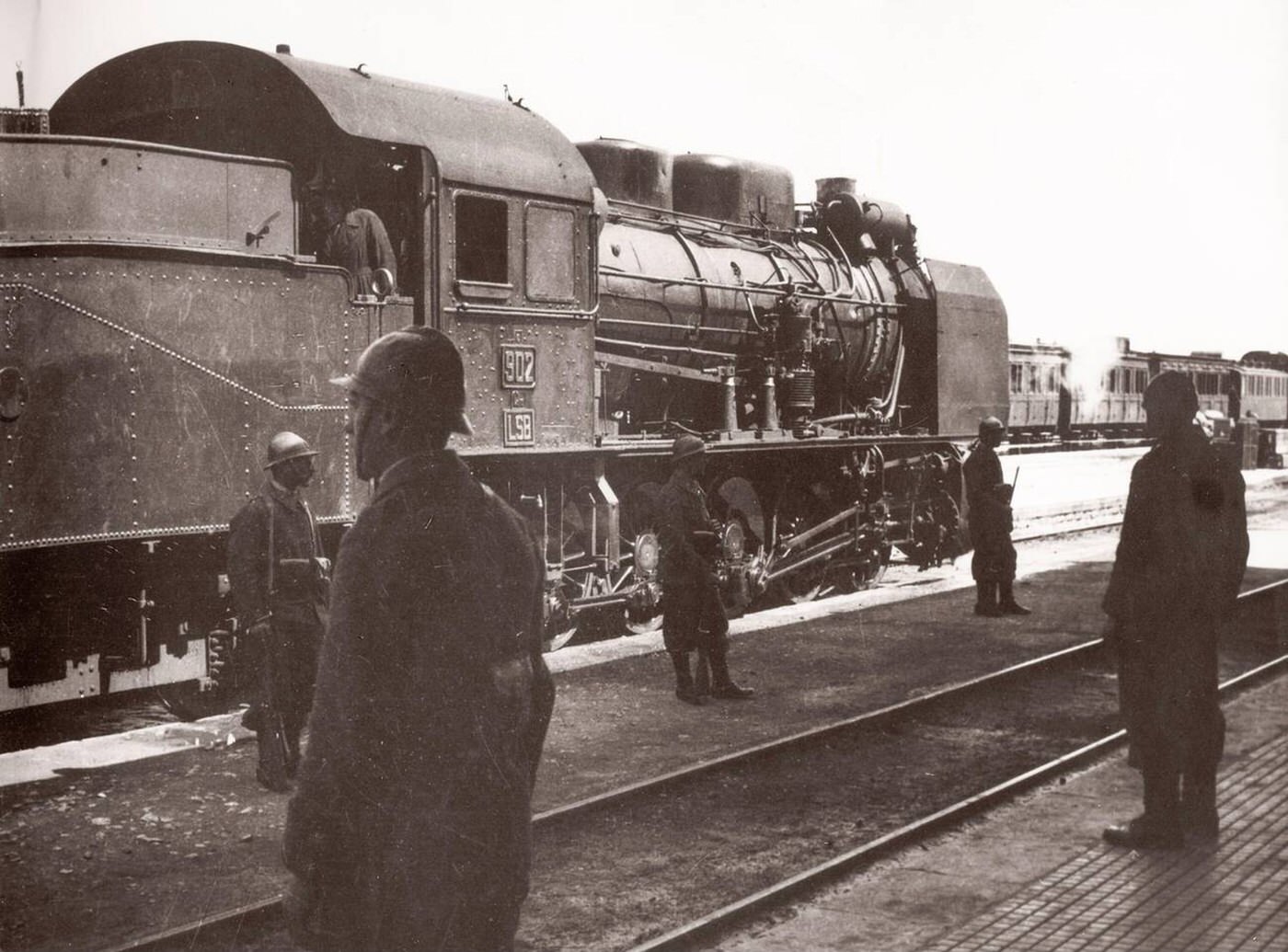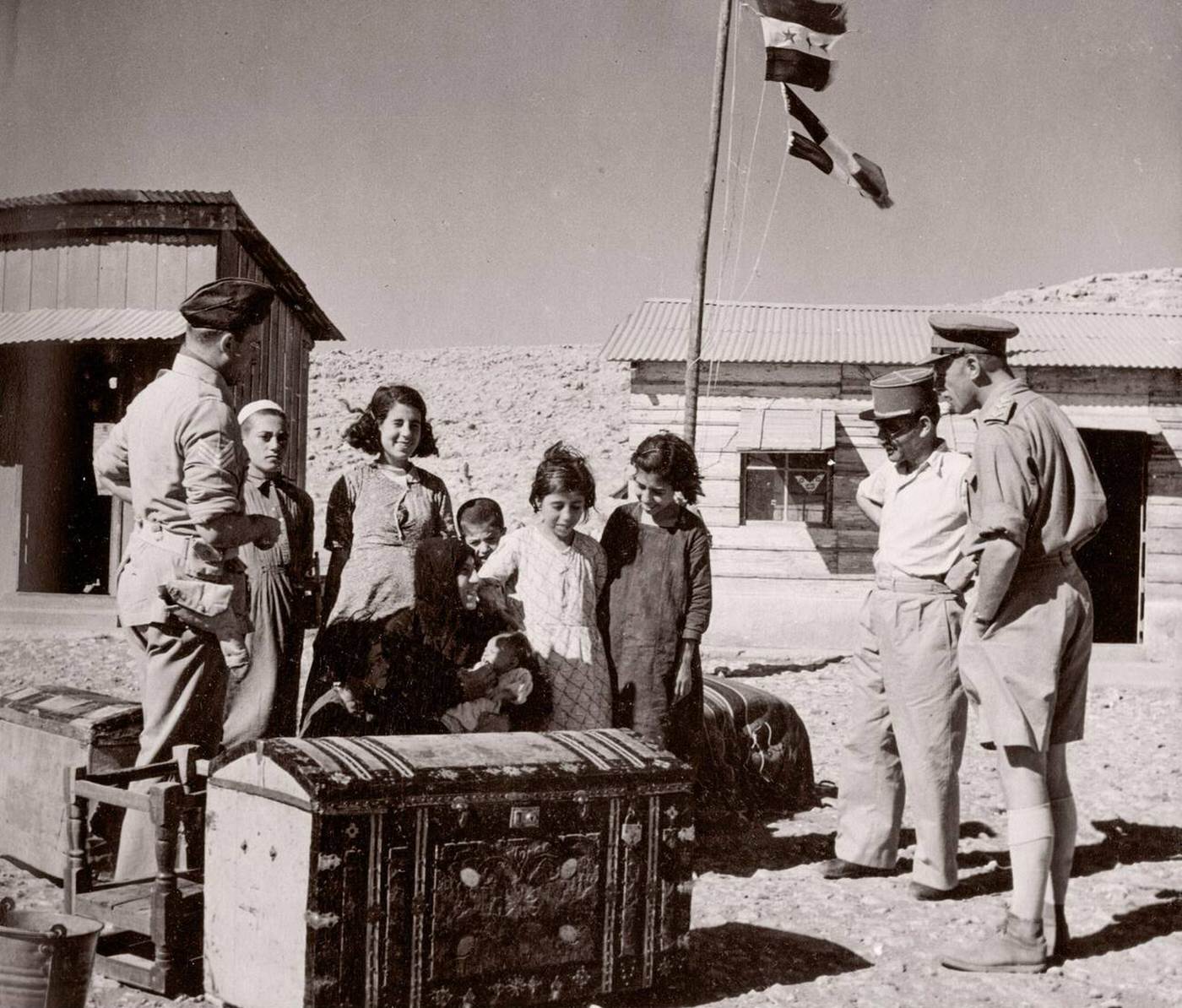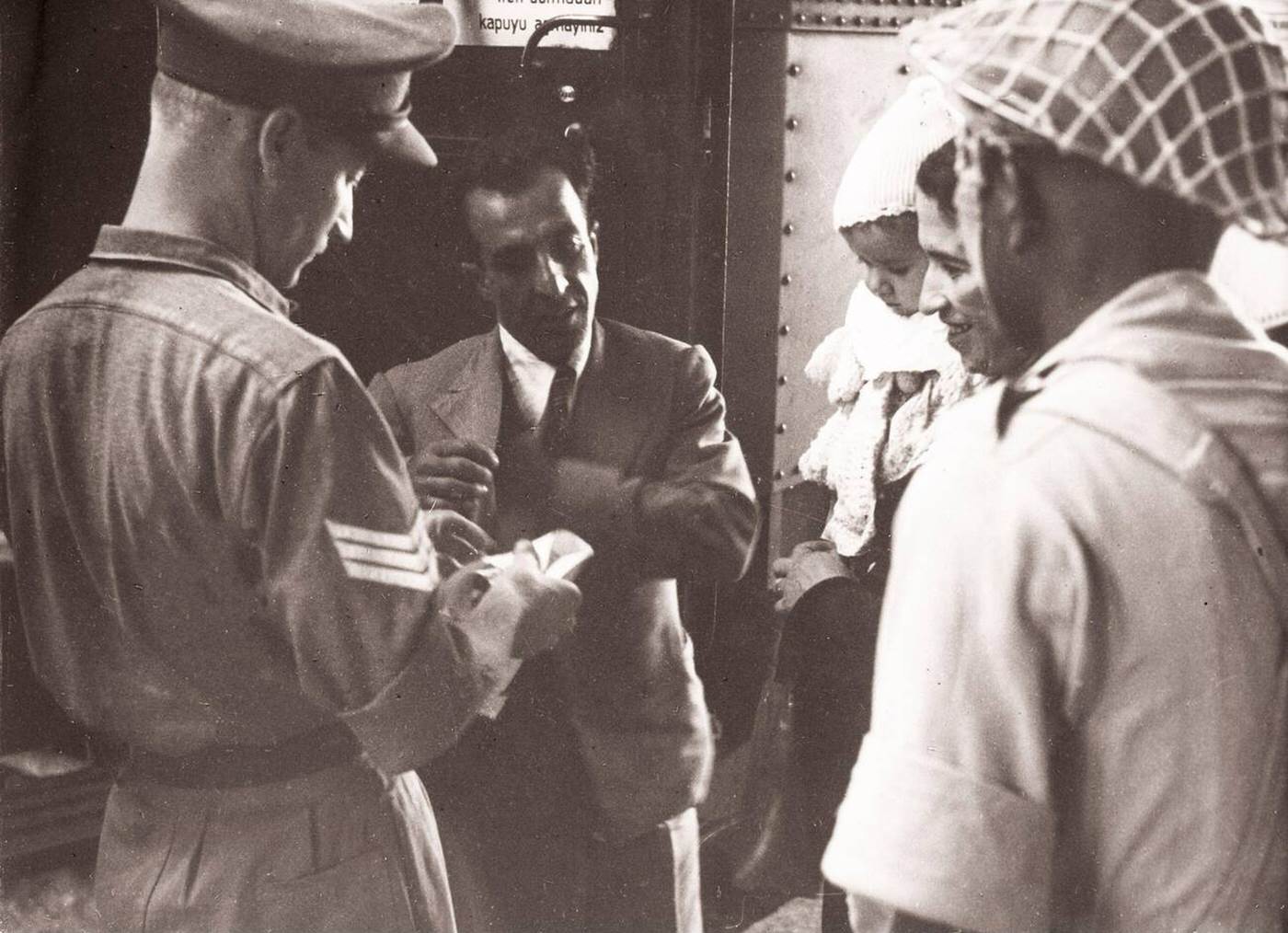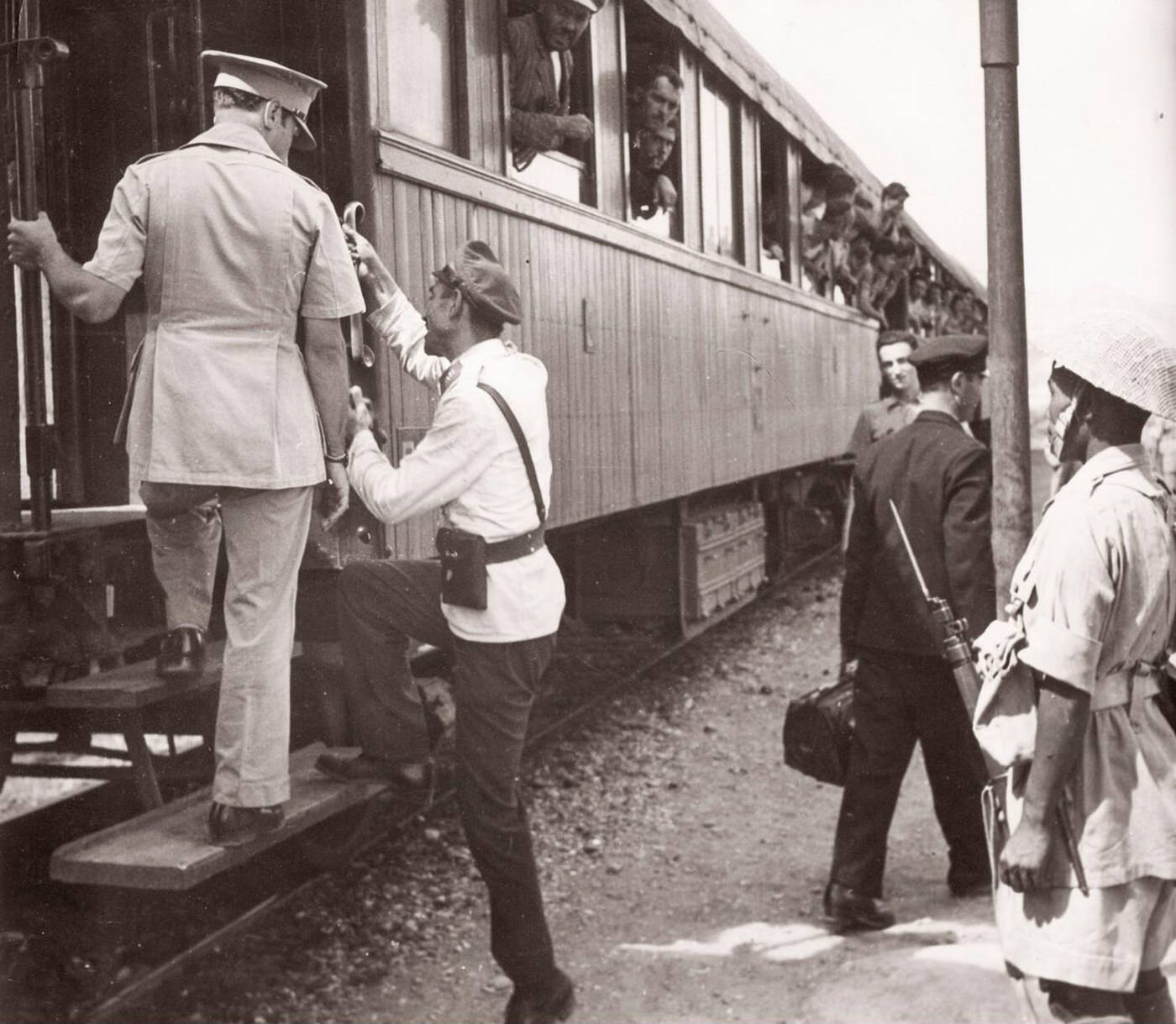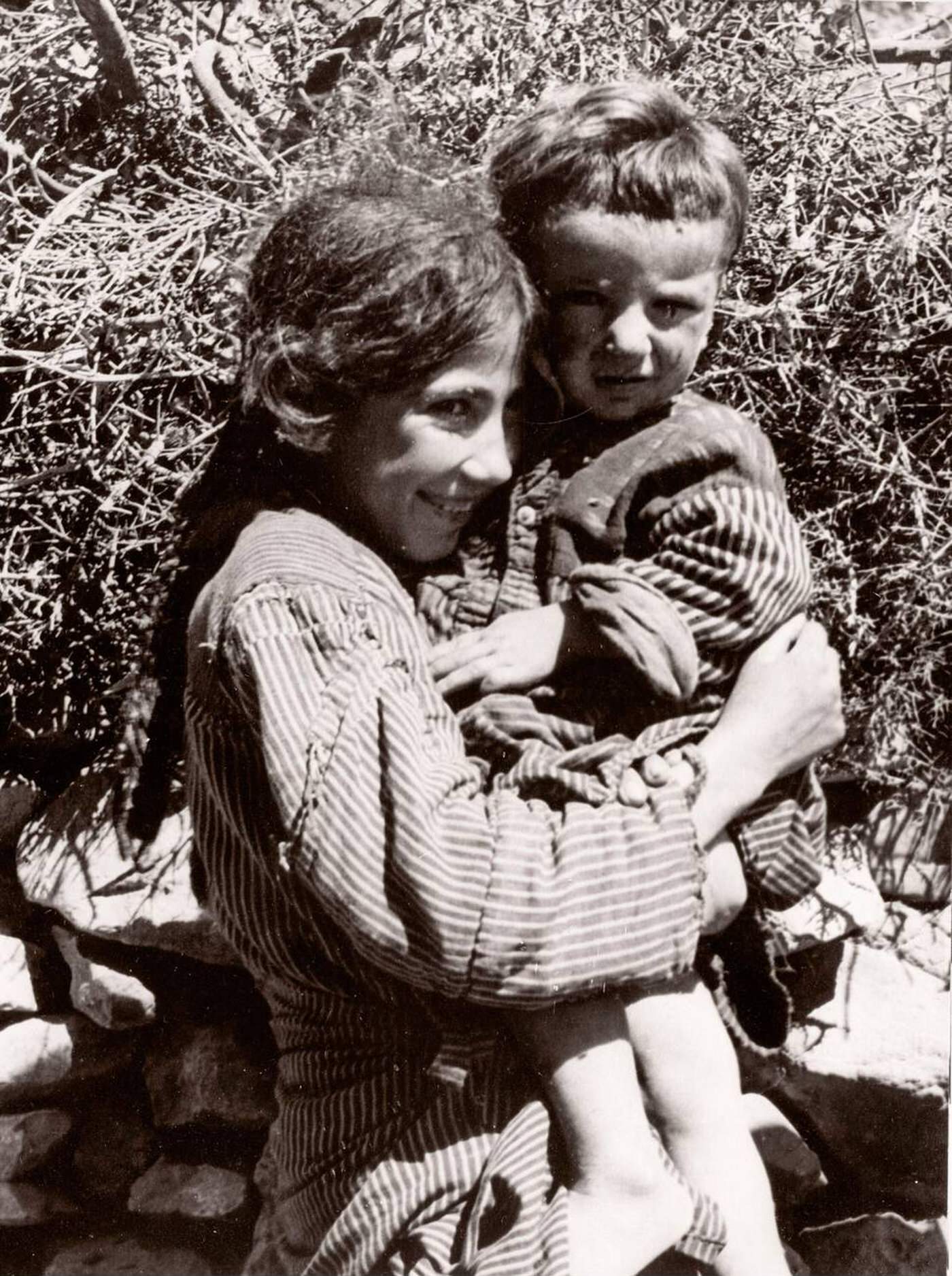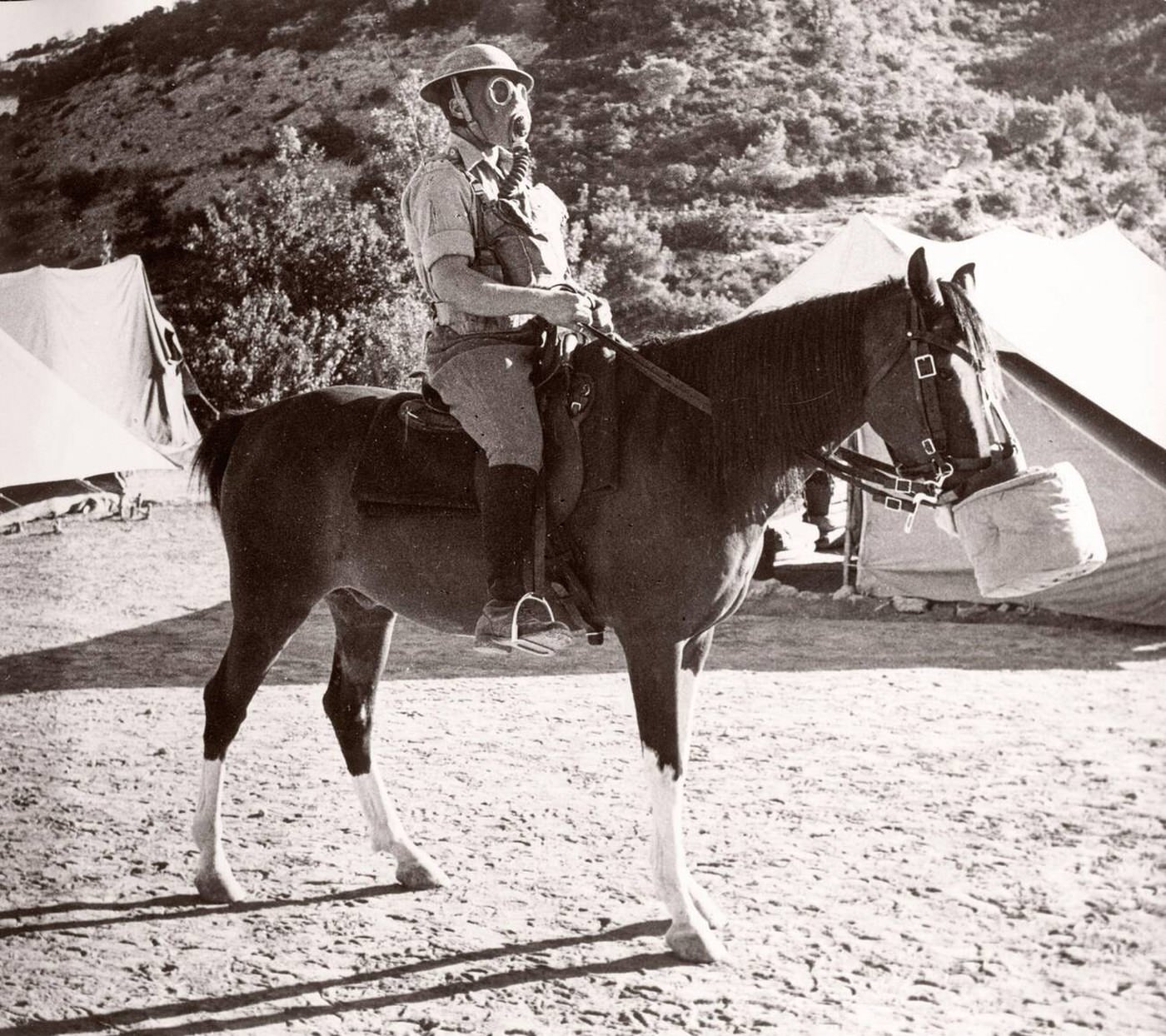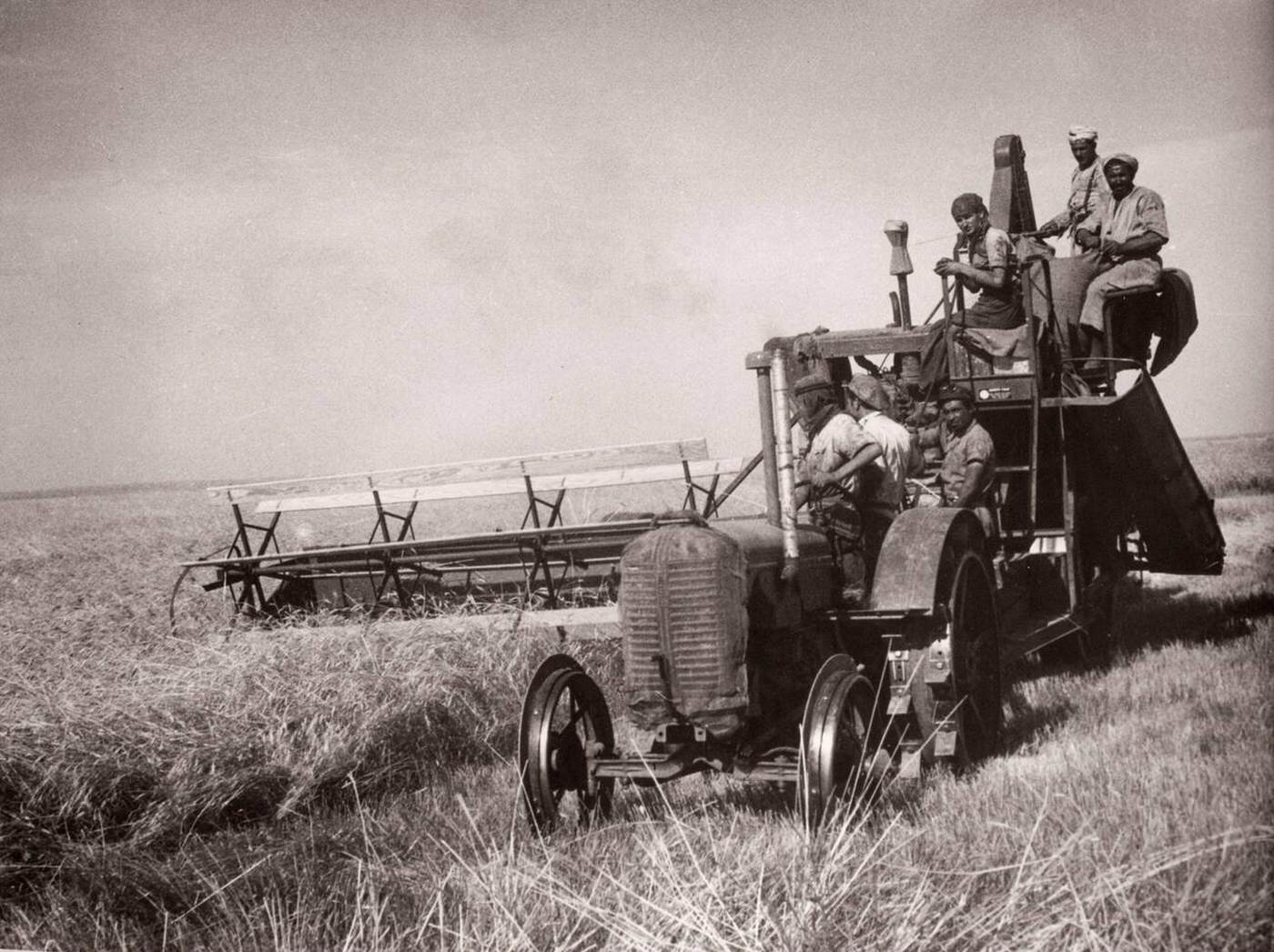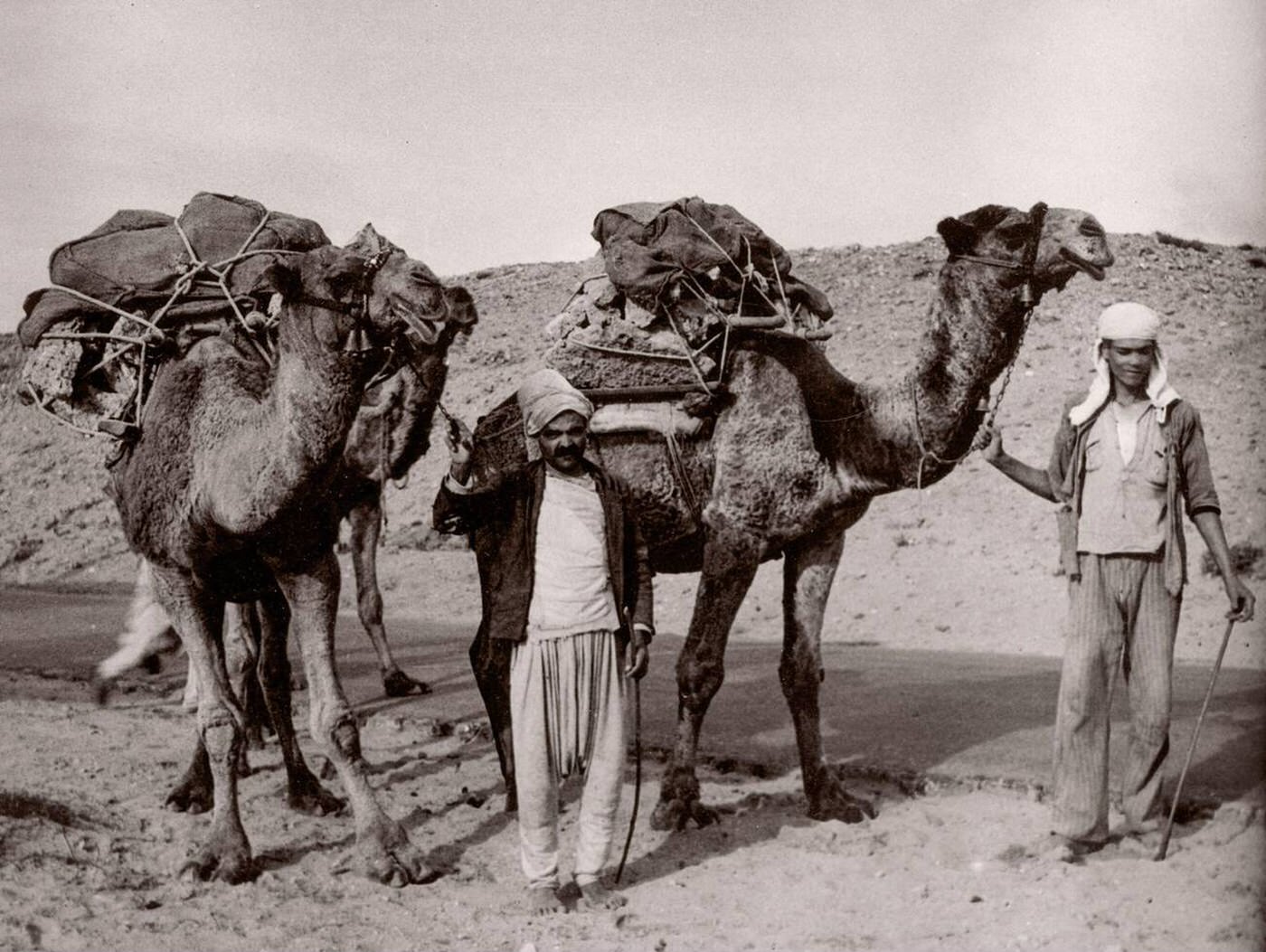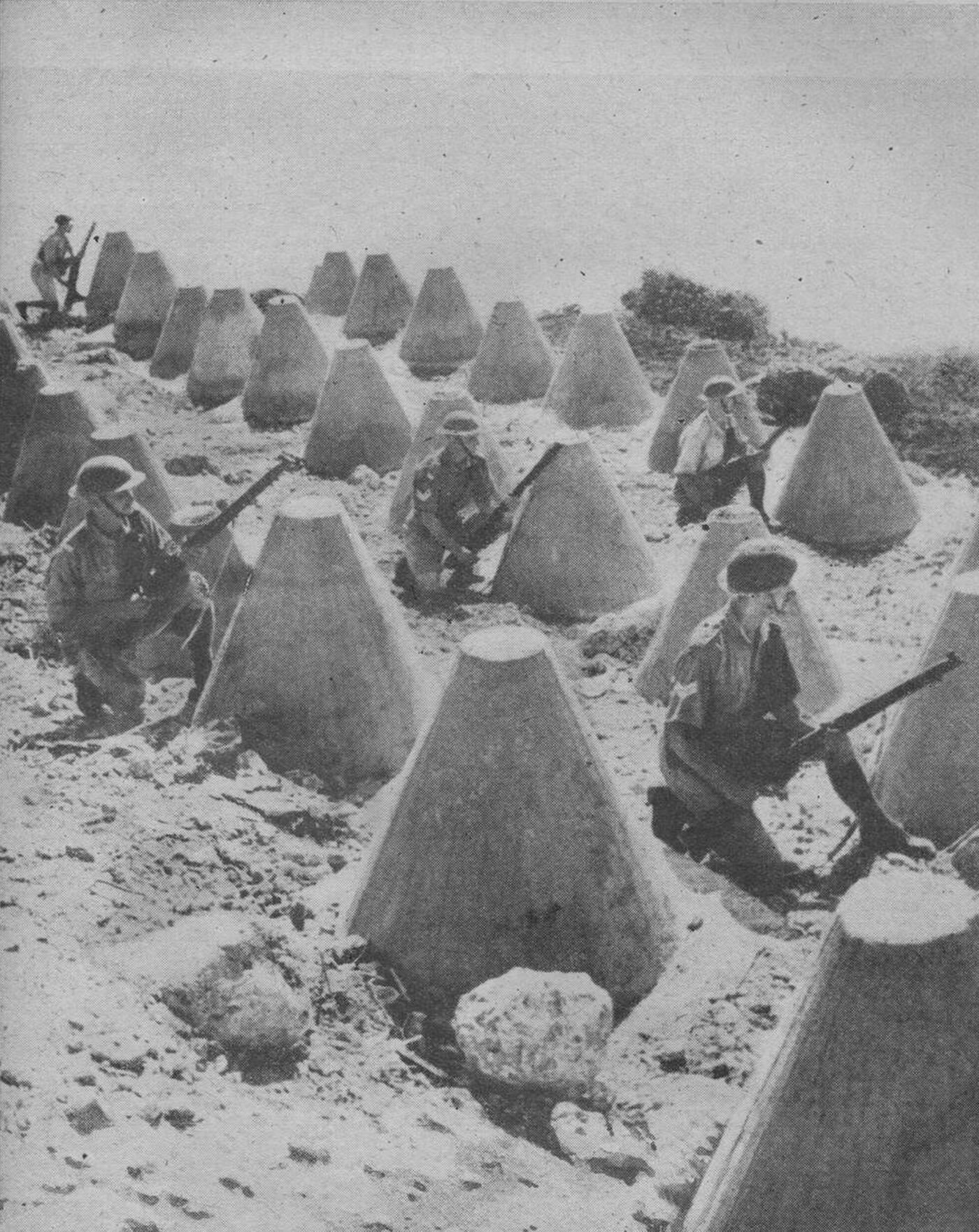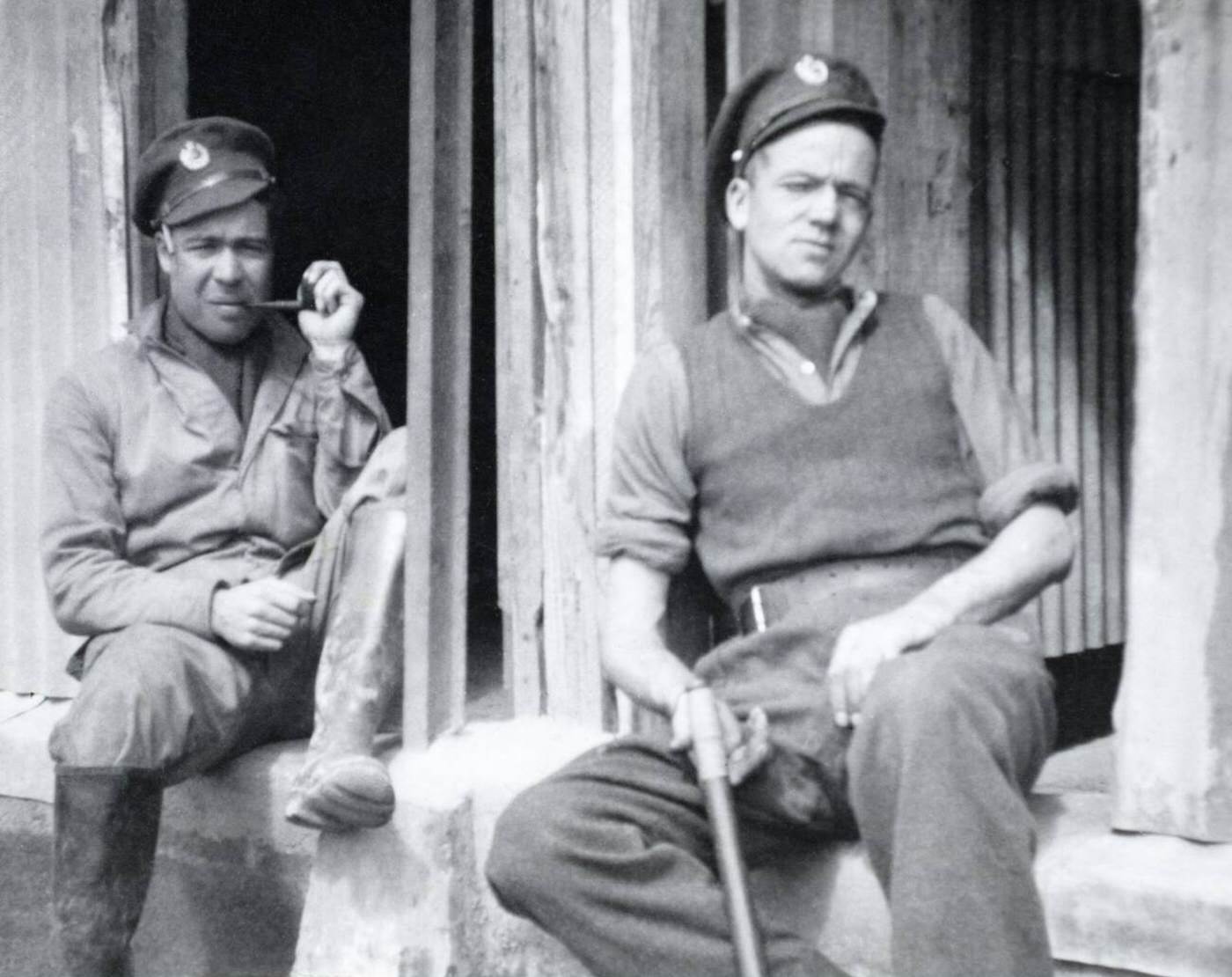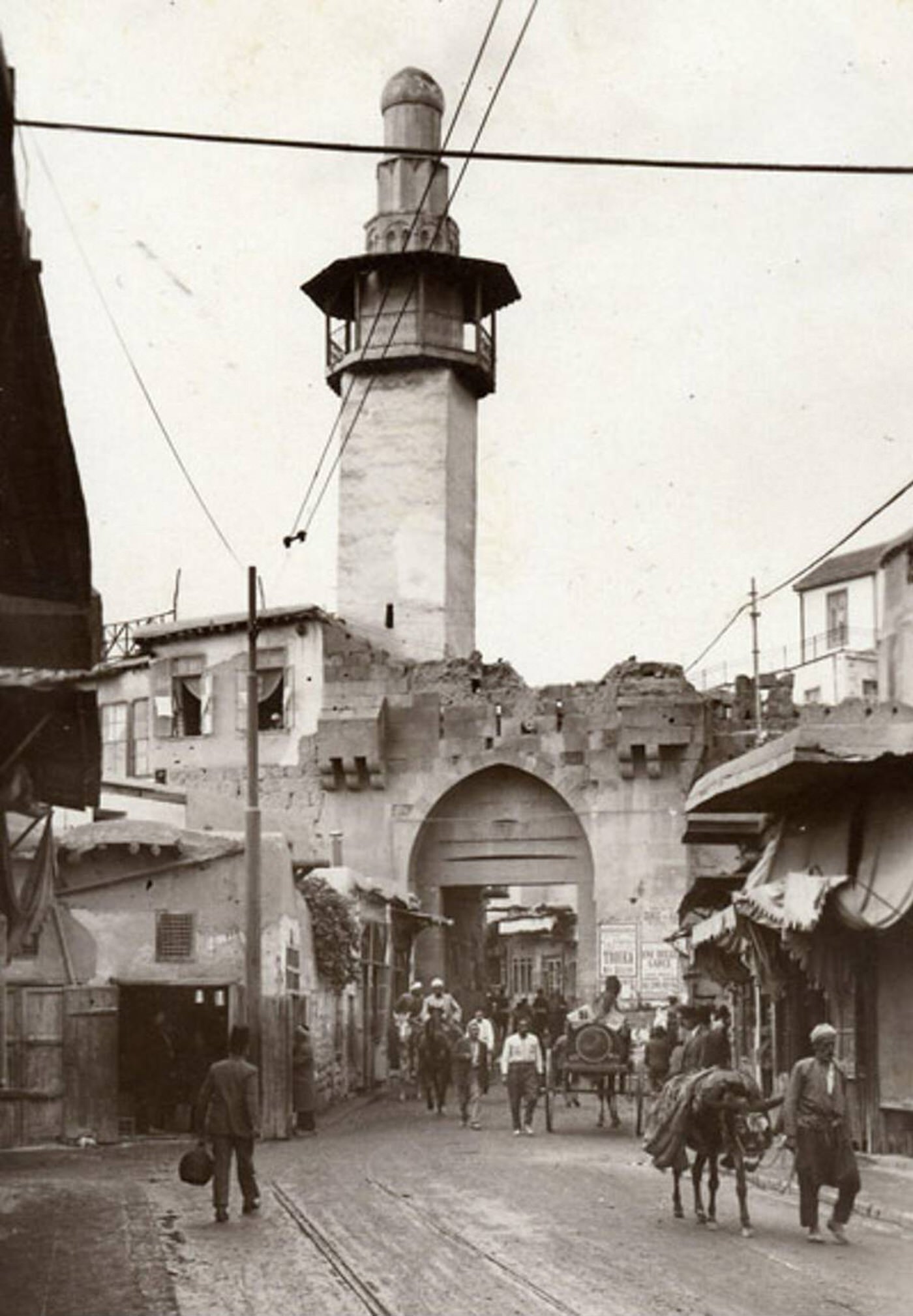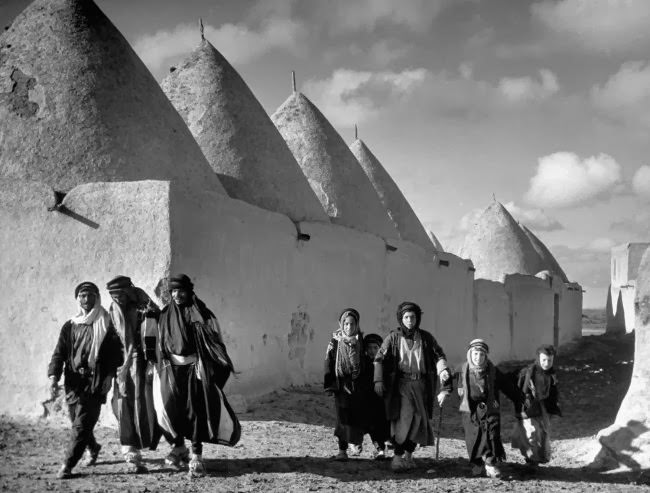The 1940s was a defining decade for Syria, marking its turbulent journey from a territory under foreign control to a fully independent nation. The country navigated the complexities of World War II, the final departure of French forces, and the challenges of establishing a new government, all while its society and cities continued to evolve.
The End of the French Mandate
At the beginning of the decade, Syria was under the control of the French Mandate, which had been in place since the end of World War I. During World War II, after France fell to Germany in 1940, control of Syria fell to Vichy France, a collaborationist regime. In 1941, British and Free French forces launched the Syria-Lebanon campaign to oust the Vichy forces. Following the Allied victory, the Free French government officially proclaimed Syria’s independence, but French troops remained stationed in the country, maintaining a significant degree of control.
Syrian nationalists continued to push for true sovereignty. In the 1943 national elections, the National Bloc, a coalition of nationalist parties, won a decisive victory. Shukri al-Quwatli, a prominent leader of the independence movement, was elected as the first president of Syria. Despite these steps toward self-rule, France was reluctant to hand over full authority, especially control over the military and security forces.
Read more
Achieving Full Independence
The tension between the Syrian government and the French authorities came to a head in May 1945. As France continued to delay the transfer of power, nationalist demonstrations erupted across the country. In response, French forces shelled Damascus for 36 hours, resulting in hundreds of Syrian casualties and the destruction of the Syrian parliament building. The international outcry, led by Britain’s Winston Churchill, forced France to cease hostilities. Following this crisis, prolonged negotiations led to an agreement for the complete withdrawal of all foreign troops. On April 17, 1946, the last French soldiers left Syria, a date that is still celebrated as Syria’s Independence Day.
Life in a New Nation
With independence secured, Syrian society in cities like Damascus and Aleppo continued to blend tradition with modernity. The urban landscape was a mix of ancient souks, mosques, and citadels alongside buildings constructed during the Mandate period. The economy was largely agrarian, with wheat, cotton, and olives being major products. Land ownership was concentrated in the hands of a small elite, while the majority of the rural population worked as tenant farmers.
In the cities, a merchant class and a growing body of educated professionals, including lawyers, doctors, and civil servants, shaped urban life. The political scene in the newly independent republic was energetic and filled with competing ideologies. Newspapers flourished, and coffeehouses in Damascus became centers for passionate political debate among citizens.
Instability and a New Conflict
The final years of the decade were marked by growing instability. In 1948, Syria joined other Arab nations in the Arab-Israeli War. The Syrian army’s performance in the conflict was poor, and the defeat had significant political consequences back home. It discredited the civilian government led by President al-Quwatli and fueled public anger and frustration.
The army blamed the politicians for the defeat, accusing them of corruption and incompetence. This widespread discontent created a fertile ground for military intervention. In March 1949, Colonel Husni al-Za’im, the army’s chief of staff, led a bloodless military coup, overthrowing the democratically elected government. This event marked the first military coup in Syria’s modern history and ushered in a long period of political instability that would see multiple changes in leadership before the decade’s end.


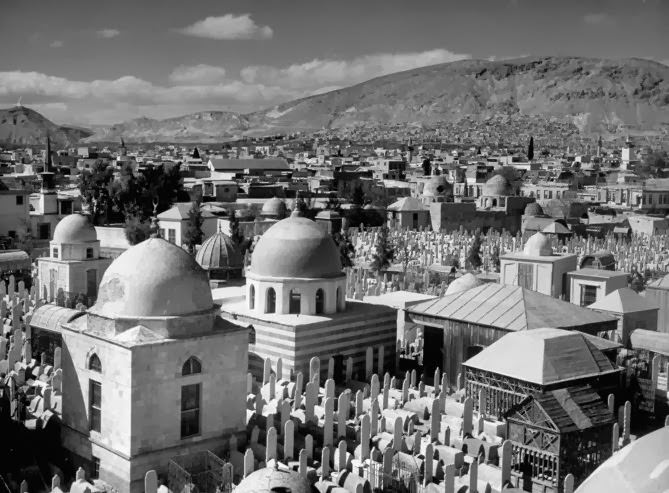
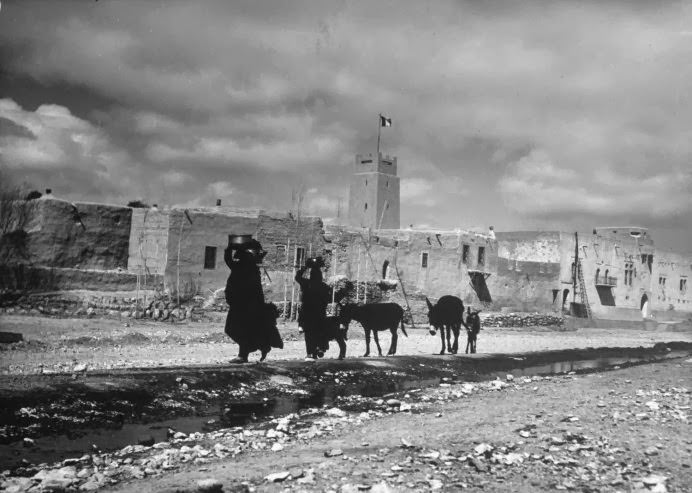
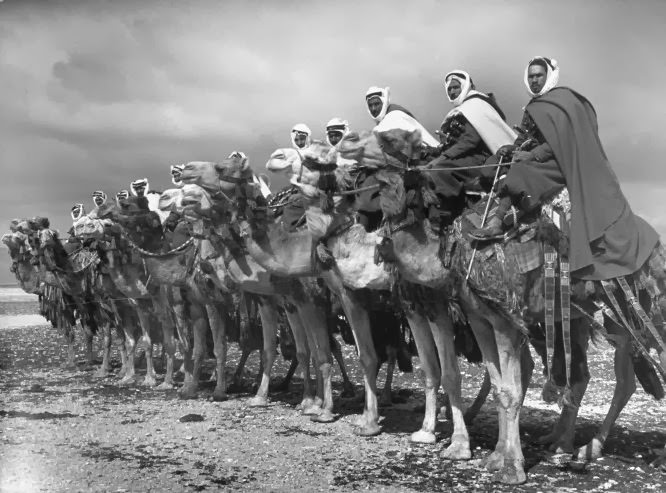
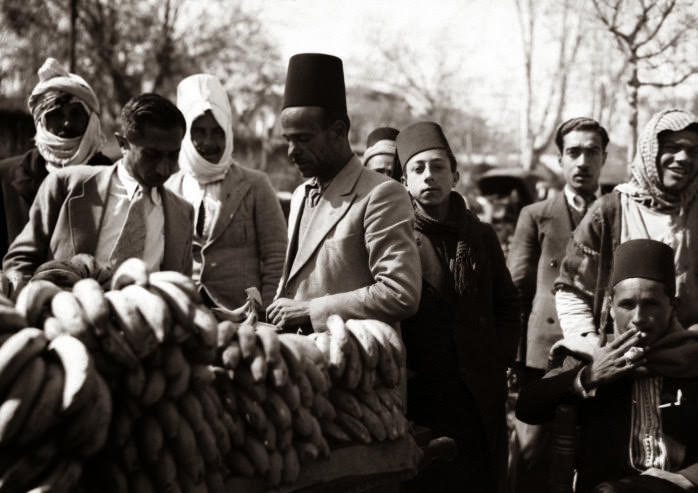
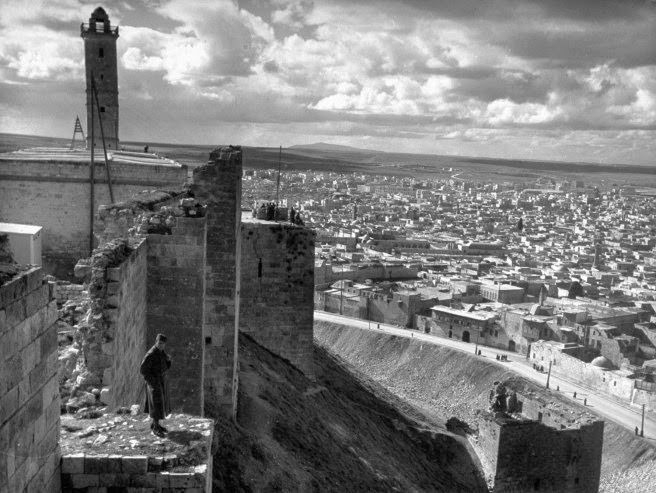
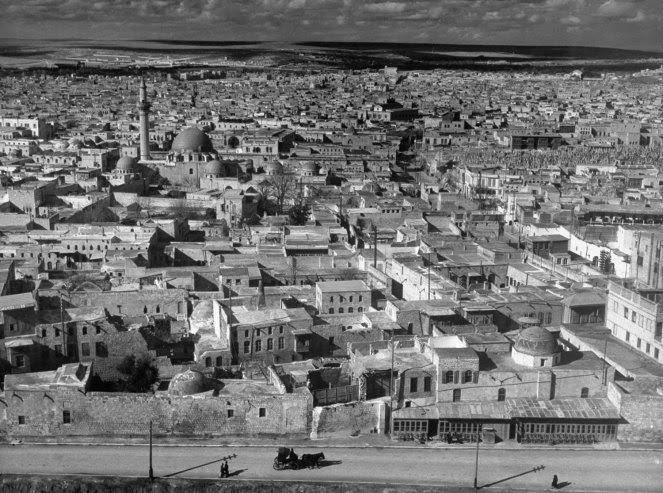
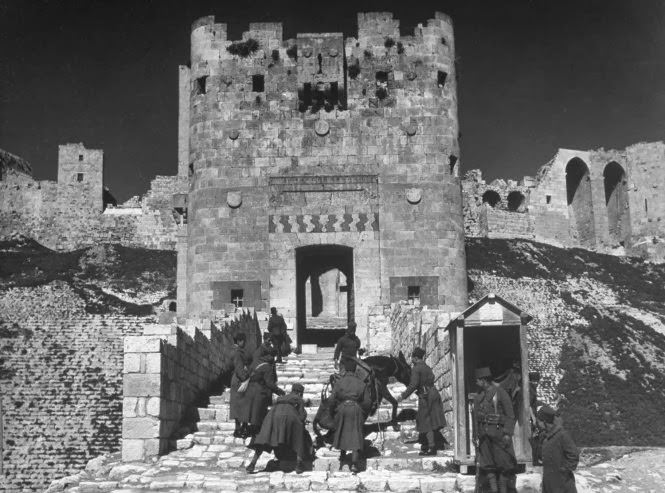
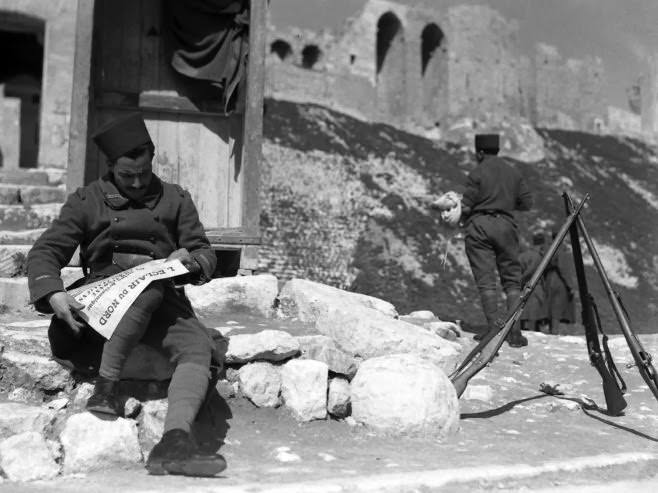
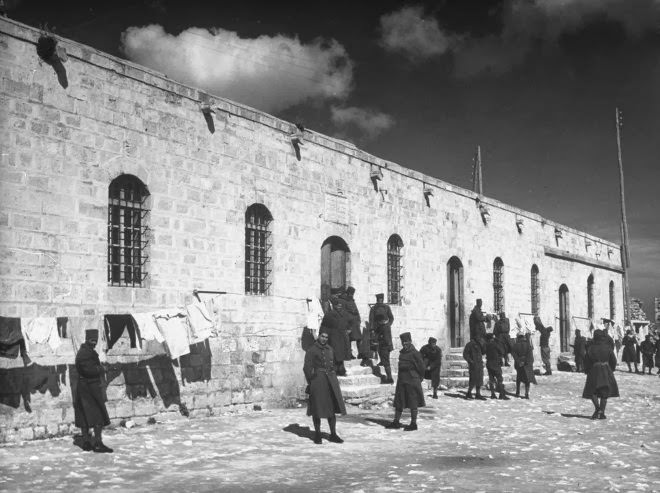
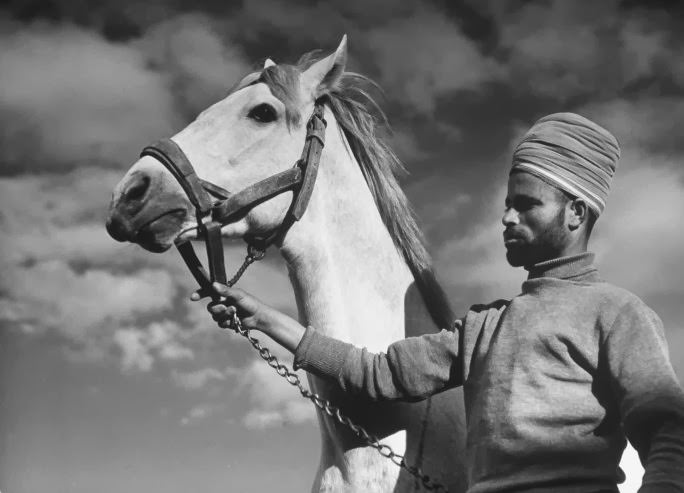
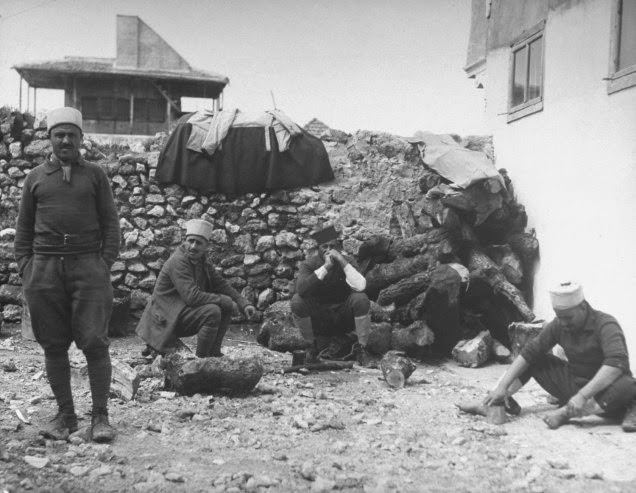
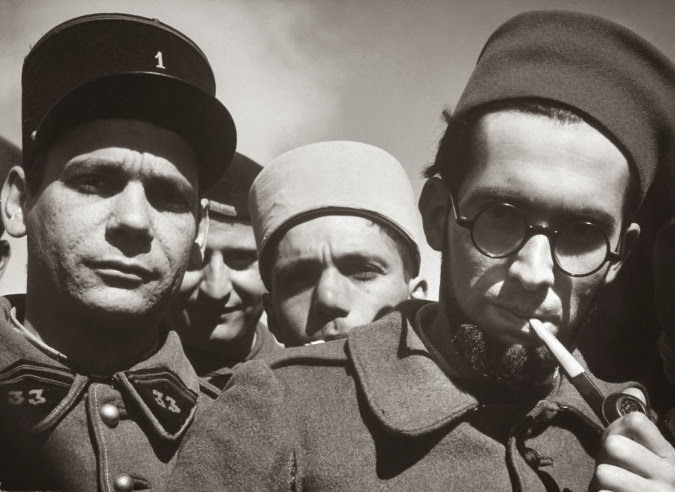
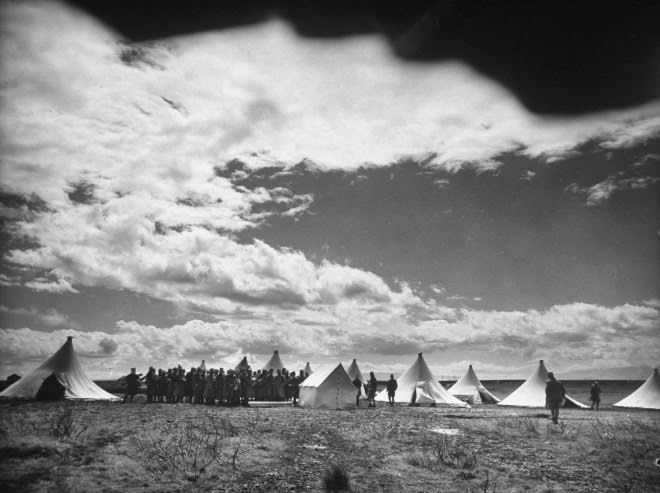
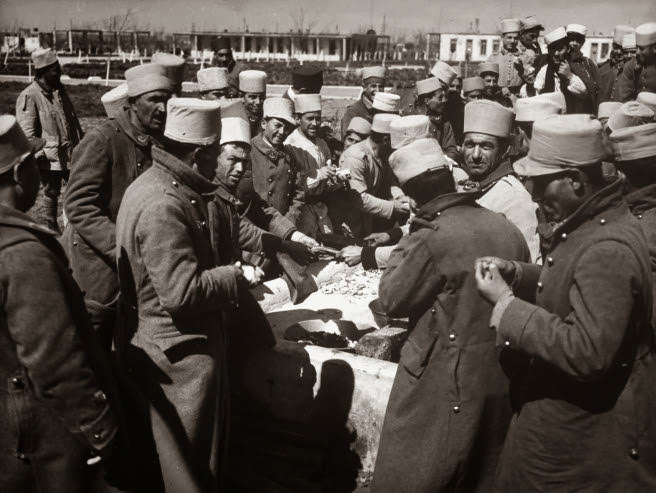
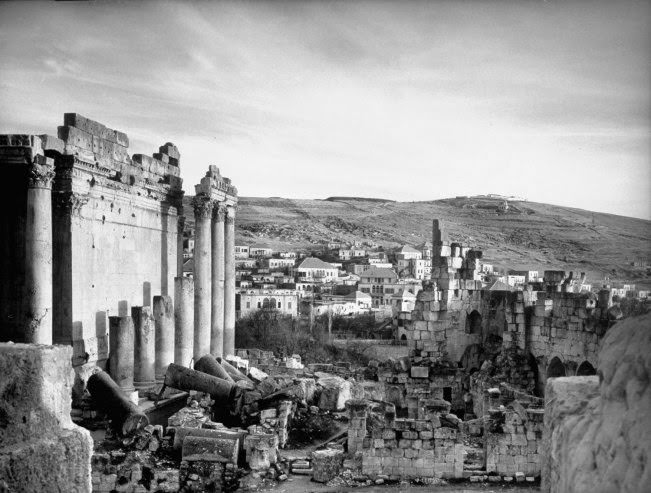
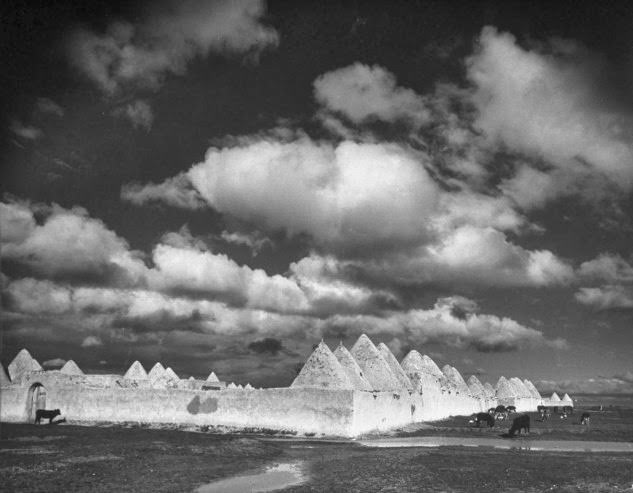
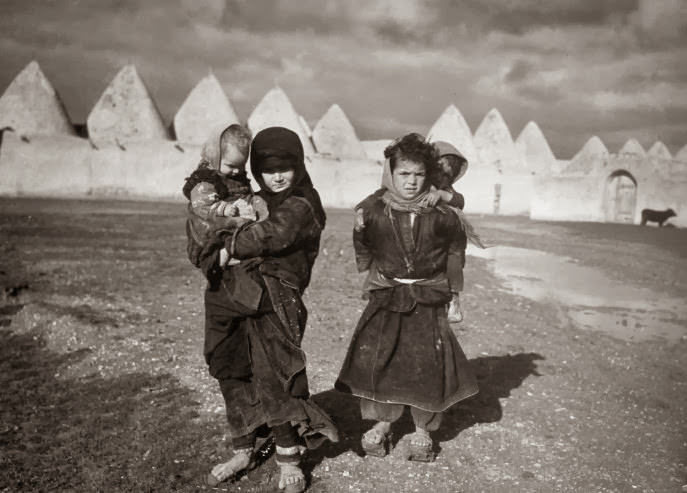

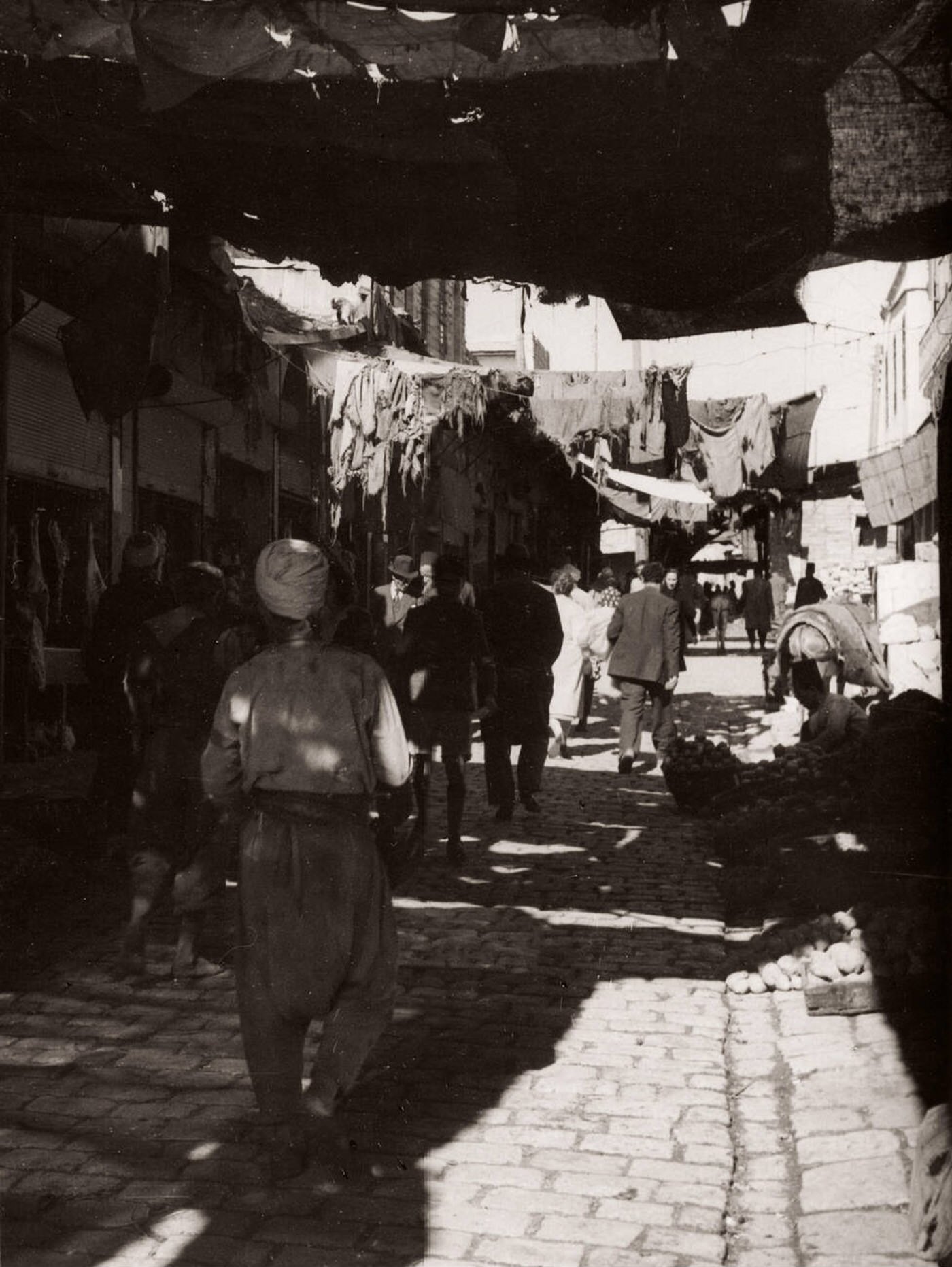
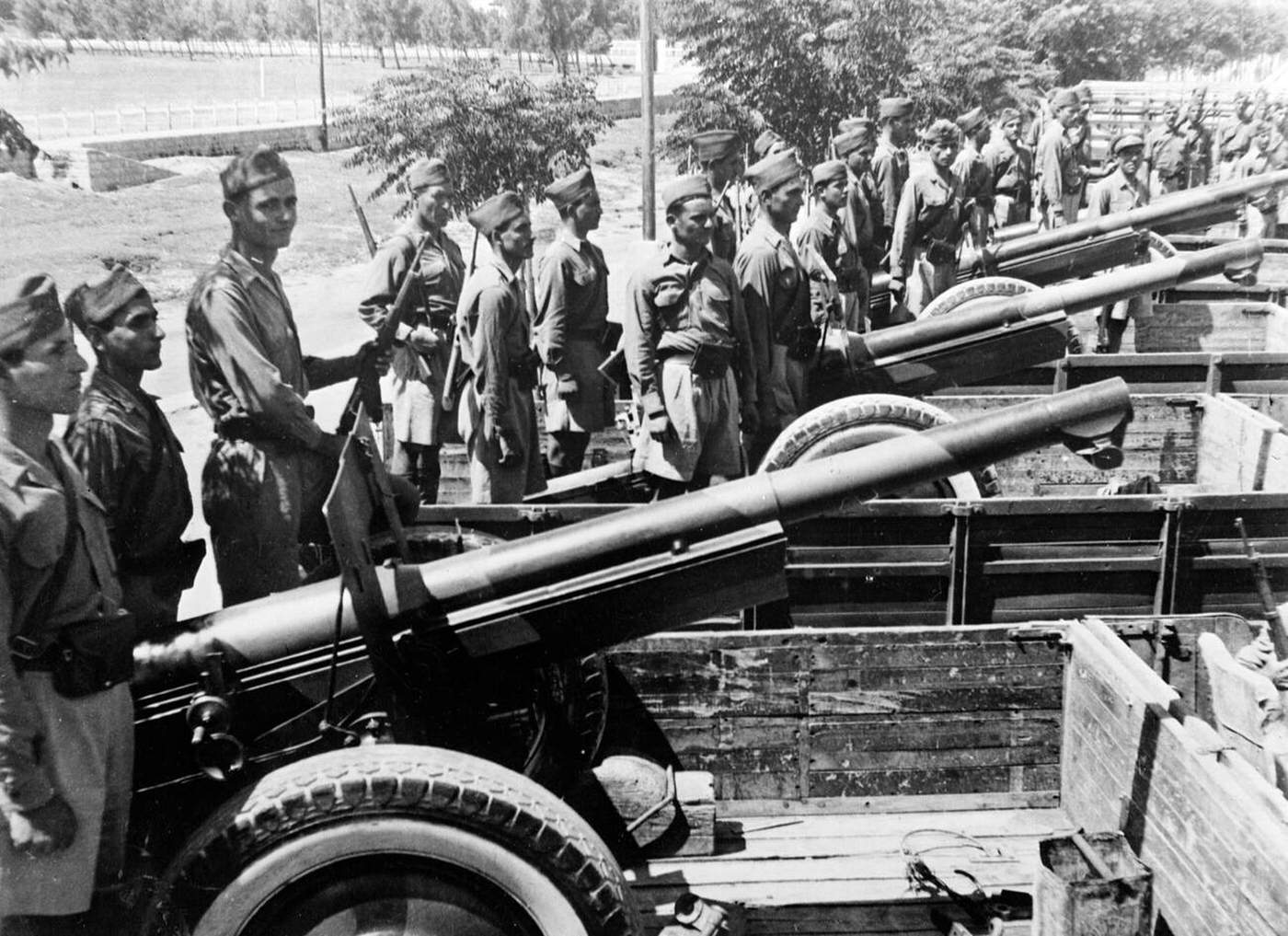
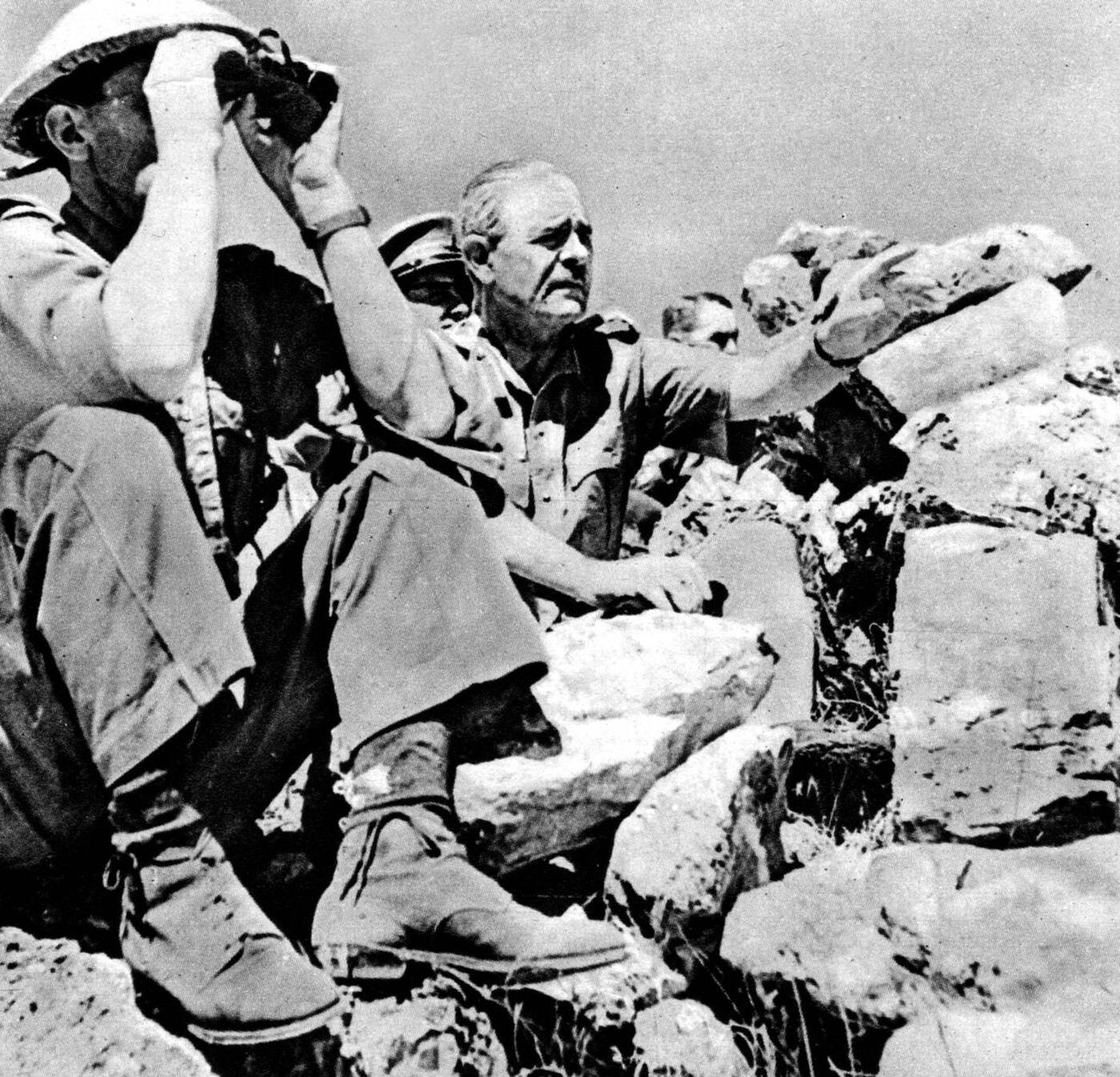
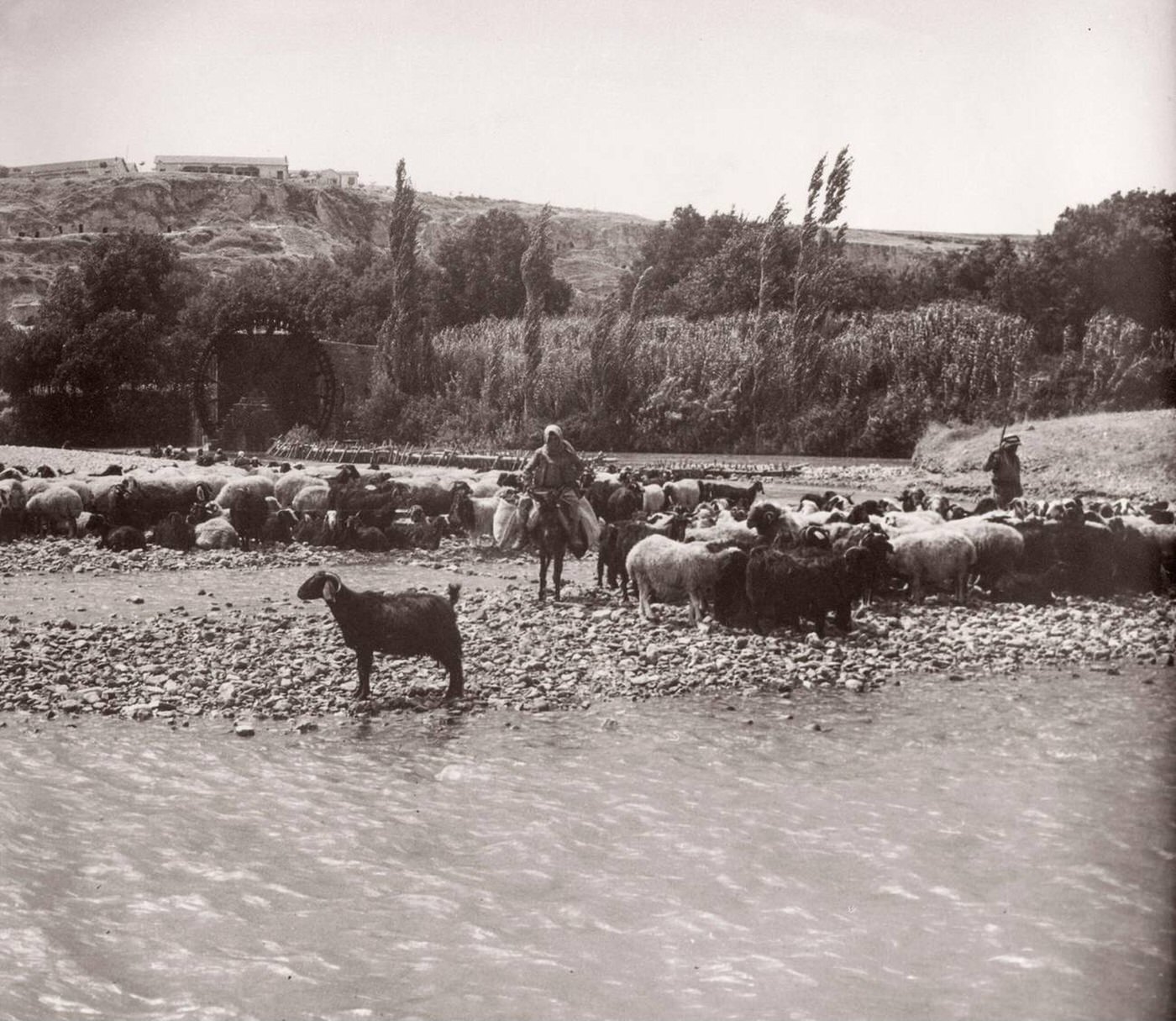
![[Factually Corrected] Tweedie Roosevelt, wearing the national head-dress of Syria, waits to board the "Caronia" to sail for Long Island, New York, 1949.](https://www.bygonely.com/wp-content/uploads/2025/06/Syria_1940s_25.jpg)
